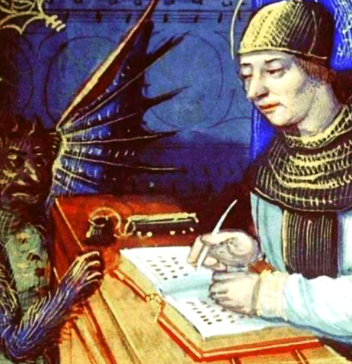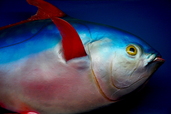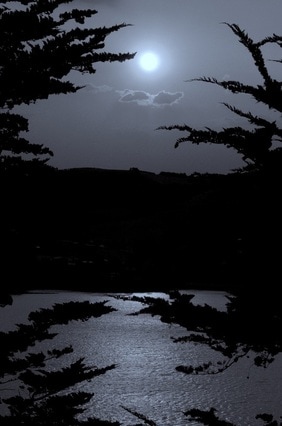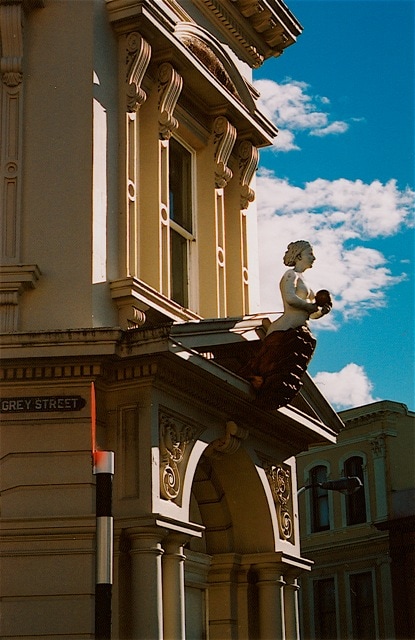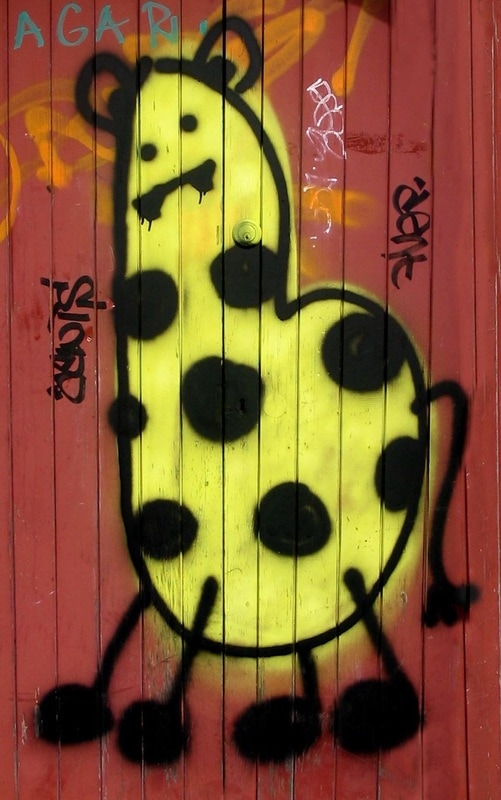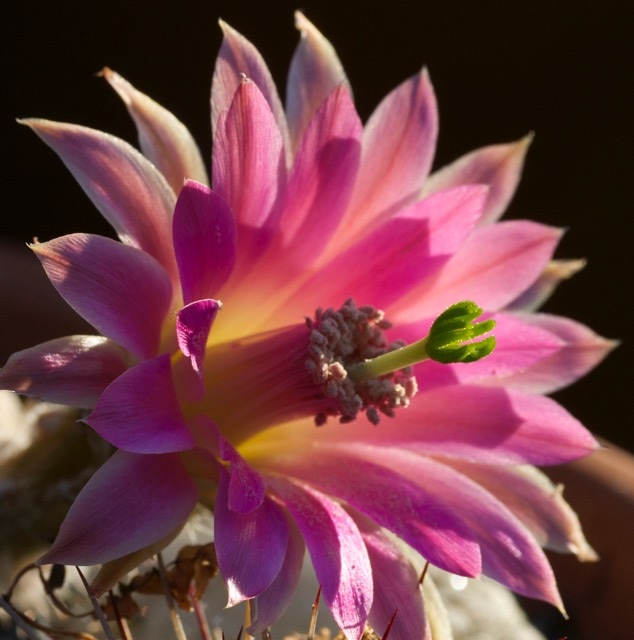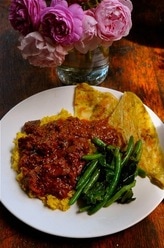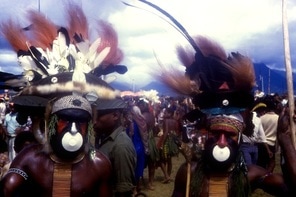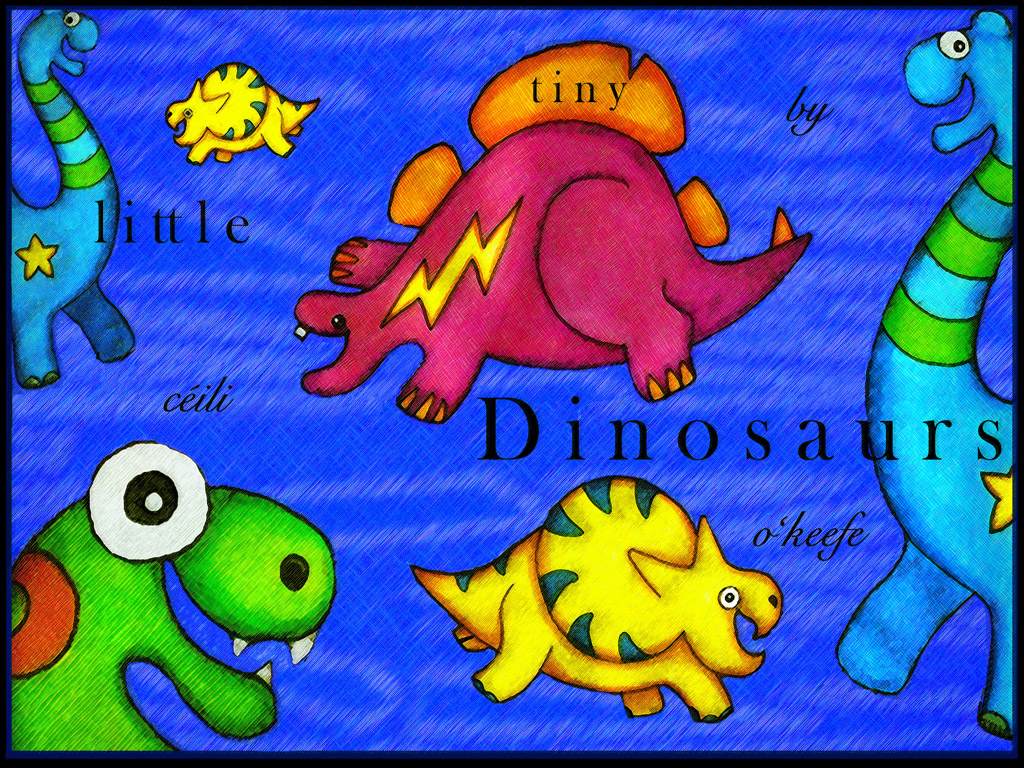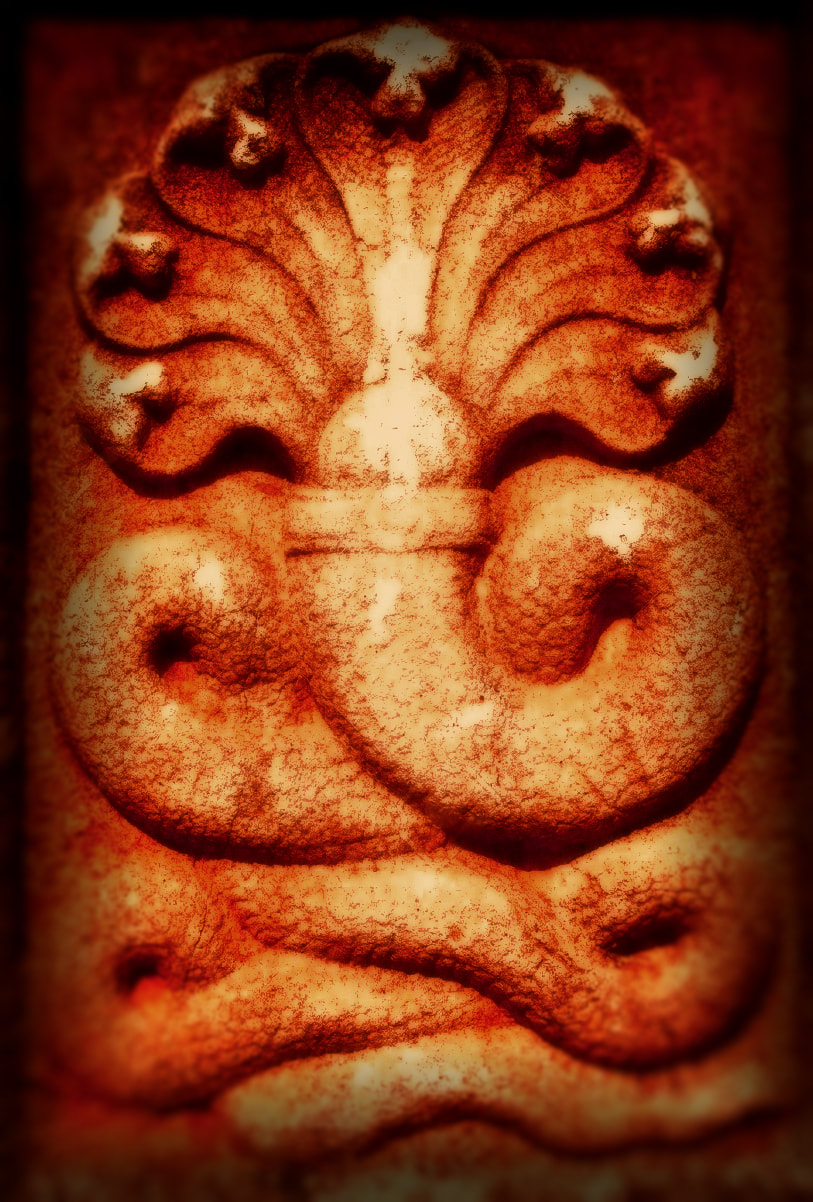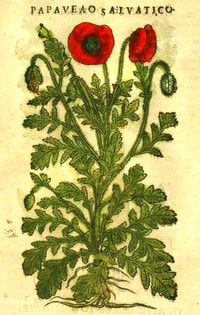|
The weather moved me yesterday. It was misty in that patchy, anomalous way that means you can't see shit one moment while it's clear as a bell 10 m down the road. Always look behind you into the sun during mist. These are a wee bit noisy but the camera was ancient and tiny, so whatever. I didn't throw on any FX filters, just black and whited them. This is pretty much how it looked. The sun was pushing through the watery suspension and lensing into the void over the bay in the form of a cold white rainbow- the opposite of darkness yet somehow vacant of all the properties you expect of light. I had never seen this before.
If, like me, you suffer the highly refined and tremendously dignified problem of giant head/big hair syndrome, you know hats that fit and stay are a precious resource. This bitch is heavy enough to remain seated in coastal wind and keeps the drips from one's eyes. It is more than stiff enough to hold its shape but you could set/felt it up a bit with hot water, probably. I've gone on to make a scarfy cravat thing for R using the same technique and you could do a really nice dog vest or coat out of it. You may not be impressed, but I am. The Dunedin City Council, in its infinite, unquestionable wisdom, ripped the roof from this historic industrial shed in a bullshit asbestos panic and presumably hopes it will disintegrate before they have to make a decision about preserving it. Which fucking sucks, since this is one of, if not the last remaining vintage industrial building in the area, and definitely the last one of any aesthetic merit. Get your shit together, DCC, or at least be honest about lumbering onward with your middle-finger agenda in regard to our much-abused little town. Port Otago's nasty wizard eyes. Careys Bay lies around the corner from Port Chalmers, behind a veil of old volcanic stone. It is a pretty little gully that once would have chimed with a legion of native birds, but now mostly buzzes to the sound of incessant powertools, the barking of bored dogs and the industrial declamations of Port Otago. The giant container ships have been muffled for now, but something worse will come along. Careys Bay at night is more palatable, because the power tools are tucked up in bed and you can overlook the oily little teacup bay and serpentine Victoriana from a quiet cemetery fringed with smoke-scented blue gums. Possums shriek and fuss in the trees alongside roosting Rosellas, both rowdy imports from Australia. An Arbutus, heavily laden with both polychrome fruit and pearly blossoms, shelters the graves. It is a peaceful isolate. Down by the water, the Black Backs croak lullabies to each other post-breeding season, and shit on the bow of the pilot boat. Someone went to the trouble of installing this pursy effigy; fixed expression, hi-viz, low inputs, strange posture, alarming moisture content. The vérité is terrifante. A new fishing wharf lies beyond this ziggurat of containers, a somehow depressing sop to the community that had to submit to still more noise and disruption as the Port expands its activities. Depressing in that it is been covered in furtive slash obsessive groups of people jerking largely undersized fish from the bay every time we've visited, in a metastatic expression of the everything wrong with the facility lurking behind it. It smells of death, already. I'm not a Star Wars person but that is some Evil Empire shit. There is something deeply surreal about the high tide overrunning the concrete of the boat ramp around Back Beach under these lurid lights; a blurring of material realities in which the water, supremely unconcerned with infrastructure, subsumes terrestrial limitations, in a small taste of what is to come. I have stood on the northeastern tip of Arnhem Land and watched distant cyclones steer their fluted, lightning-flecked flanks over the blood-warm waters of the Arafura Sea; the feeling is the same, somehow. Ominous, for sure, but not entirely unpleasant. On some nights, the gulls sit in tight ranks on the jetty rails, scurling loudly. It sounds like they're arguing about something we don't understand. They'll shut up if you shine the torch toward them. It seems like we might have escaped the horrors of Covid community transmission here in NZ, for now. I am grateful; it feels safe, no thanks to the legion of arseholes and micropeen'd edgelords who flocked out here specifically to break Level 4 lockdown. They're all gone now that small-scale travel is permitted; back to their land of never walking anywhere, complaining about environmentalists and public health measures. Another week of political dithering would have seen these turds blow the curve for us all, so don't believe the accounts of New Zealand's utopian exceptionalism. We just got lucky. Lucky especially that there was a sentient woman in charge of making collective/domestic shit happen, but lucky none the less. We hope you find ways to fend this clusterfuck off if you're less fortunate geographically; stay home if you can, because that shit does work. This pandemic is the socialised cost of exploitative globalisation. I thought about that, wandering around beside the Pacific Ocean under a full moon. Like all shitty concepts, unfettered capitalism needs to hide its stinky, dysfunctional arse, to privatise its profits and kick the cost of everything else off the books in order to look like something that actually works. I hope a lot more people are understanding that, feeling the true shape of it. What we are doing now only works as long as the teetering garbage mountain of karmic and practical consequence doesn't shift and crush us. This disease is just a little bit that broke away and flattened the garage. I've followed epidemiology for years now, and you might not want to hear this, but Covid 19 is actually a bullet dodged, relatively speaking- wrap your head around those implications. We have a great opportunity to change our heading, but... that's not going to happen, is it? A man threatened to assault us today for questioning his lockdown-busting public fuckery. He had his elderly father in the car with him. We are so fucked. If you're groping for epidemiological context and why Covid 19 was not made in a fucking lab (it is a basic bitch zoonosis; they happen every day and don't need help), you could do a lot worse than read The Coming Plague by Laurie Garrett (1994, Penguin). Prescient, chilling, awesome. I'm pretty discouraged about moving from Level 4 lockdown (everyone stays home, nothing's open except supermarkets and essential business, no gatherings or school etc) to Level 3 in a week, here in New Zealand. We have seen so many selfish, clueless breaches of L4 that if the virus had been 5% more virulent or dangerous, half of us would have it by now. There's nowhere near enough random/sentinel testing to draw definitive conclusions about the true extent of community transmission; with estimates of up to 40% asymptomatic cases (worst scenario, but not out of the question) and suggestions of an associated array of organ damage, my morbidity is starting to feel like a big fat fucking comorbidity. As you may have observed in your own country, a lot of people don't give a shit about observing responsible procedures. They do not and cannot be made to understand the dangerous roulette of exposure and exponential transmission, and they will cite the very success of any public health measure as proof there was no epidemic and it was all a false alarm by libtards and the kind of weird science people who made them feel stupid at school. Fucking A, I'm ranting. I didn't live this long to die at the hands of retards. Unless you want to haul serious gear around or spend hours fine-tuning your settings, you have to let go of technical quality at night. I'm a primitivist anyway, and prefer images that recall the shortcomings of the human eye in darkness. The greasy murk of Back Beach still holds sway under a supermoon; potholes in the dusty road are always trying to twist your ankles after sunset. Export logs are usually piled high between these steel stays on the wharf at Port Otago, but the timber boats have cleaned them out for now, leaving an eerily henge-like installation. I love this image. The rusting primary hues of industry are a sort of dirty visual candy at night. Strobes, bleeps, colour blocking, percussive impact, robot motion. It looks like christmas, and there's no Mariah Carey or emotional blackmail. Always consider that you might be standing in the very thing you're looking for. I walked right into this puddle groping for the angle and saw nothing, until R pointed out the reflection from the other side. I love the satiny black ponding and bossy, lurid markings in the darkness. It's so good, it goes further. This is actually true. I know I was downplaying technicalities, but fuck I love this picture ^ and am determined to improve the quality so I can get a decent print out of it. Part Four ensues. Lucky you. Depending on just how fat/unfit/sizzling and muscular I'm feeling, the climb up to the Scott memorial on the hill overlooking Port is either an arsebusting ordeal or an act of semi-senescent affirmation. The route is a compressed passage through various miniature clines; town, outskirts, rural then bush within about one click of the main street. The shitty old tarmac gets slimy under the macrocarpas in winter. It skirts the Port then opens out into the cemetery overlooking Careys Bay, although the view is getting overgrown. Kereru come down to drink the water pooling on the oldest graves, waddling across the turf on their stumpy cherry legs. We take pictures from the top but they're never really satisfying; there's something about the layout of the town and harbour that defeats meaningful capture or at least relegates it to chocolate box inanity. It's a shitty little camera. A poor work person always blames their tools. The walk down is extremely satisfying. The church looks like some sort of gigantic petrified goblin, peering over its shoulder or glaring monocularly down on the houses it will one day mash underfoot once the (largely) unsuspected curse is lifted. No groups of dark-garbed heretics should ever pour out a forty whilst doing anal in a circle around a modest burning effigy within sight of this malefic clocktower. Just saying.
No I haven't finished; more to come.
At the moment, Port Otago is virtually the sole source of significant noise and is never more of an obscene intrusion than on a clear autumn night. While society in its current form is predicated on its activity, the industrial port is a singularly articulate expression of all that ravenous consumption; the blind grinding roar and peevish metallic shrieks of greed. But you know, I bought a Joy Division shirt from England last month and it's hanging on my washing line as I write this. So I am the Beast of Revelations too. Few anthropogenic phenomena are more beautiful than sodium street lighting. Dunedin is phasing it out over the next few years, and while the energy savings will be welcome, the loss of this lurid marmalade influence is a devastating prospect. We fucking love orange. I had no idea just how intensely until I took a personal inventory; our house is orange, my hair is orange, orange features heavily in my wardrobe and living space. I concur with the Theravada- orange is a hugely potent expression, not of positivity, but of the general size and power of the unseen forces that suffuse everything. It is light and darkness. You see orange when you close your eyes, just as much as darkness. Chick's Hotel, that ancient edifice, squatting like a fat armoured reptile on the foot of the hill. Christchurch's Victorian stalwarts were felled by earthquakes, so now places like this are the last bastions and touchstones of Gen X's treasured historical grungience, emblematic of all the shit warehouses, gross parties, dirty sex and nascent addictions of a lost youth. You remember them all when you smell the damp masonry and stand again in those deeply recessed doorways. It's so weird, not to be young any more, per se. Without children, or any serious physical afflictions, your age is just something other people see when they look at you. It is much less relevant internally. There is a calmness that rises out of perspective, but that's about it. I will continue this in a little bit. There's a feeling you get, when you're looking through screeds of crappy shit on auction sites instead of doing something constructive/overdue and finally, you spot something weird, alluring and inexpensive amid the garbage. It's not triumph- it's sleazier than that, a moment of ha ha, brain, you thought I was just being a lazy twat these last three hours, foolish organ! Something venal and self-deceiving. How Trump's kids must feel on a really good day, I suppose. Anyway, I had this feeling a couple of weeks back when I spotted this large and incredibly beady conical item. I didn't know what it was, exactly, but I did know that it was one of those awesome and poorly-described things that must be mine. Lucky we still had double figures in our account! A notion plucked from some dingey mental crevice whispered that I'd seen something like it before, somewhere, and a wee bit of online poking yielded a result; this is a Batak food cover. I know even less about Batak items than I do about the slightly more common Iban/Dayak group work, so I shall defer to someone who appears less of an ignoramus for the attribution (consult the link for a very similar example and more learned explanation). These amazing constructions are apparently prestige items brought out during marital and funerary feasts as part of the procession and presentation of expensive dishes. I say are, but were is probably more apposite, given the decline of indigenous practise in southern Asia these days in the face of growing religious intolerance in many formerly tribal areas. On one level it is intensely depressing to find these beautiful heirloom pieces and know the incredible aesthetic traditions they represent are falling into redundancy. But what can you do? Collect and value them, I suppose, and try to attribute them correctly. I have a couple of actual Dayak sun hats (see one of them below) so I knew this probably wasn't the same thing when I spotted it. They're much more lightly constructed and explicitly hattier than the Batak cover, even to my eye. Dayak artisans also seemed fond of working their beads into discrete panels that could be applied to and removed from the more organic basal objects as they wore out, which, as anyone who's ever beaded anything can tell you, is both shrewd and humane. In contrast, the tiny strings of Batak beads are couched, directly and almost individually (take a moment to think about the labour required here) to a walnut-hued rattan or split cane woven base. The latter is surprisingly prosaic, with all the attention directed to the stunning floral and faunal motifs relevant to the family involved. The beads are so densely-applied that it is impossible to discern the nature of the construction unless you examine the reverse, their busy mass relieved only by narrow lines of marine shells that demarcate the feature panels.
While my main source of info didn't speculate about the age of their piece, I'd say it's contemporaneous with mine. The beads on this one may not have the shiny uniformity of the most modern production but they're not the eye-fucking glass minuscules of the earliest period, so I'll poop out a guesstimate of mid-20th C for this cover. The hand-spun cotton thread securing the beads and scraps of hand-loomed plainweave cloth that once lined the reverse speak of a domestic situation still producing or acquiring these non-commercial materials, but it could be twenty years in either direction. I know I say that about virtually everything I acquire but there's bugger-all literature out there to inform a bitch, so you're stuck with my shitty opinion. There's not much evidence of any super-modern production of these; I'm pretty sure they're something old-skool nana made for the family and I'm not sure how many nanas of that vintage are still with us. Dealers are pricing these covers out of our modest reach so it's gratifying to hear that they still turn up, misidentified, on Ebay occasionally where they represent a lot of ethnographic and artistic bang for your buck. I bought this one from a lady who used to live in Malaysia and consider it one of the greatest bargains I've ever stumbled across. * More Ethnographia *The waterlogged Sea Scouts barge was finally chainsawed into nothingness a month or so ago. RIP its rotten old timbers. We will miss its picturesque obsolescence. Port's domestic structure is a whacky Victorian labyrinth of narrow little streets draped over the bulbous topography like a lace doily. Some are no more than lanes to this day, with mossy banks encroaching on their shitty tarmac and insufficient room for two cars to pass abreast. Frost can mean you slide backwards on the steep dips in the shade of the blobby ridge that runs lengthwise along the centre of the peninsula. It's about 60m above sea level according to topographic maps, but it feels much higher than this, as you can probably see. This represents yet another annoying discrepancy between my expectations and physical reality, so I just add another 200m or so in my mind in order to approach the preferred 300 m +/- range. People have won presidential office with this kind of stuff, so I'm just waiting on the whole salary and acclaim package. Bellbirds and Tuis rattle the dead branches of the blue gums as they clamber around them, looking for insects and shouting at each other; their language consists of fluting, bill clapping, cackling, sneezing, warbling, chiming and diving flights full of intimidating wing sounds like taffeta swooshed hard past your ear. People dump their green waste in historically-designated slash unofficial middens on the side of the road, where it merges down into the tangled scrub below. From Island Terrace, the view becomes quite bougie, almost Riviera. Well, it does if the fucking ugly Port Otago warehouse carbuncle is factored out. At the present time, these are mostly grotty yachts, which is not as pejorative as it sounds. They are the kind of hobby and old-school craft middle-aged people might remember their parents and grandparents owning, sitting quiescent for most of the year and puttering out into the greater harbour for a bit of fishing on summer weekends. A few people live on them semi-permanently but there's not really a huge culture of that here, probably because housing was cheap until recently. They are hauled up onto the tiny local winch dock for loving maintenance before being returned to their relatively affordable moorings. It occurred to me the other day that the gentrification quickly gathering pace around Dunedin will sweep rich boaty twats and their launches into these scenes in a few short years. They're turning up now on the weekends, so it's just a matter of time until Port becomes bland and middling enough for them to dimly recognise its advantages. I know I always say doomy shit like this, but it's inevitable, isn't it? They will demand upgrades and memberships and wharf extensions and all this will become another marina for property speculators in black 4WDs. All those peculiarly unhappy tight-faced white men with disregarded golden retrievers and boats on trailers parked up on their double drives under spotless canvas covers, emblazoned with names like Blade, Samurai, Sea Eagle and Moonraker II. And Vixxen. With two x's, which is probably more apposite than they realise. It's never Goodbye Remaining Equity, Bought This Fukken Thing To Impress My Side Piece or Half A Metre Smaller Than My Brother In Law's Boat, is it? Lol. A fine stand of Cabbage Trees. Not Cabbage Palms, confused northern hemisphere people. They are in fact Lomandroideae or Agavoideae, depending who you talk to. Once again the chilled goods warehouse shits all over a formerly nice view; I cut it out below. A lot of people destroy their Cabbage Trees or refuse to plant them because they drop their leaves. Why not shoot the dog for breathing while you're at it? I can't remember who built this hull-shaped rock sculpture on the southern end of Back Beach; think it was a local artist? There's not much reference to it online and I don't think many people actually notice it for what it is. Which is okay; sometimes art should sneak up on you. As someone ruthlessly opposed to whimsical expression, I took a hard line at first and disliked it, but we've come to appreciate its moody ironies and also the kind of workpersonship that has seen it last in good shape for quite a while now. It is appurtenant without being overly literal and seems perfectly content in its own mystery. It thrives in the wild, coming and going with the tide. It's not plastered with credits and sponsors. It's the best piece of public art in the area. Port Chalmers, New Zealand * Our Photography * Selected RavingsSome people want to complain about trains but I like them, even when they're bouncing me out of a great sex dream at 3.47am with brake screech and hard rumbles. Every time a train goes past, 34785 trucks don't. Think of it that way. Will some arsehole please reinstate the formerly awesome Dunedin to Christchurch passenger service, because that route is dope and NZ busses are spectacularly ghettto. Only here would an incredibly scenic and already extant line like that, between two major centres godammit, sit idle for years. It's only a little camera so there are some technical challenges but I like how it blows out, just like an eye. The harbour is an unusually three-dimensional place, strictly contained by rims of hill and either expanded or compressed by cloud. On a bright cirrus day the blues are infinite, stained yellow by the slanted sunlight and pulled from azure into turquoise. Then the northeast cloud rolls in from the ocean, pouring through the gates at Taiaroa and over the Hare hill to set a leaden lid on everything, lying so low you feel as though your hands could brush its undercarriage. One is a palatial ballroom, the other a mist-dripping cellar. I like both. This isn't drone footage. We climbed up to the lookout hill on foot to get these pics and that series of abrupt inclines sucks with lunch on board, let me tell you. I had to stop once on the last leg to reoxygenate and felt like an aged fatarse, but had my chagrin assuaged by the pall of cigarette smoke from some lazy random who had driven the whole way to the top. I gave up smoking twenty years ago and have never owned a car. Superiority intensifies. A towering complex of feral Tasmanian Blue Gums, Monterey Pines and Cyprus sp. flourish in the uninhabited belts of hillside encircling Port. Passionfruit and Muehlenbeckia vines entangle their lower storeys and tend to safeguard them from dipshits with chainsaws; birds sing all day from this ribbon of humanless green, fantails and warblers swooshing down over your head as you walk the Back Beach road that runs parallel. Unfortunately, this miniature forest also seethes with feral possums, who demolish the regenerating native vegetation. We trap them for The Halo Project, a predator-reduction initiative linked to the local Orokonui Sanctuary, and they have just begun an intensive push to get their numbers down toward elimination. There is often a curiously gaudy, oversaturated effect to the autumn light that falls on the paddocks in Sawyers Bay; I think it's the heavy volumes of water carried by the fresh grass that glows and amplifies the yellow tones. This scene illustrates that effect at about half-strength. When it's fully lit, the quilted, undulant farmland looks almost candied through the smudgy pines, but it usually passes before you can get a lens on it. Annoying. The South Island is not much more than a brief affront to the vast volumes and momentums of the Southern Ocean, a montane blip to winds and oceans that scream virtually unimpeded around the tail end of the planet. So we get a lot of visible atmospheric stratification, with clouds headed this way and that on their various business. High horsetails usually mean trouble is a few days out, so you'd better get shit done in the garden before that cold southerly slams into and bows the big front windows and covers the road with pine needles and huge ribbons of gum bark. Bubbly cumulus lazily mass and disperse just a hundred meters or so over the harbour; the same shape will be born, over and over, in the lee of an island and the space of half an hour. Everything worth knowing is annotated in this rhythm, all meaning, all process, all denouement.
You might roll your eyes and murmur bloody sponcon, but nothing could be further from the truth. We don't tell people we're reviewing them, don't solicit or accept free shit, and just say whatever we like about whatever we're doing/purchasing/visiting. We went on this particular boat just because it was there. It's not sinister. The Port to Port ferry was a long time coming, even though the 15 minute route across the harbour from Port Chalmers to Otago Peninsula obviates an horrendous hour-long, vomit-conjuring drive around the entire bloody inner coastline. They had to have their shallow-draft boat custom built; there are one or two vintage ferries that used to make the trip still lying about the place in various states of disrepair, but the romance of an historical vessel is one thing and the economic reality is another. I grew up in remote Northern Australia and still have a soft spot for tinnies anyway. The boat is neat, stable and boarding from the low jetty in Port shouldn't pose any challenges if you have half-decent bipedal motility. You don't have to wear lifejackets but they have all the requisite safety shit on board; I checked.
This was Fir's first time on a boat. Though he was not initially convinced it was something a dog should be doing, he relaxed about halfway across.
Looking out at Taiaroa Head with its lighthouse and albatross colony. Below- Mt Cargill and the inner harbour, toward the Dunedin city end of things.
Things may have changed since we were last there, and it's not like it's a hellhole or anything; our best advice is to pick up some fish and chips and park your arse down on the waterfront on a nice day.
Personally I would prefer to punt most children into the actual sea before allowing them to monopolise marine research facilities, but that's probably a niche thing. Heading back toward Port. It was a really pleasant trip and we definitely intend to do it again on one of those nice flat-water days over winter. There was a half-decent nor'east swell on the day and the boat handled nicely; R gets motion sickness sitting in a driveway contemplating movement, and he was fine, as was Fir. Our one small gripe was the lack of commentary volume once we picked up speed in the rear half of the vessel. But you know, there was plenty of room in the cabin if we'd really needed to know more, and a low key approach to audio is one thousand times better than being fucked in the ears by some rote-droning halfwit, as any bus tour veteran will probably know. The experience was pleasant, affordable, low-key and irritant-free, so the Port to Port Ferry goes on our used+recommended list of local attractions. Photoessays * Port Chalmers, New ZealandClimate-wise, it's been a pretty typical summer so there's not much to report in that respect. Lifestyle-wise, we've had the culture shock of entering the hospitality trade via our little wiener guesthouse, which has taken our usual summer routines, strangled them and dumped them on the compost heap. Oh well. At least we can afford groceries now. So anyway, we haven't been out much; you'll just have to make do with these quotidian scenes. Newly minted geese. At least the local sports clubs aren't shooting them at the moment. Juicy water. This had a sparkle rating of about 8/10 on the Blackthorn Scale. You can't really see where it picked up that sort of score in these images due to the limitations of the small camera we were carrying but it was a good effort. It had almost everything: sexy contrast, interesting distribution, lively coruscation. Points deducted for slightly disappointing sequin definition, suboptimal continuity and water colour could have been better, strictly speaking. A number of krill events have seen legions of birds and fish of all sizes roiling through the harbour and sucking up that oceanic bounty. I dote upon these cyclic manifestations; they provide some evidence of business as usual in the face of all those hellish predictions. This is Frost, some sort of collie/huntaway amalgam and he is a good boy. He runs ahead to all the swimming spots and waits, with his stick, for his lady and her poodles, who must remain on their leashes for reasons obvious to anyone familiar with the breed and I say that as a poodle parent. Supermoon rising. Unfortunately we were not carrying a superlens, but you get the idea. Above: Careys Bay Pub, just round the corner. Below: seasonal civil greetings. As part of its postindustrial budget charm, Port possesses a puzzling superfluity of hazard signage, both contemporary and superannuated; in time I will document it all, before gentrification sweeps it all away. This was just your usual shitty, no frills boatshed round Back Beach until the tin was stripped away. I had no idea. Fir insisted on obscuring this footpath dick; that is actually what you're looking at, in case you were wondering. Careys Bay. The football field. Photoessays * More Photos du Jour * Port Chalmers, New Zealand
And that is how I came across the 15 carats of stunning Bolivian brilliance that is this ametrine. It twinkled its way into my heart in the auction pics and did not disappoint once it had plopped into my hands and all for sub-$50. This piece hails from a watchmaker's estate and apparently sat in his shop window, casually slaying unwary basics with its understated subtlety and modest proportions. It's like we were made for each other. What in the ever-living fuck is an ametrine, I hear you gasp. I didn’t know either. It sounded... mysterious. Chimeric. Synthetic, even. The internet informs us that structurally speaking, ametrine is a naturally bicoloured variant of quartz, combining the purple of amethyst and the yellow of citrine in one stone where the composition shifts from the former to the latter. It is hard, coming in at Mohs 7, which makes it practical, and came historically from only one locale; the Anahí mine, named for a high-born Ayoreo lady in the remote Bolivian Pantanál region. I recommend this great piece in gia.edu on the mineral and region if you have some idle moments. All brokearseness aside, there is a definite case for opting for obscure gems of single or limited derivation. It's generally easier to decide if you can stomach the supply chain; their procurement tends not to attract the most ruthless traders, spark conflicts or devastate entire regions and cultures. And there is a consensus that many are currently undervalued. I concur, having lived long enough to see a number of sources played out and formerly humble materials graduate into conspicuous value in the public consciousness. Padparadscha sapphires used to be cheap as chips on those ye olde Thai beaches, simply because everyone wanted Princess Di blue; now it’ll cost you your left tit for a half-decent one (yes I missed that particular boat and am incredibly bitter). My ametrine would retail for around $250 as far as I can tell and that’s still a bargain, when bang-for-buck size/interest etc. are considered. It is a beautiful thing in both loud and subtle ways. The refraction is ridiculous due to the high clarity, incredibly bright polish and outrageously buxom cut with its fat arse and puffy disco ball facets. The colour shift runs vertically, like strokes of lightning slashing down into the cellar of the stone, yellow bands soaking through the bright mauve and turning it a rosey golden pink from many angles. I think I’ll put it in a ring, a thick band with some sort of serpentine hammered finish. Will blog when can afford. Photoessays: See more stuff we've seen * Jewellery * The Lovely R's Bloghomegrown canary / LA hybrid lilies port otago / european wasp on banksia dinghies / arctotis daisies spider and streetlight down a macro lens / geum pet shop goldfish / osteospermum See more of our photography * Photoessays * The Lovely R
Despite all the good intentions bestowed on their creation, fire areas are rarely entirely successful and I'm glad I noticed that in advance. We're happy with ours after a couple of test drives but we already had a terraced hillside to work with. We can hear and see the ocean. We're not overlooked by a thousand unsavoury neighbours. The moon is usually visible. So we can't snatch all the credit for our atmospherics. Here's a few things to consider. There's a mysterious seclusion-to-convenience ratio that will make or break your fire area. Don't put it a mile away from the toilet/fridge/woodpile, or you won't use it. Conversely, setting it too close to the house will kill its secret sexiness. Also, you need it to be somehow surrounded in order to define the space; not necessarily walled, but meaningful physical demarcation is important. A line of fancy pebbles will not achieve this. The seating has to be slightly tight so the privilege of a decent berth around the flames is appreciated. Nocturnal airflow at our place means the initial smoke is reliably ushered away downhill, but you need to think about that too- don't put yours in a dead air zone. And last but not least... if your fire pit still looks and feels fucked despite your best efforts, it's because you cheaped out on the brazier, to within a 99% probability. That central element is crucial. I'm a stingey bitch who abhors those stupid overbuilt pizza oven/crematorium/half a fucking house-type installations beloved by sad outdoorsy wankers, but nothing looks cheesier than a shitty, budget, flimsy-arse brazier in an otherwise nice setting. Stop looking for vintage bunting and artisanal tealight ephemeral bullshit. Spend that extra hundy on something proper steel and handmade. And thusly our scant wisdom hath been imparteth. Fir tried to lie right under the damn fire so we brought his bed out. A guy in Christchurch makes these awesome corten braziers- I forget his name but you can look him up on TradeMe. More Photoessays * Port Chalmers, NZ * Selected Ravings
I personally burn to crayfish red in about five minutes in this kind of UV, so Felix gets the best of it. R's not really a beach guy. He won't take his shoes off, which I find both pitiable and disturbing. Brilliant silver Mullet, like shards of lustre glass, surf the glossy little breakers about 5m from shore. The dunes manage to both erode and stubbornly persist, but no one knows for how much longer, realistically. They are clothed in spiky grass and feral flowers. Millions of snails gave their lives for this pointless tableau. The fine sand buffs the pastel crust from their outer whorls, revealing their flayed, roseate nacre. I could shoot them all day. This sort of stuff is xmas for us down here. Northern tourists seem to forget the season and slide back into summer sloth, which must be nice. Cooking a full roast on a day that might have fallen out of Satan's arsecrack, complete with fully-operational blowflies and beer bloat isn't my idea of festive. Lots of people just chuck formality and get pissed at the beach with some ham and salad. * Port Chalmers, New Zealand * Photoessays * Selected Ravings *
Which is tragic, and also why we can never, ever consent to lose them. First, we tooled around the glass house with its tropical collections. Sticky. Vivid. Enlivening.
This beautiful Red Tailed Black Cockatoo hen is always down for a grevillea flower destruction opportunity or a closer look at your jewellery. The divine Himalayan Poppy, Laburnum and Allium flowers. When you meet onions that are more worthy and far better looking than you, you've learnt your true place in the universe. * See more of our photography* Port Chalmers, New Zealand * Photos du Jour *
* R's Photography * Photoessays * Port Chalmers NZ * |
Independent Creativity
|

|
|
- B L O G
- The Blackthorn Orphans: read it onsite
- The Blackthorn Orphans TRANSLATIONS PAGE
- Lovely R BLOG
- PHOTOESSAYS
- SELECTED RAVINGS: essays & opinion
- RUBYHUE Lipstick Review
- blackthorn ROSE REVIEW
- KITCHEN BITCH: Recipes etc.
- verse
- Hostile Witness FILM REVIEW
- ALOES & SUCCULENTS
- Blackthorn Perfume Review
- B I O
- C O N T A C T
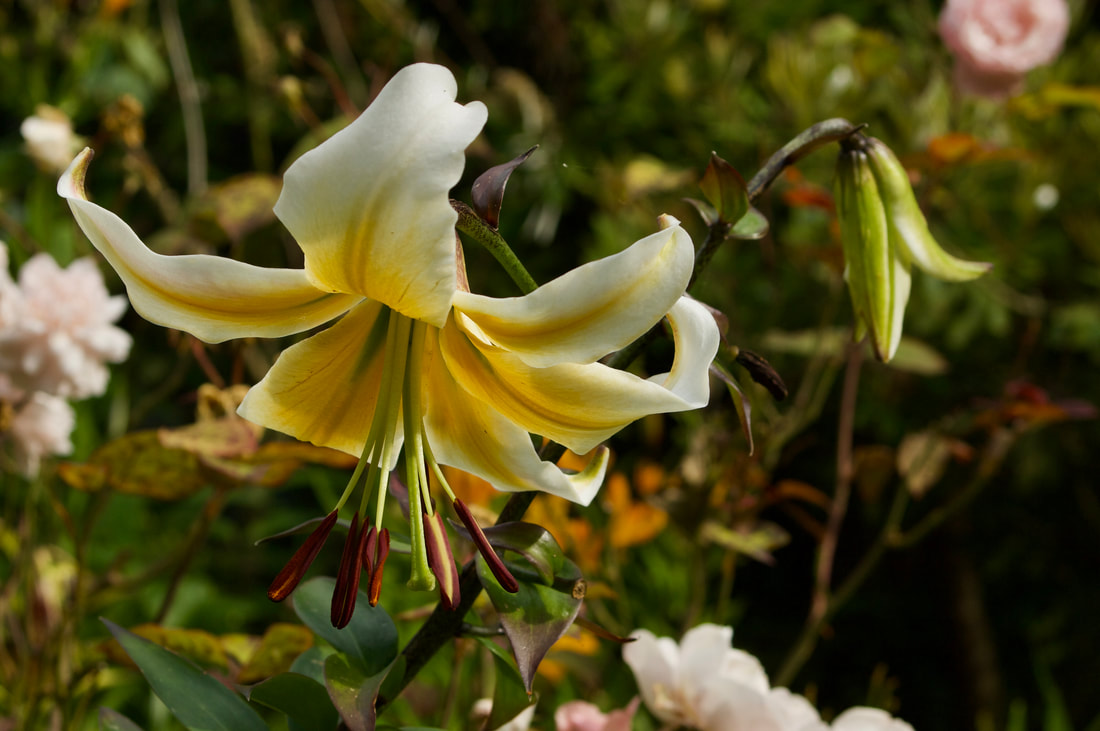




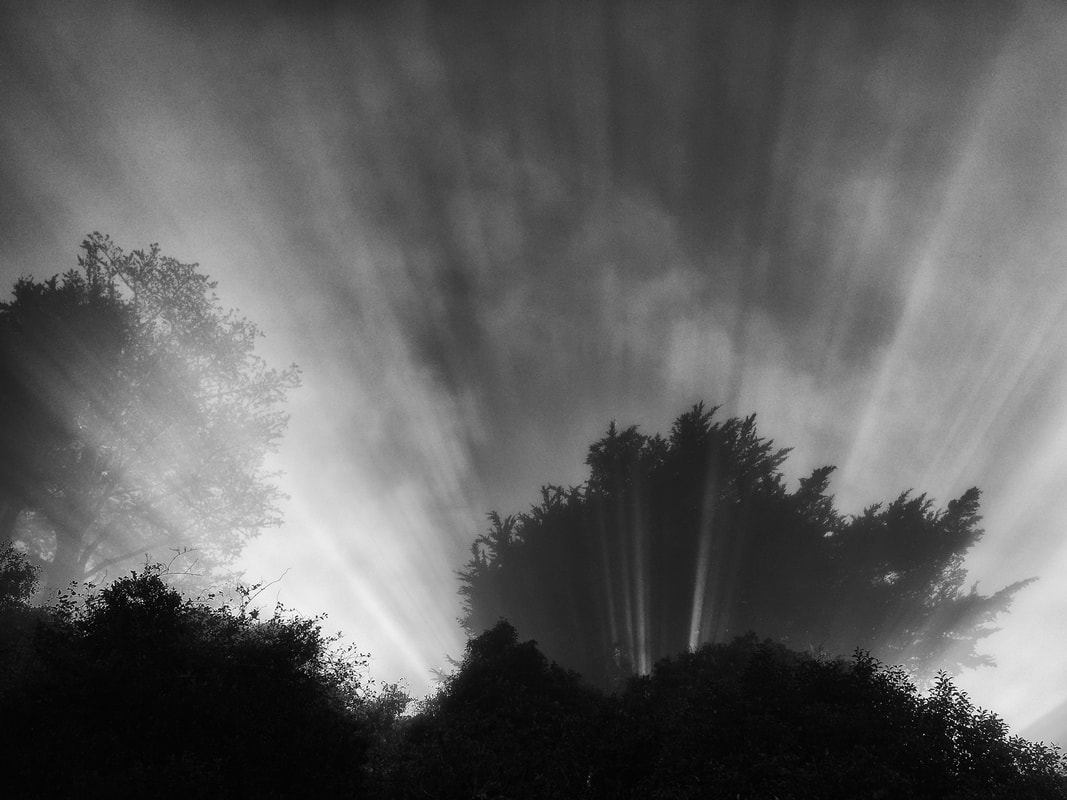

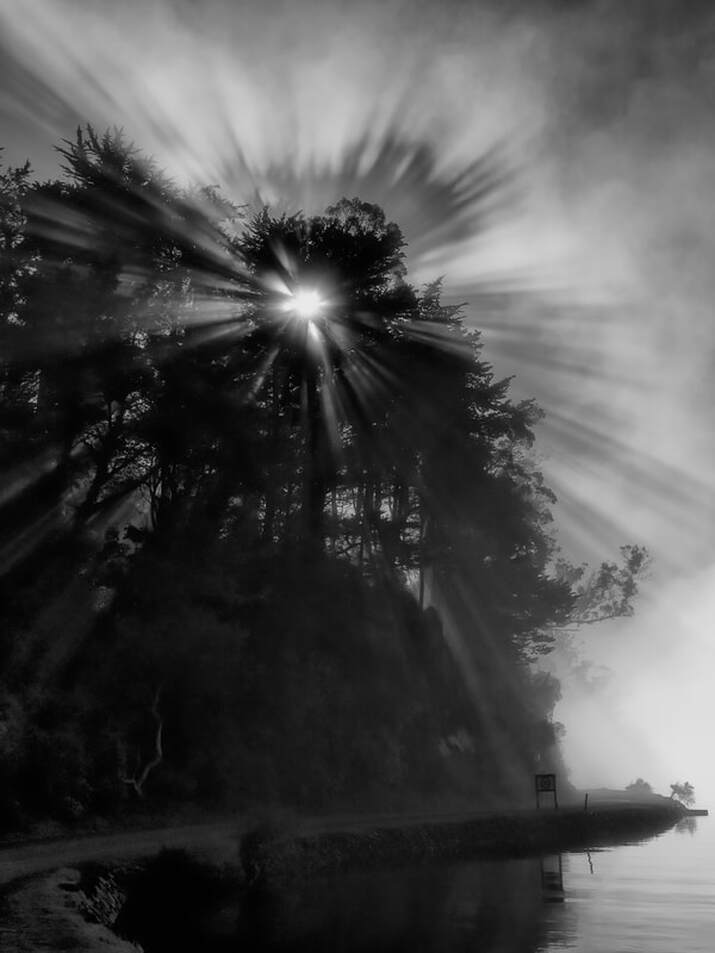

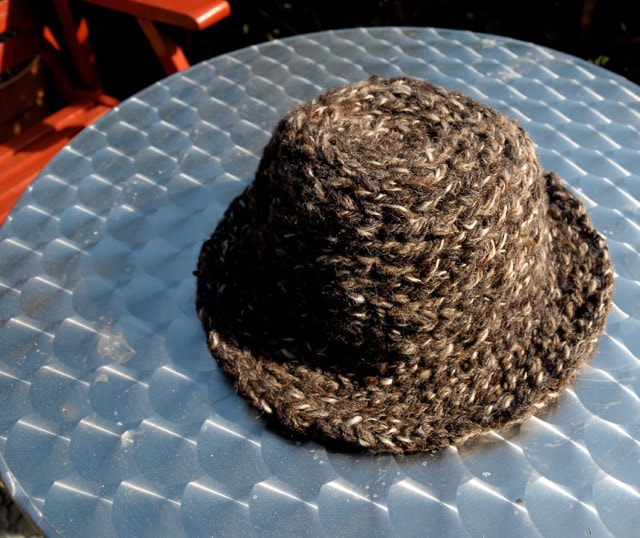





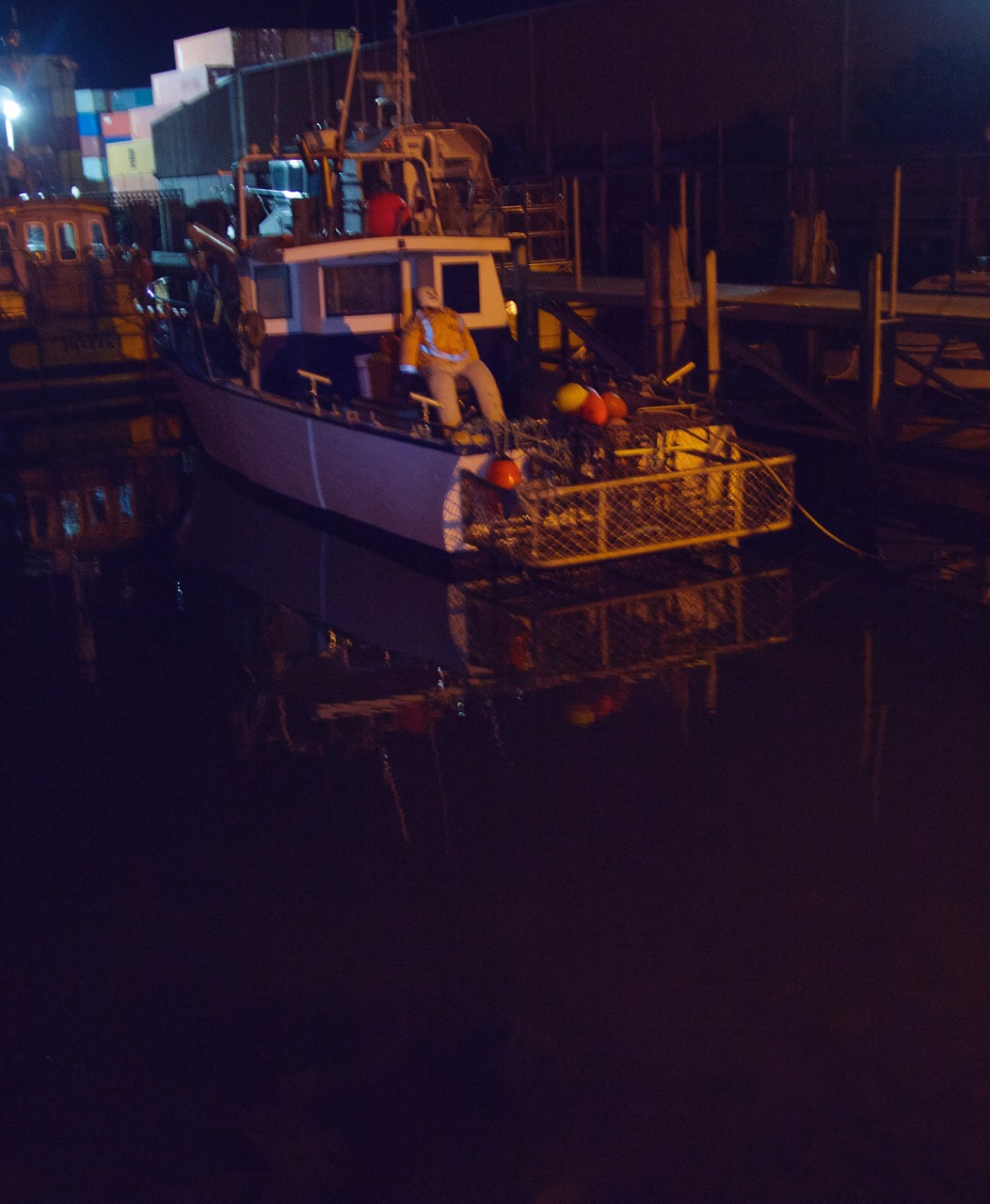
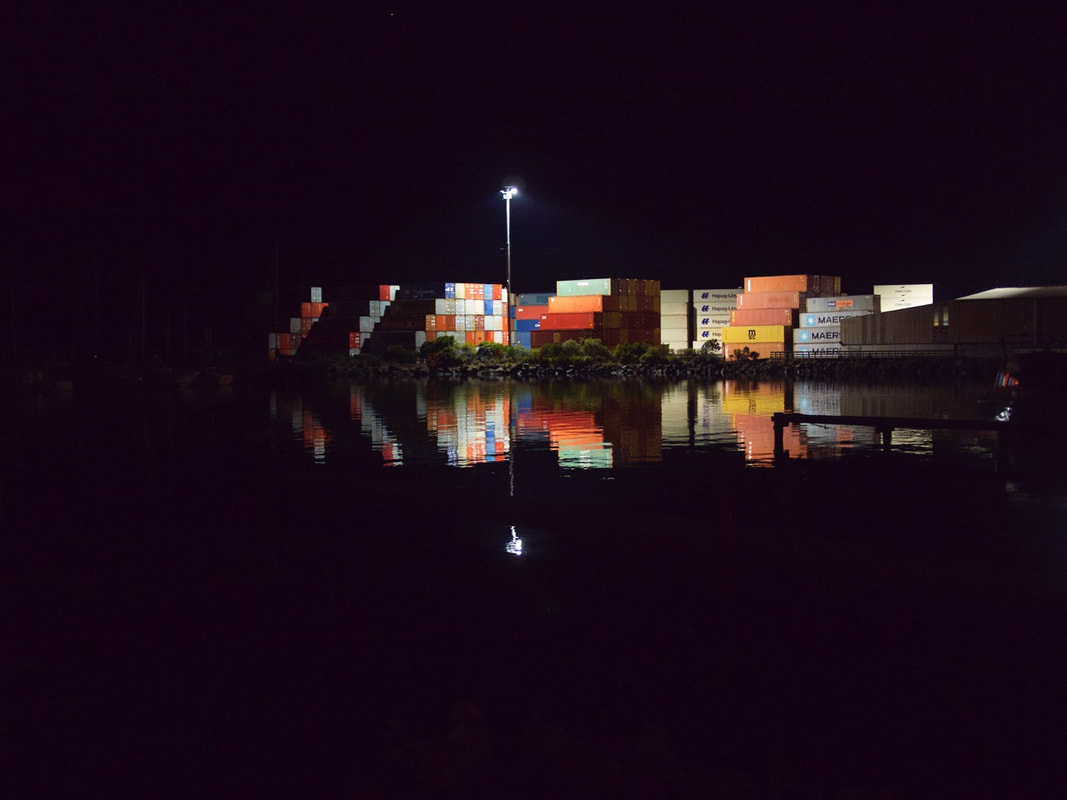


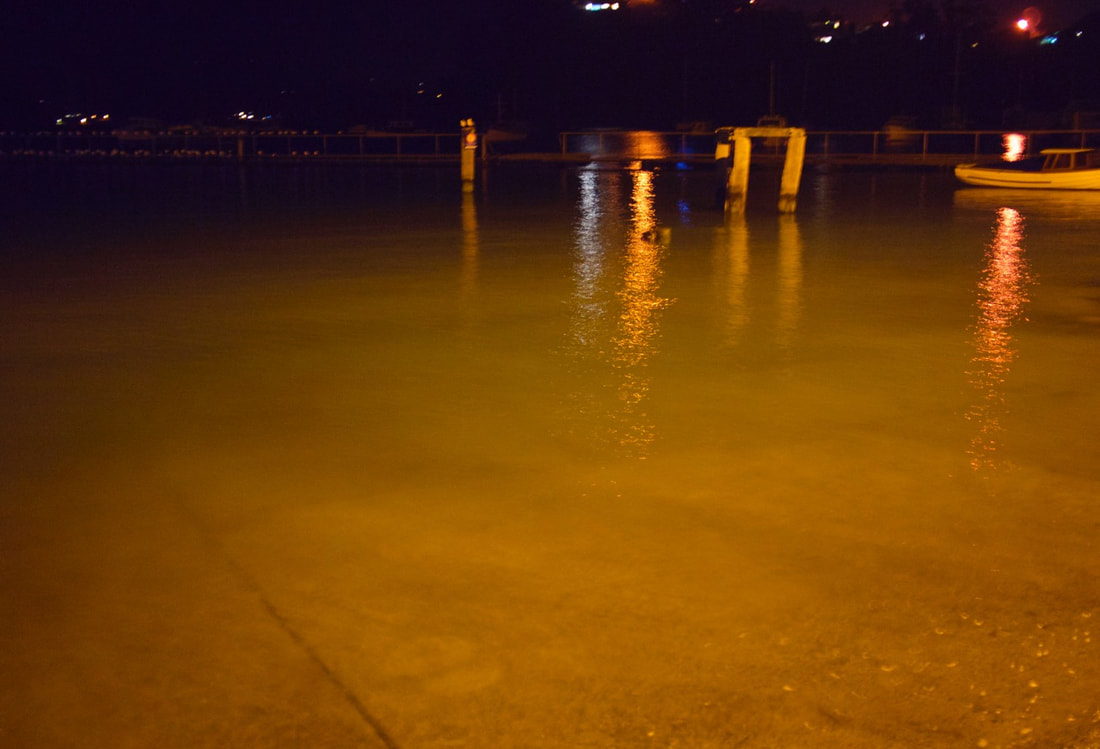

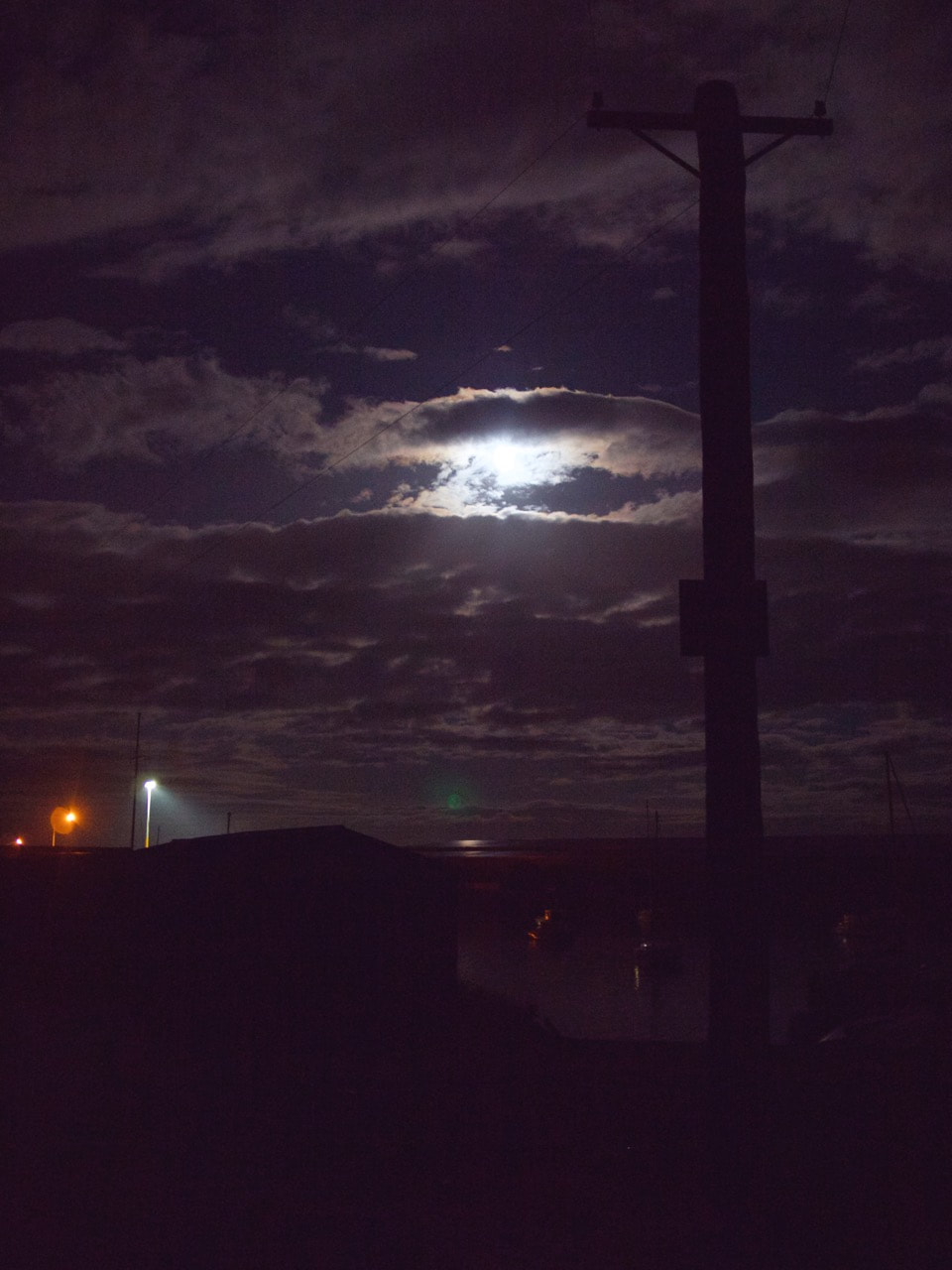


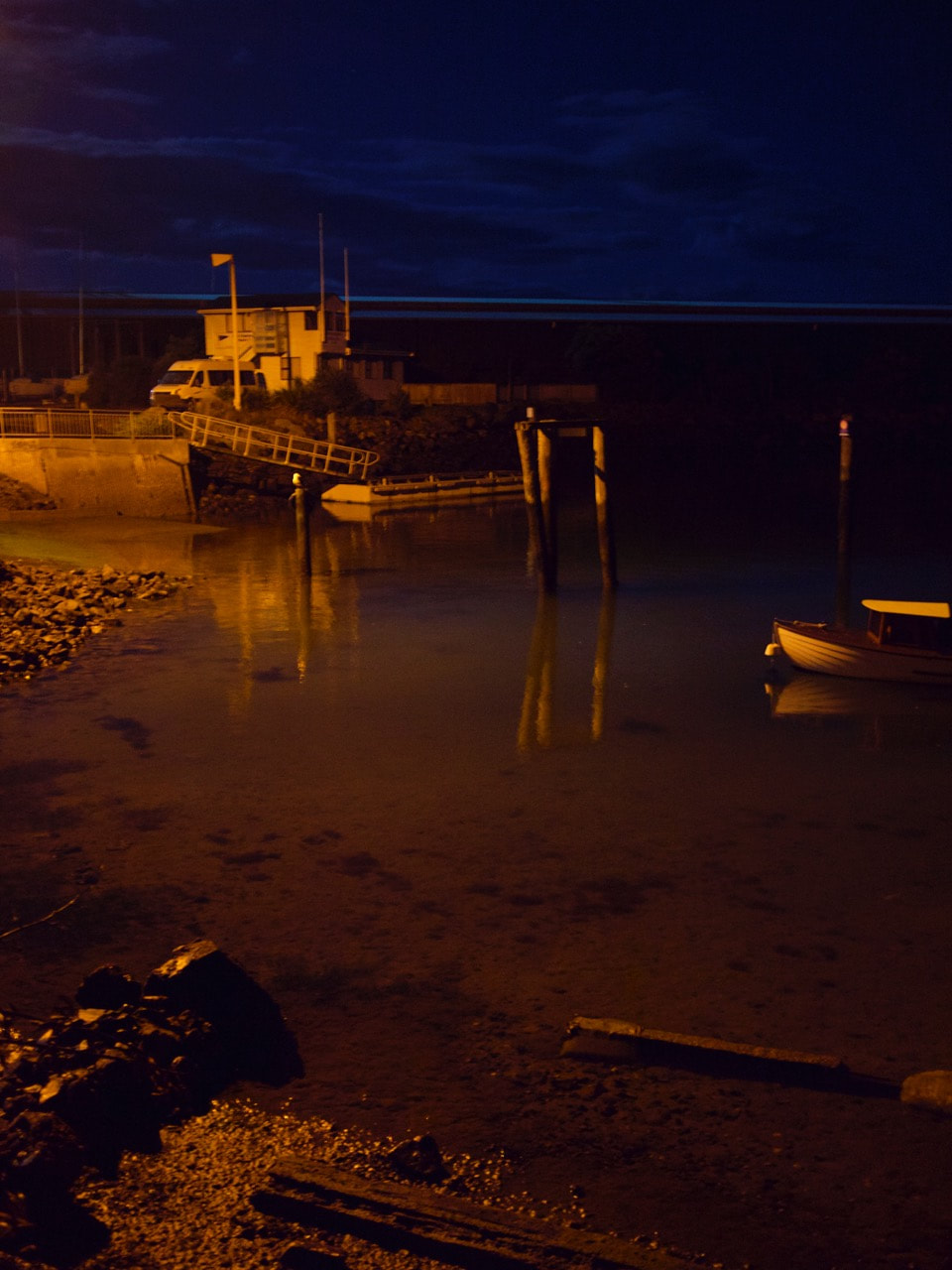
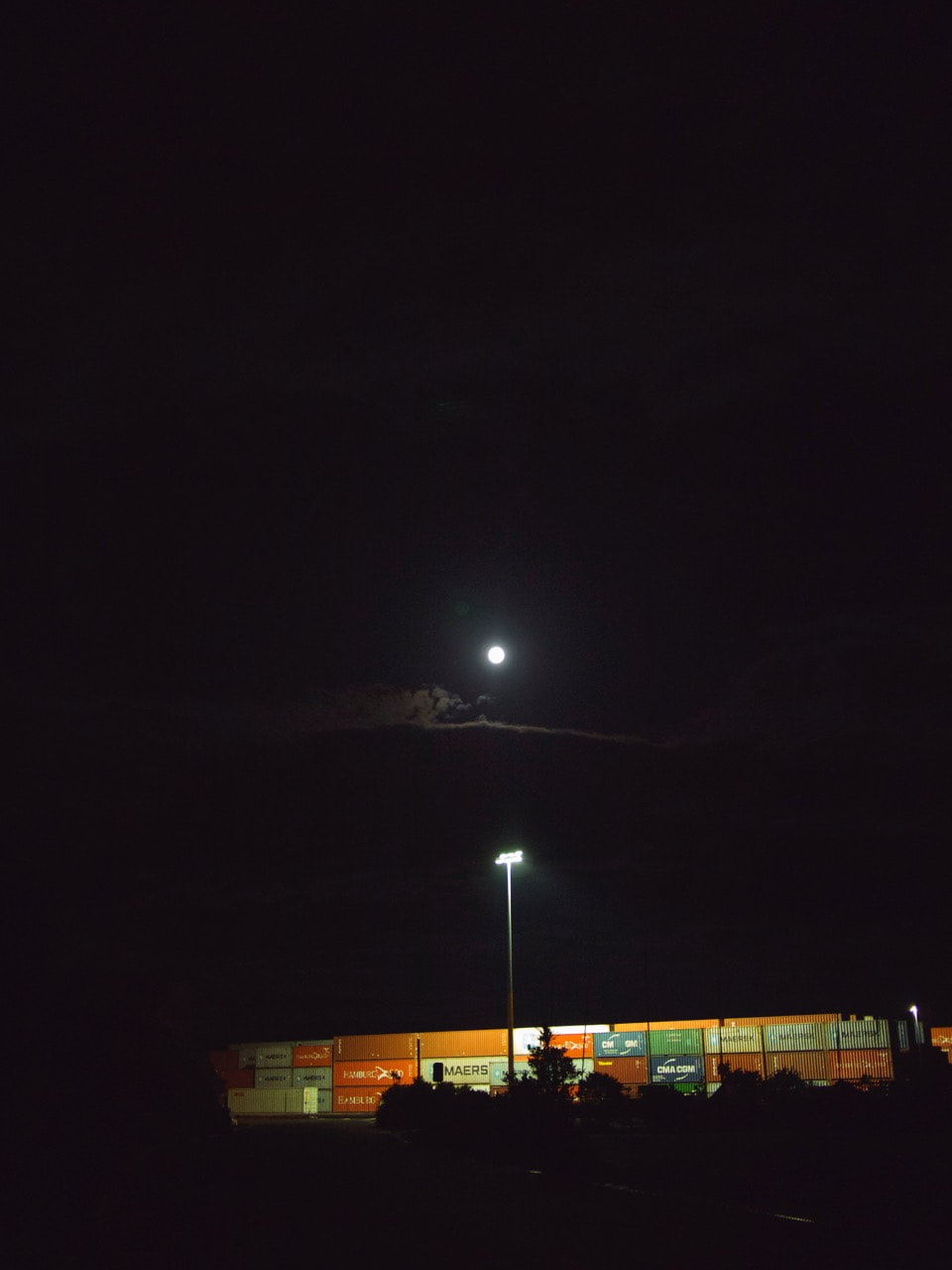

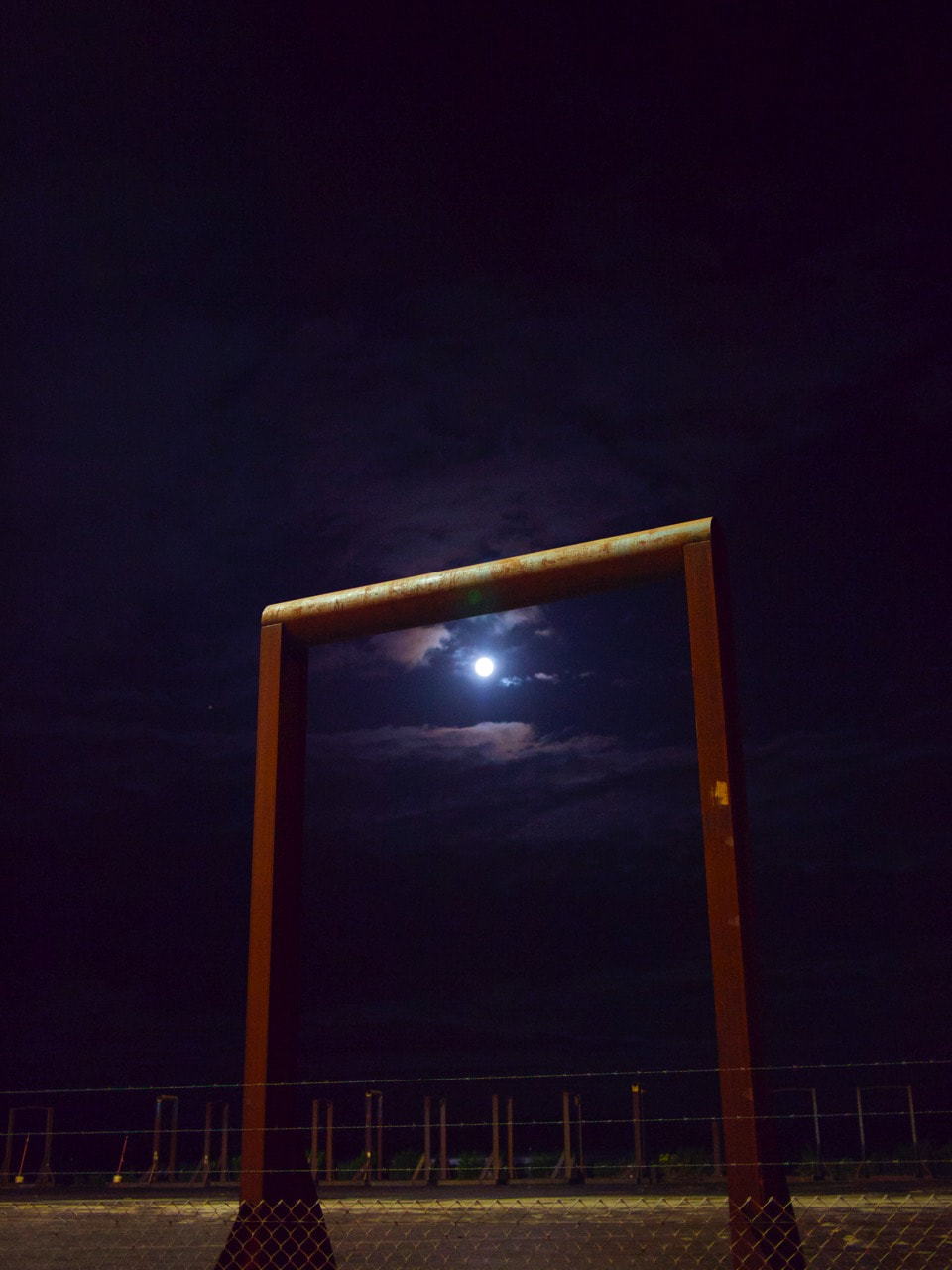

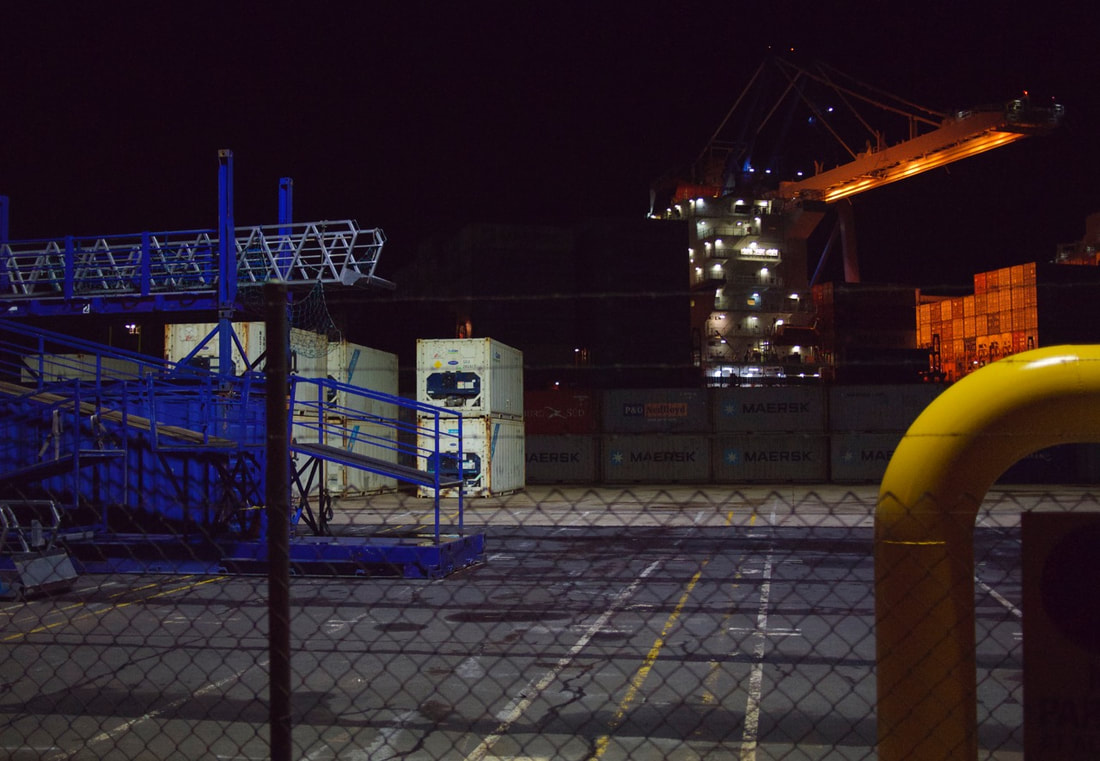
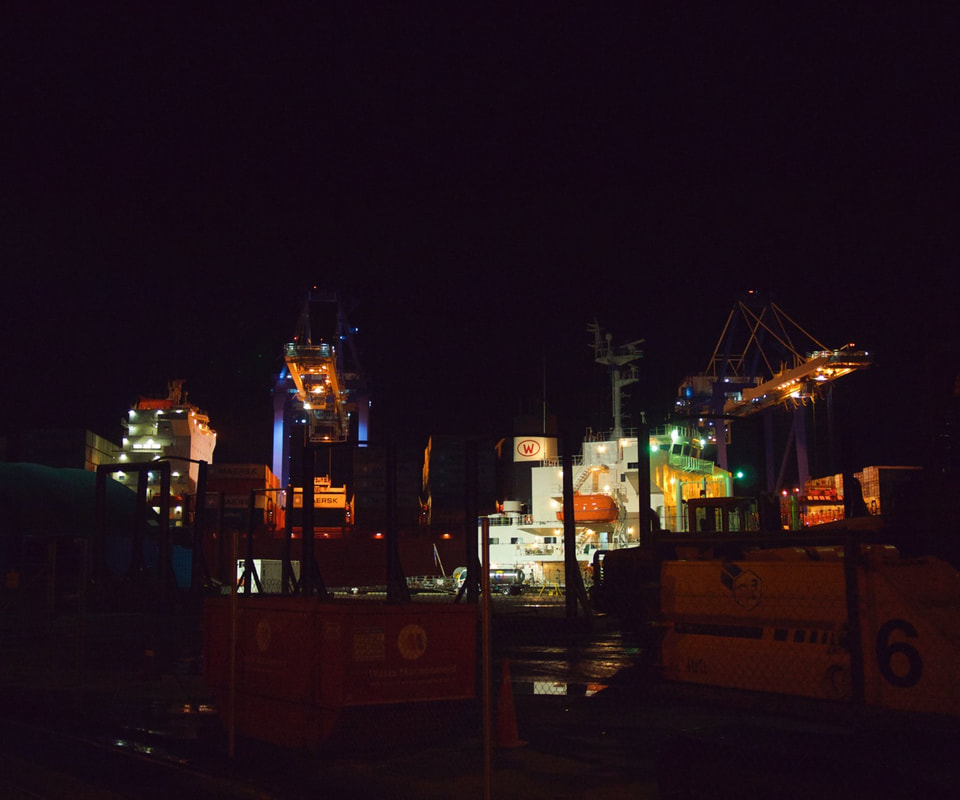
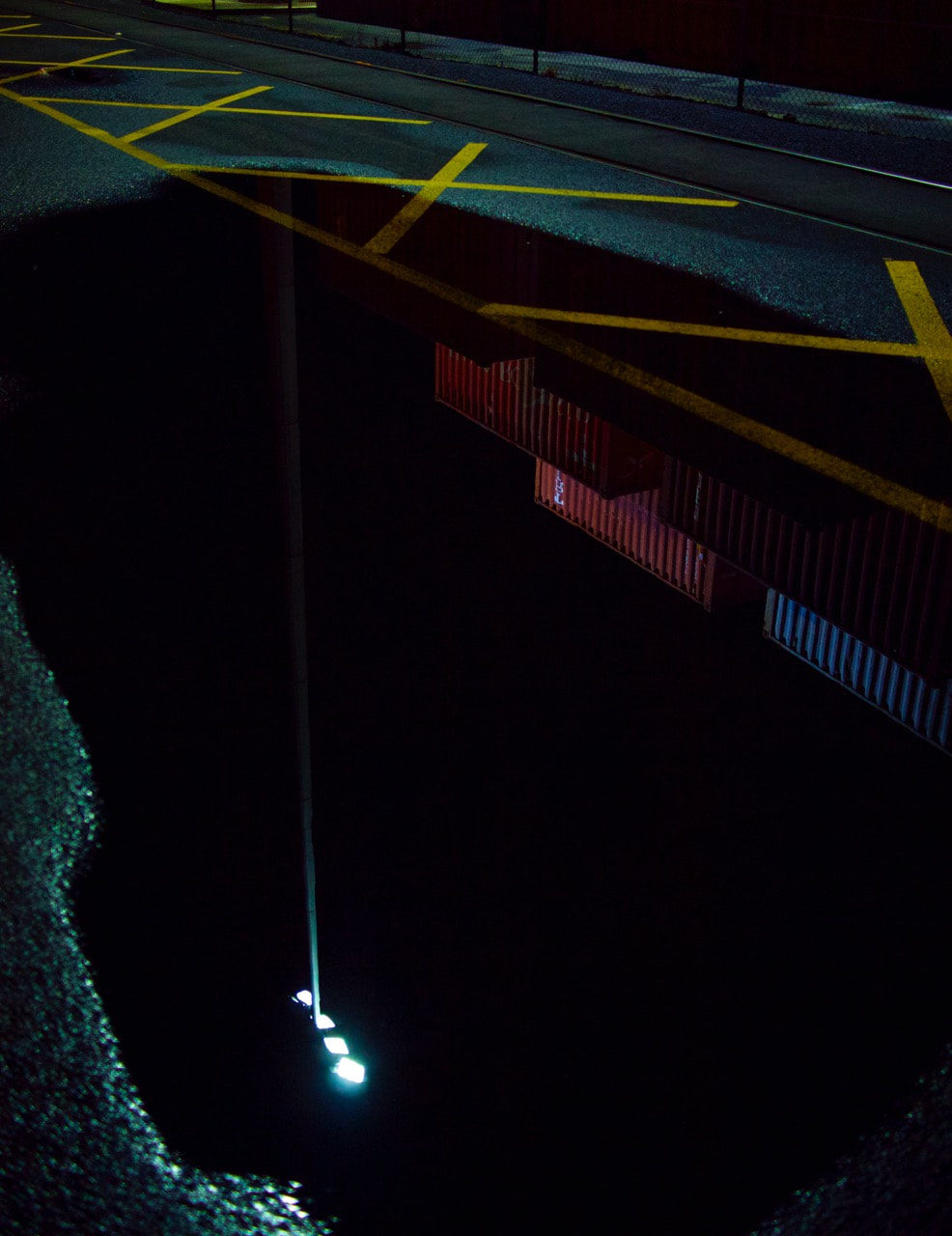





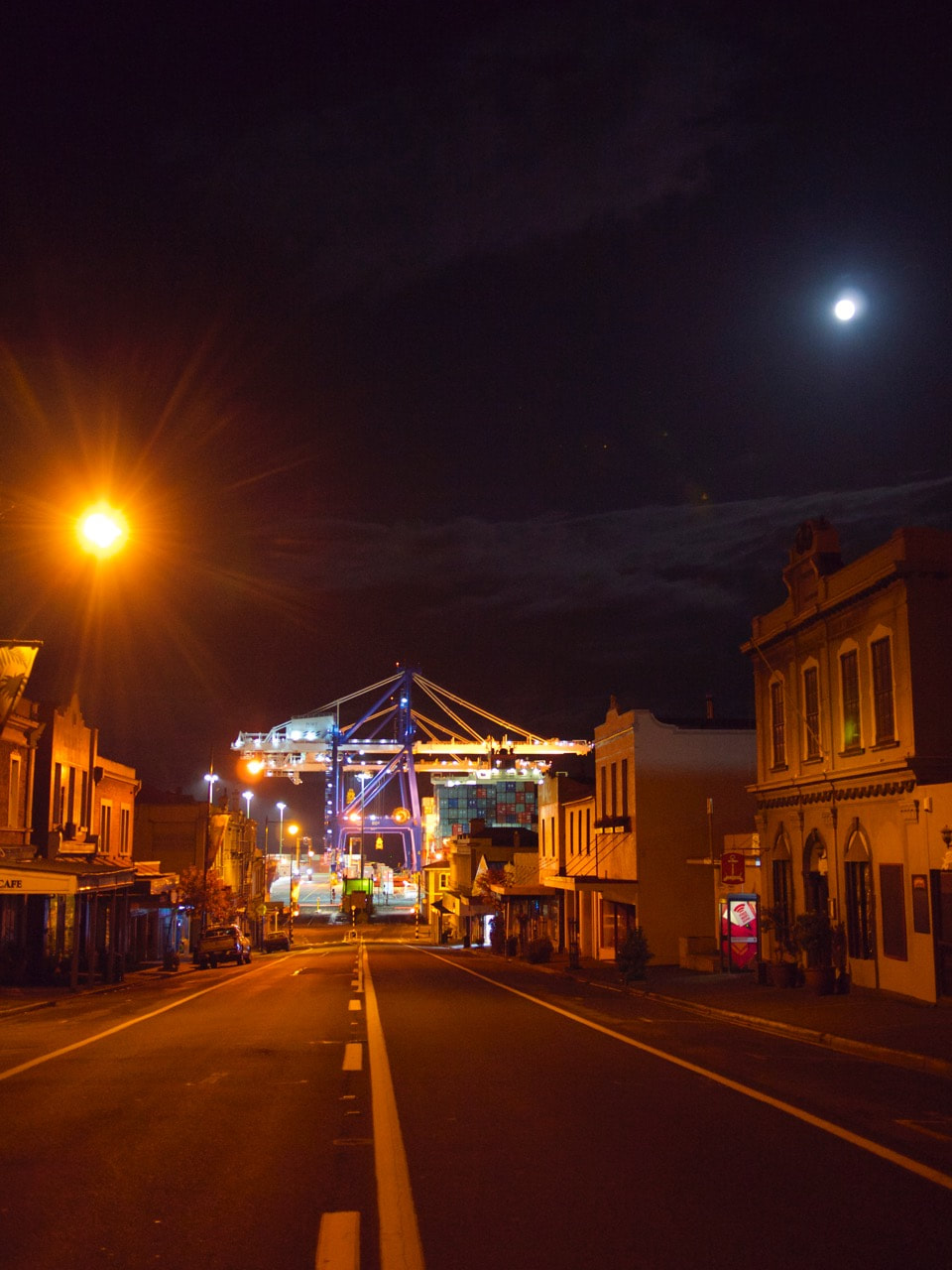

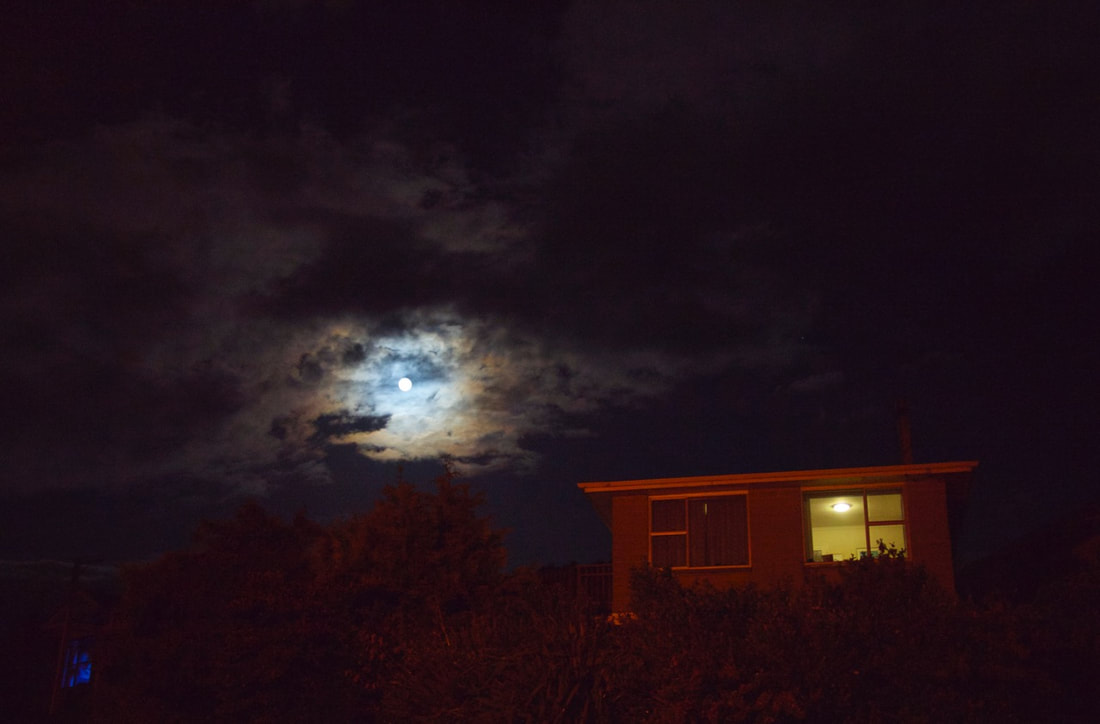



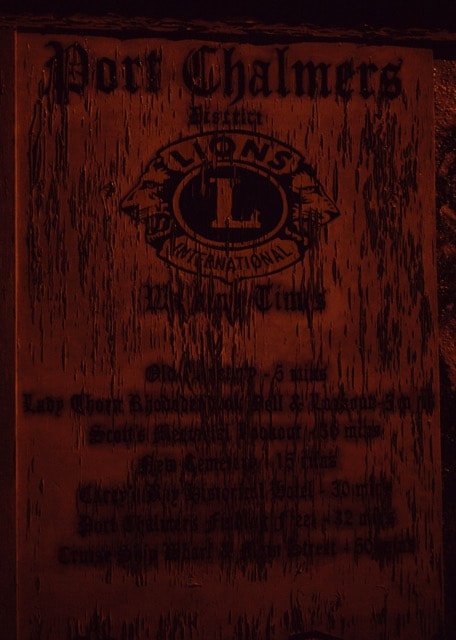
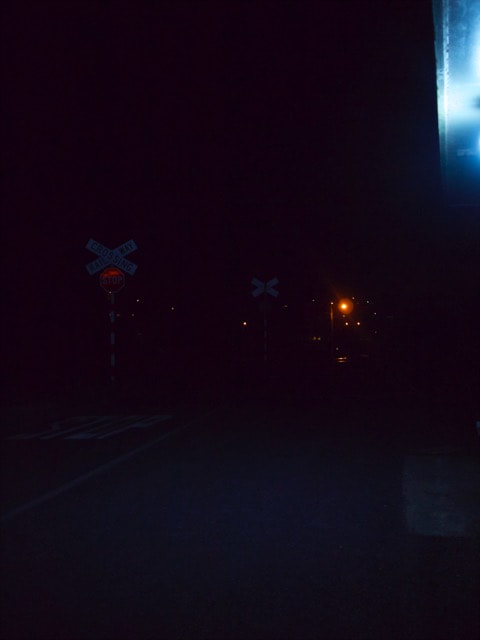
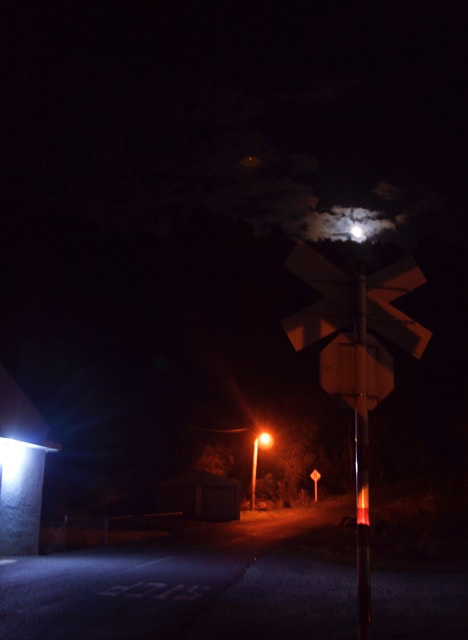

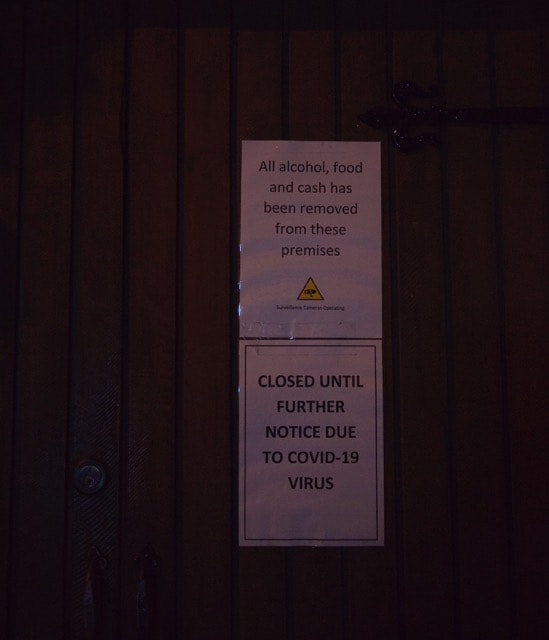
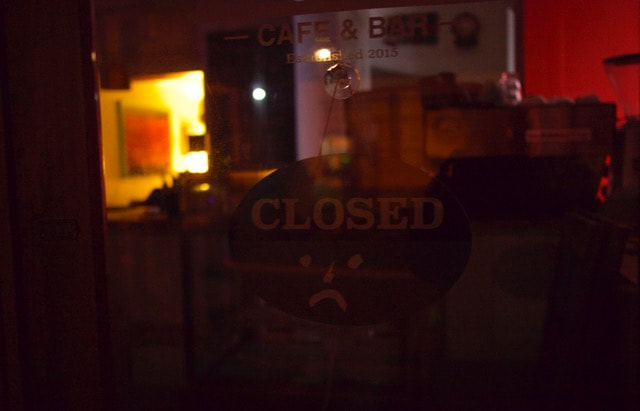



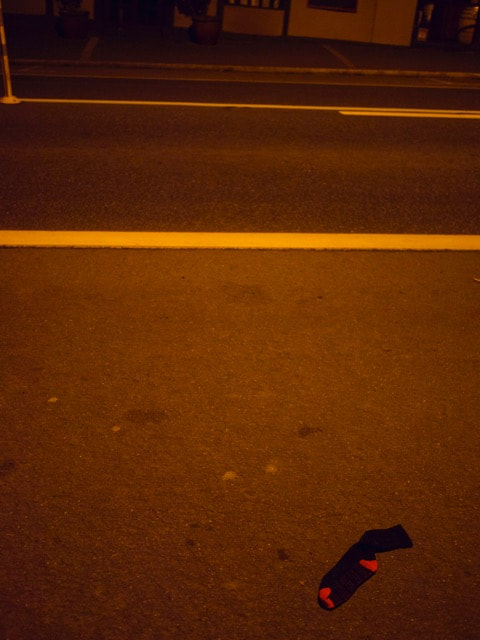
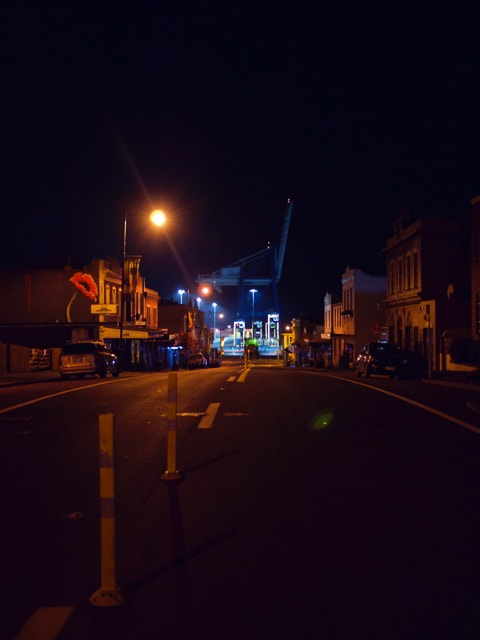
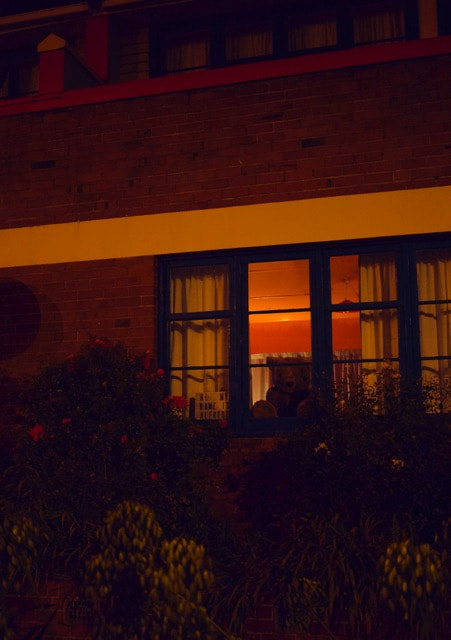
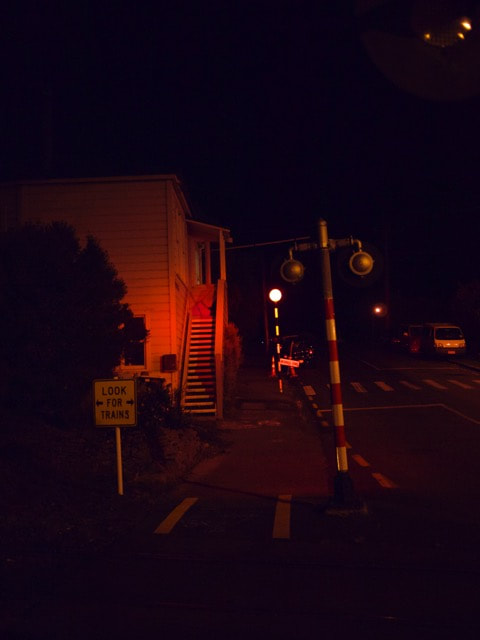
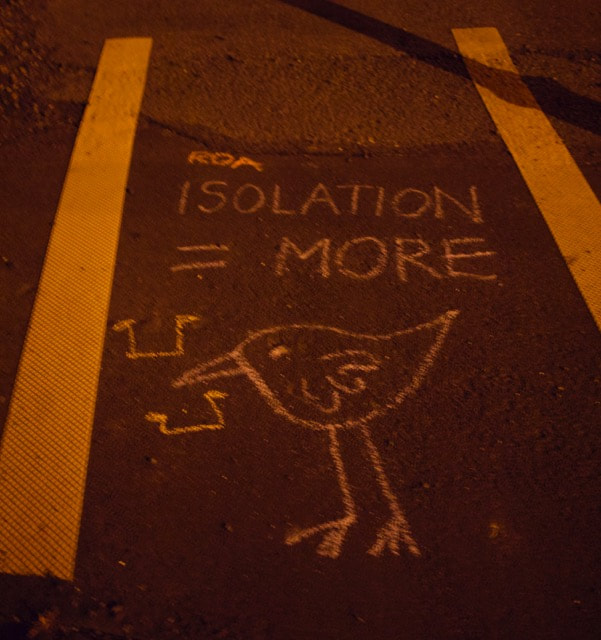
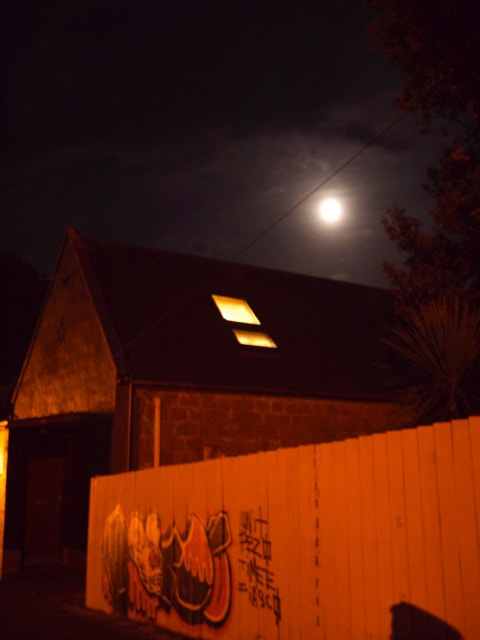
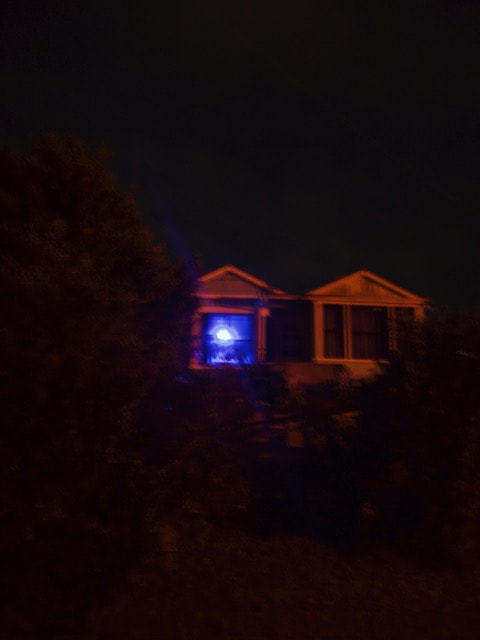



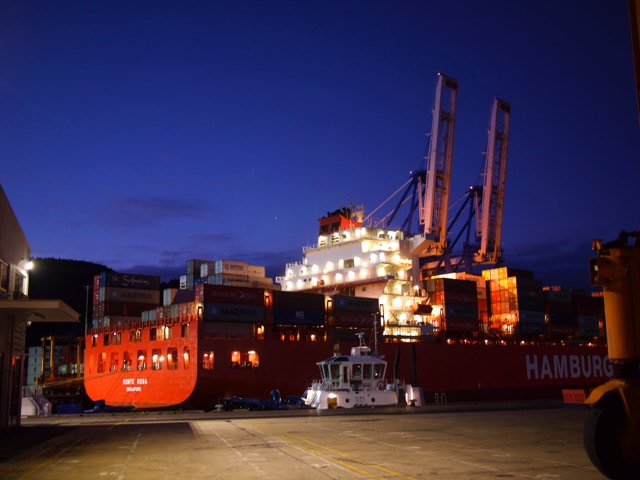

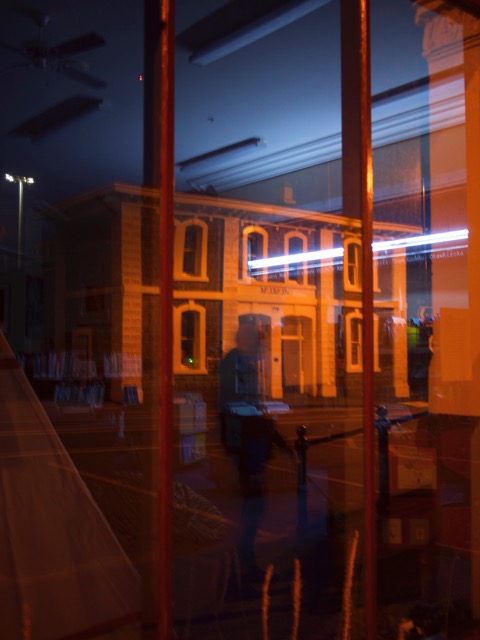
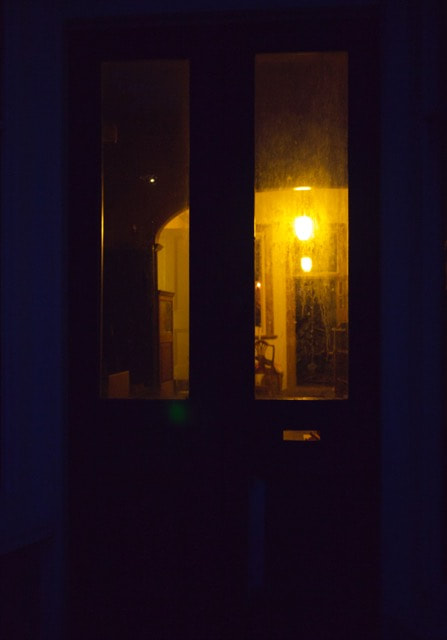





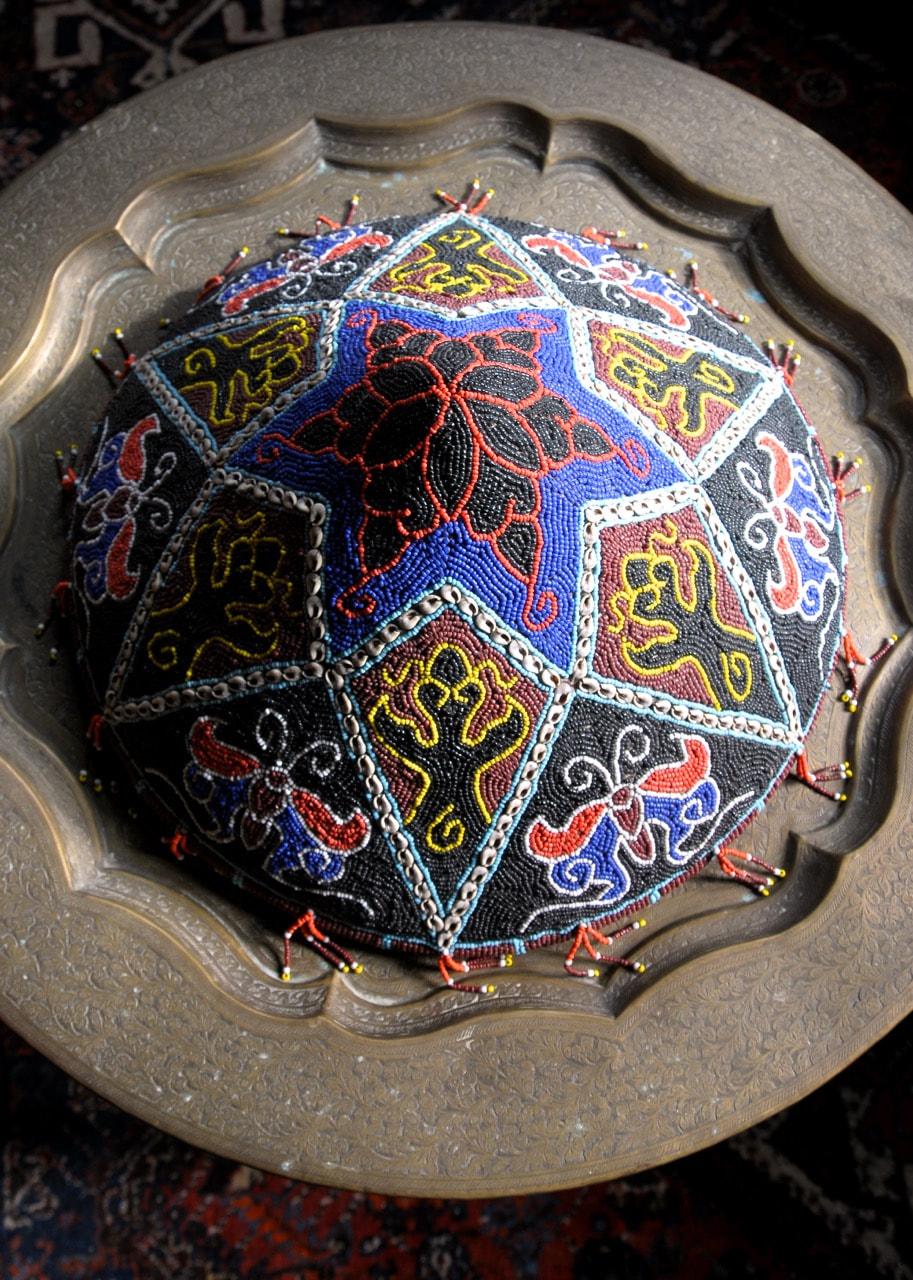

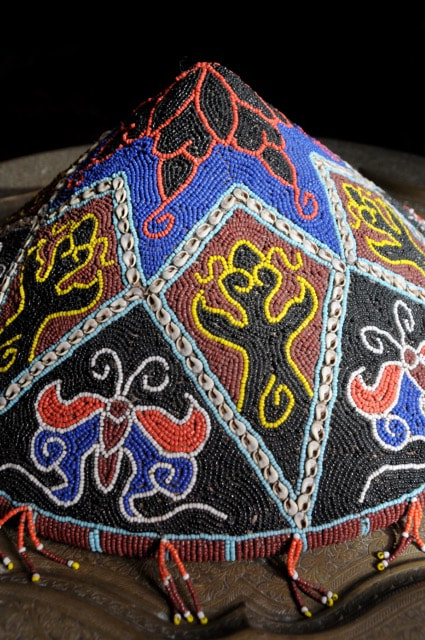
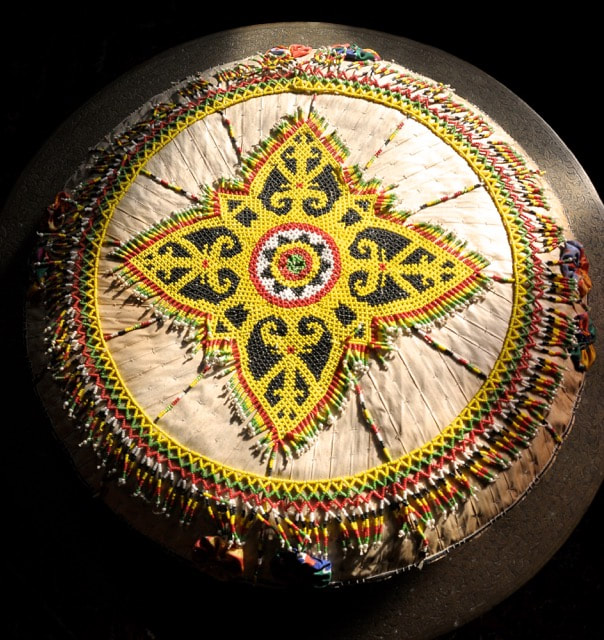

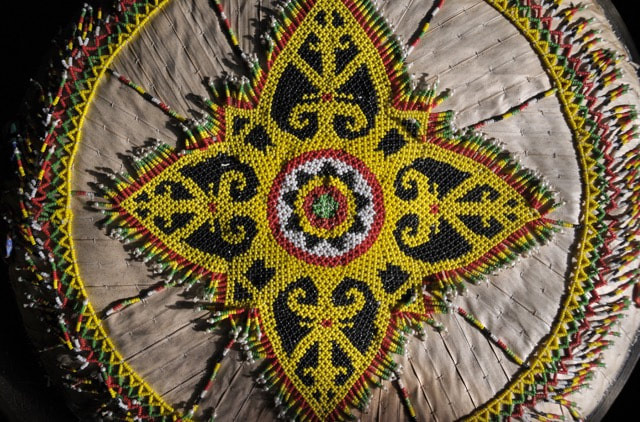

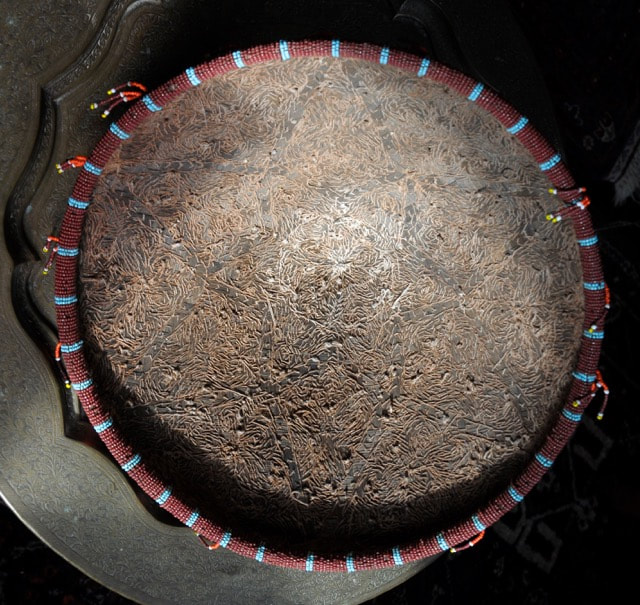

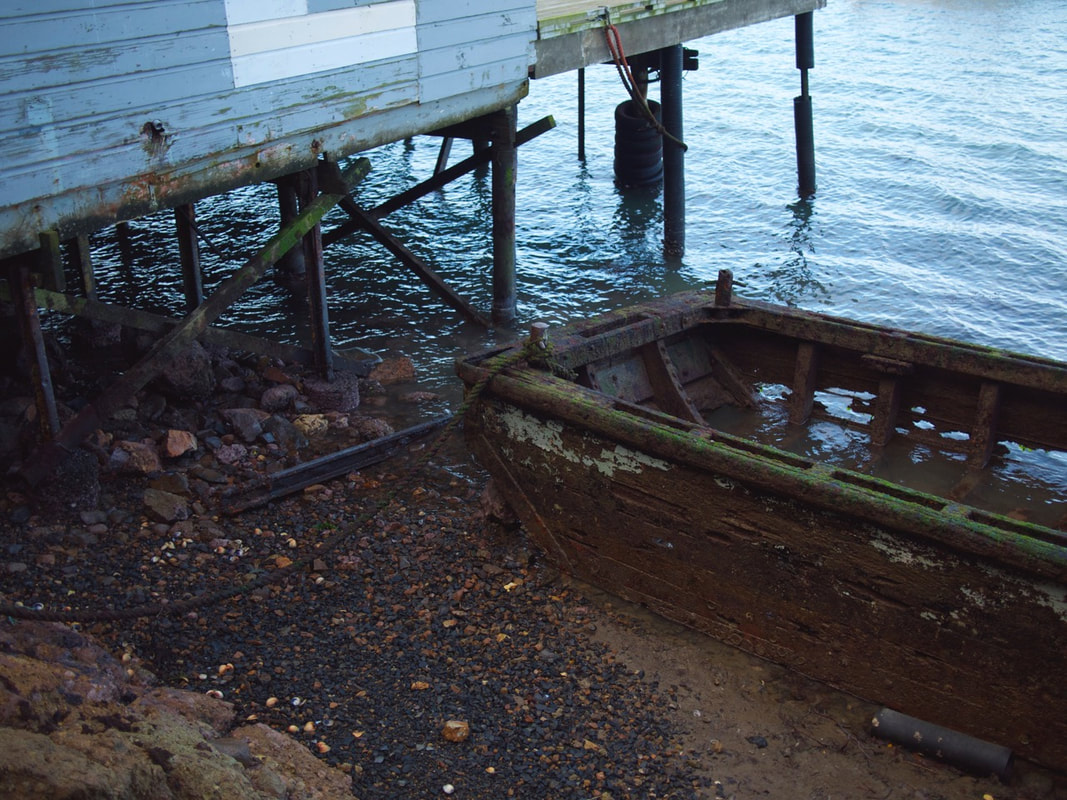

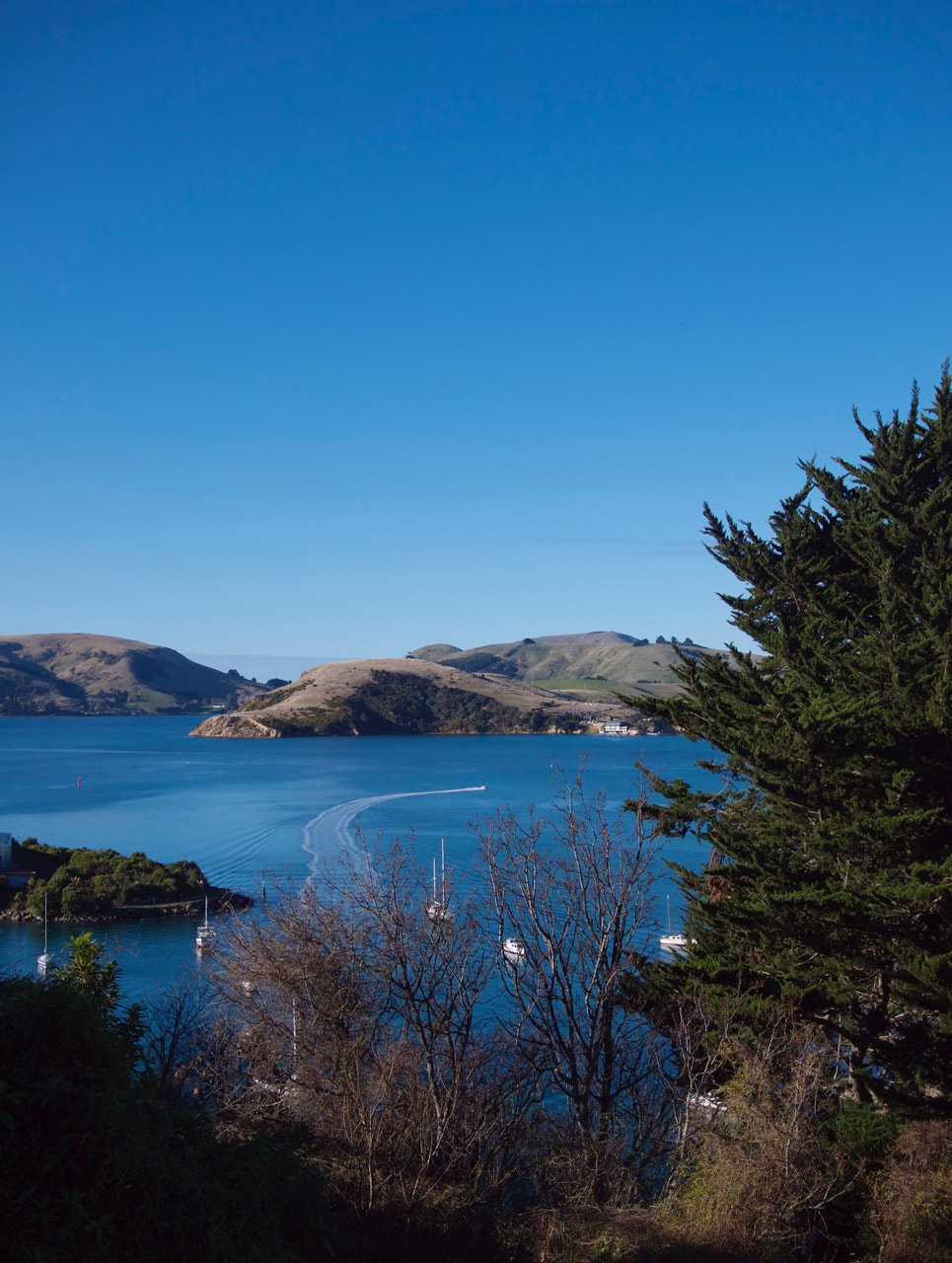
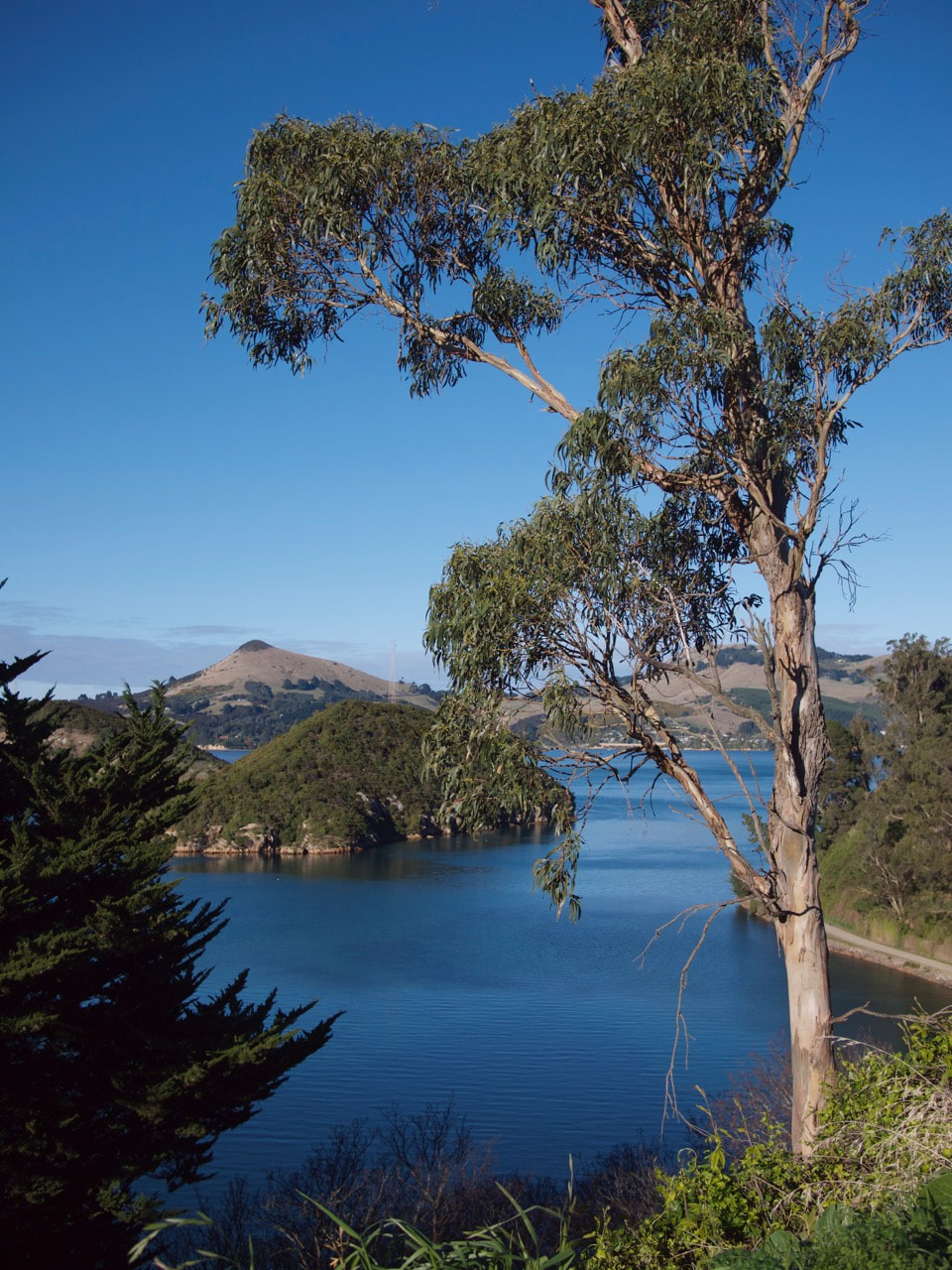



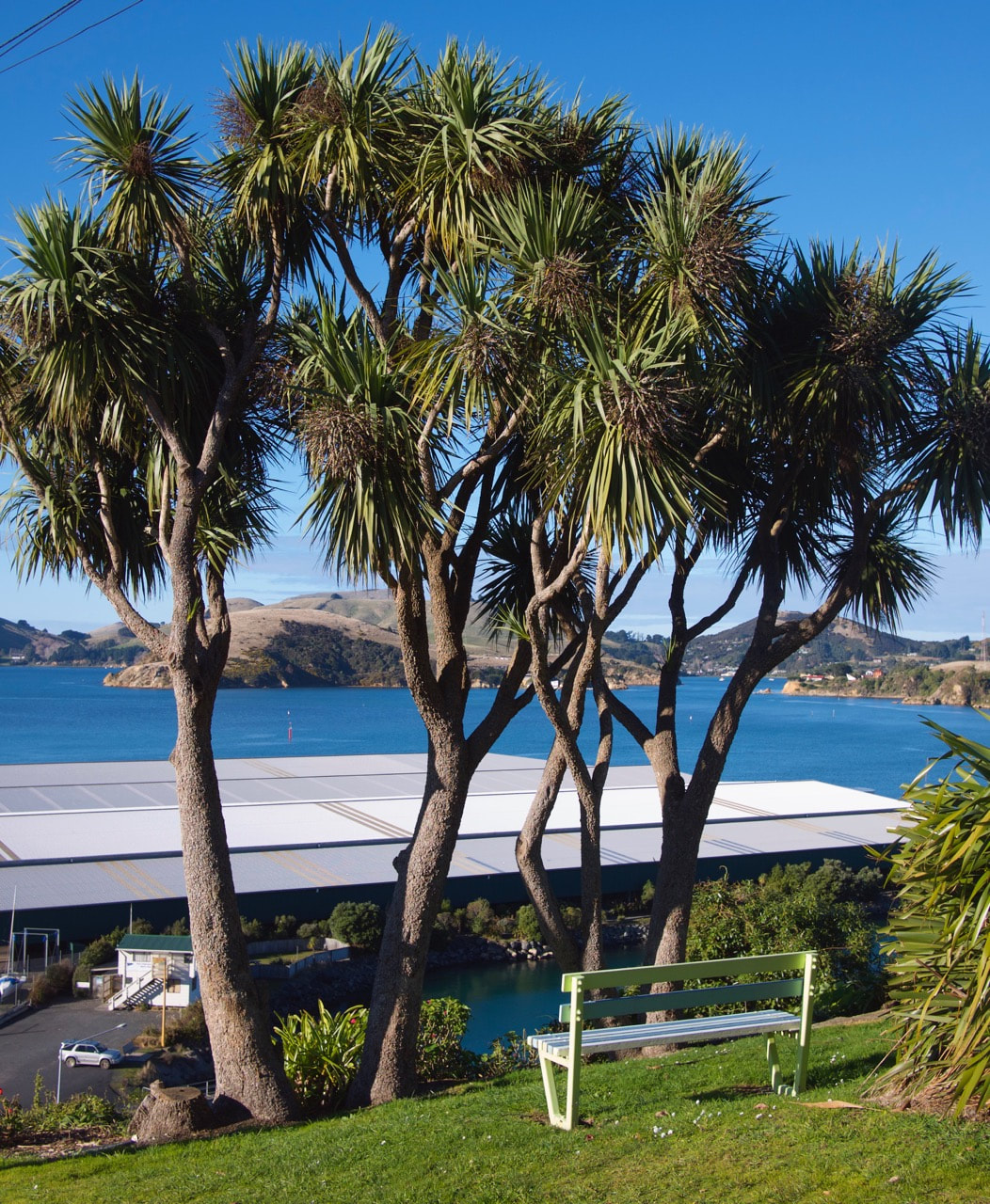

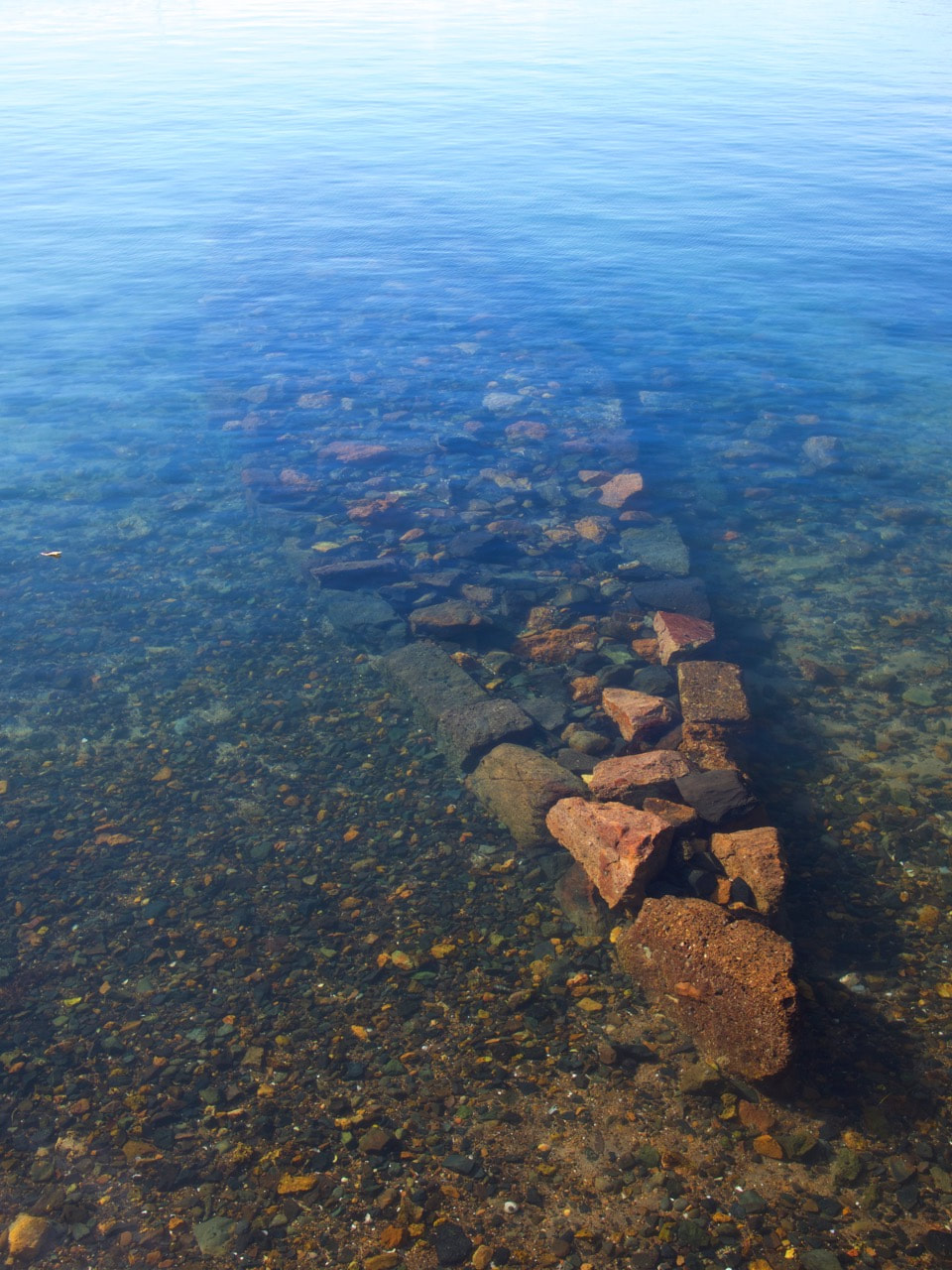
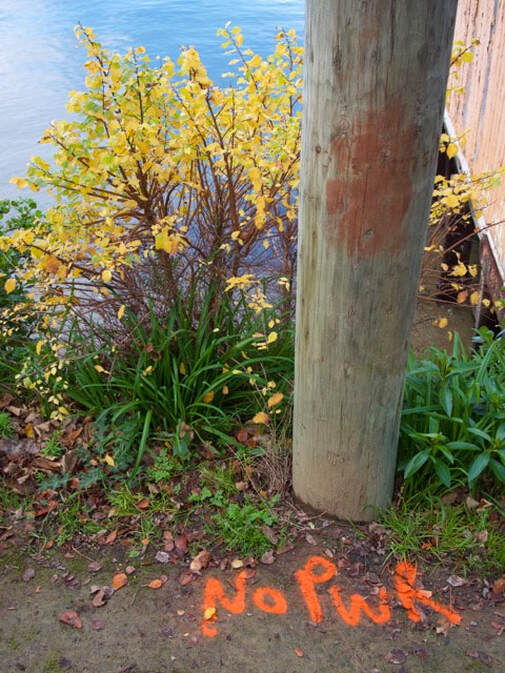
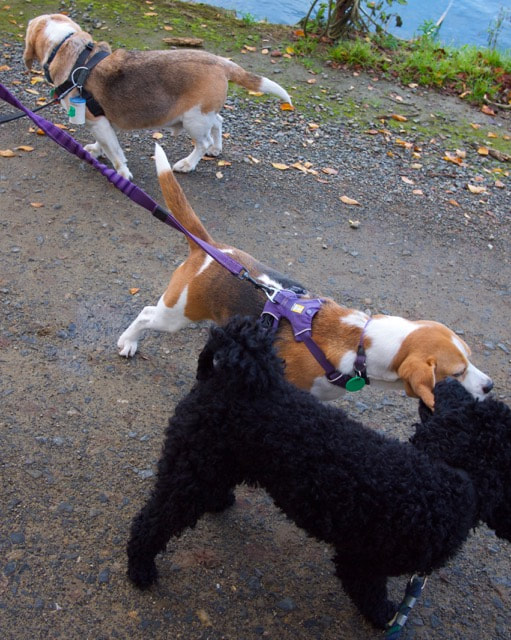



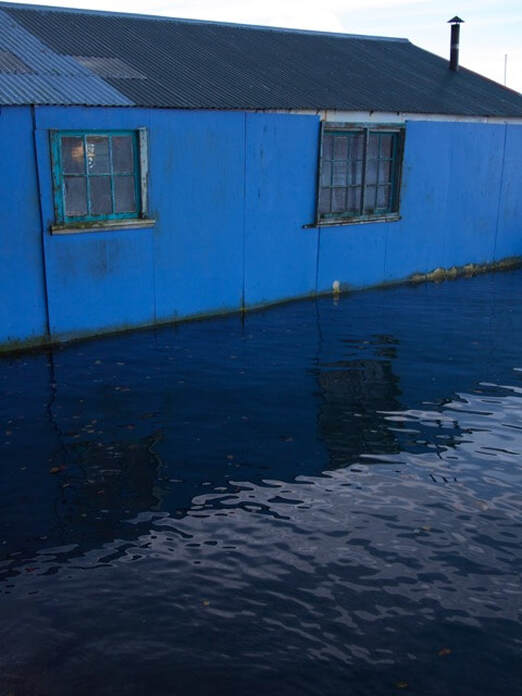

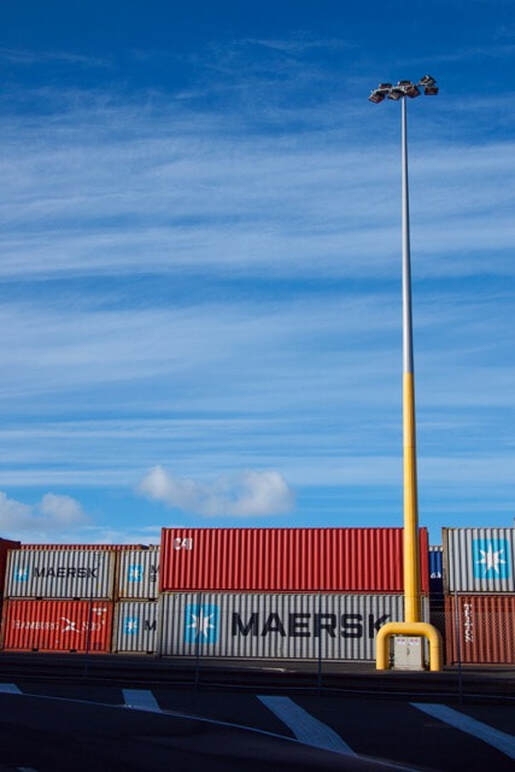



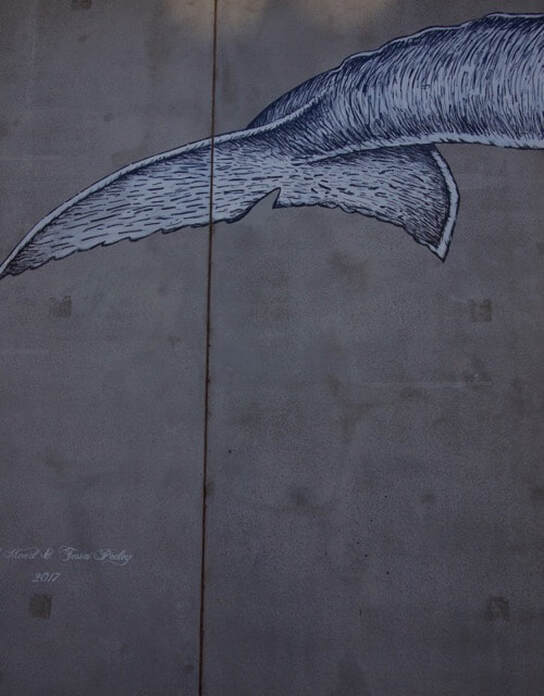
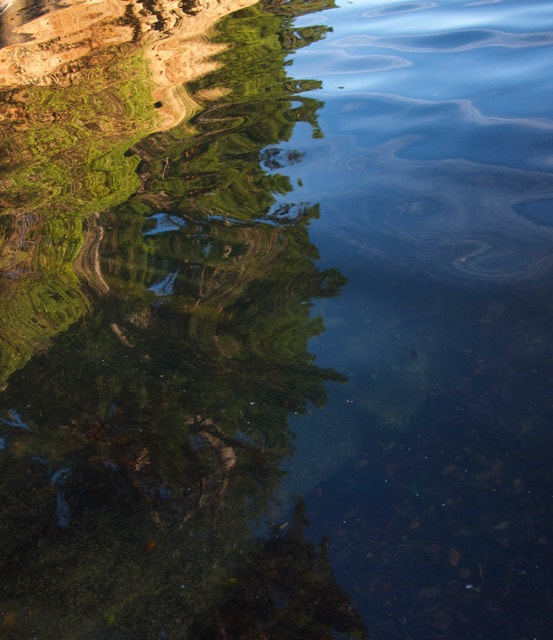

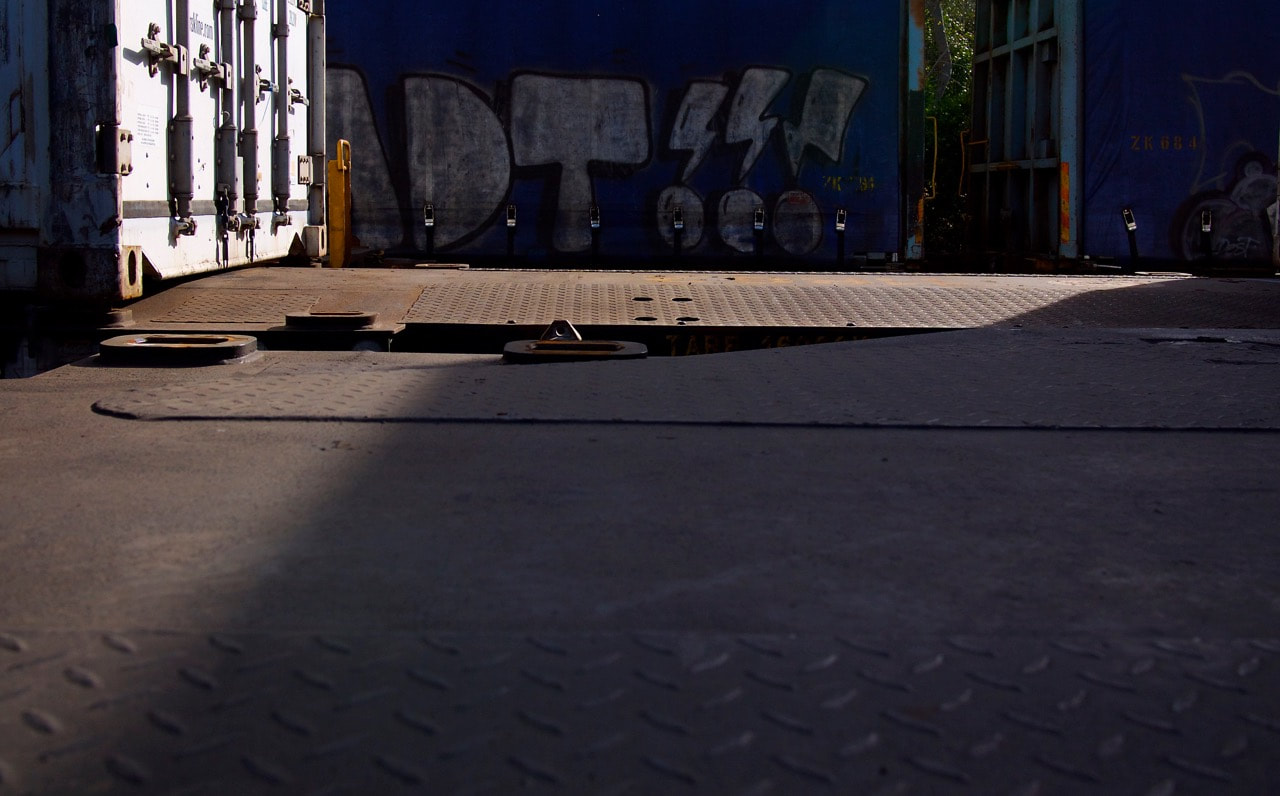

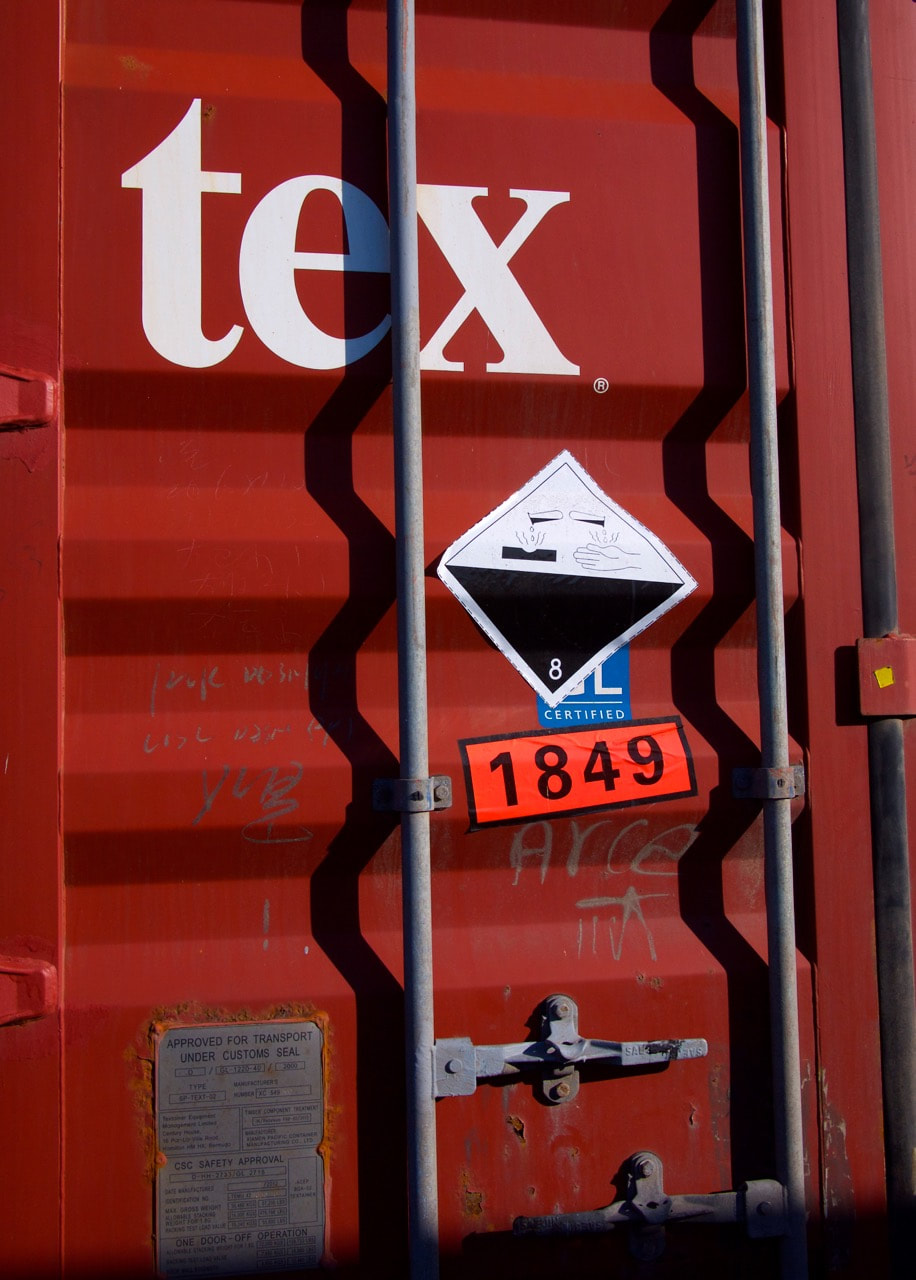
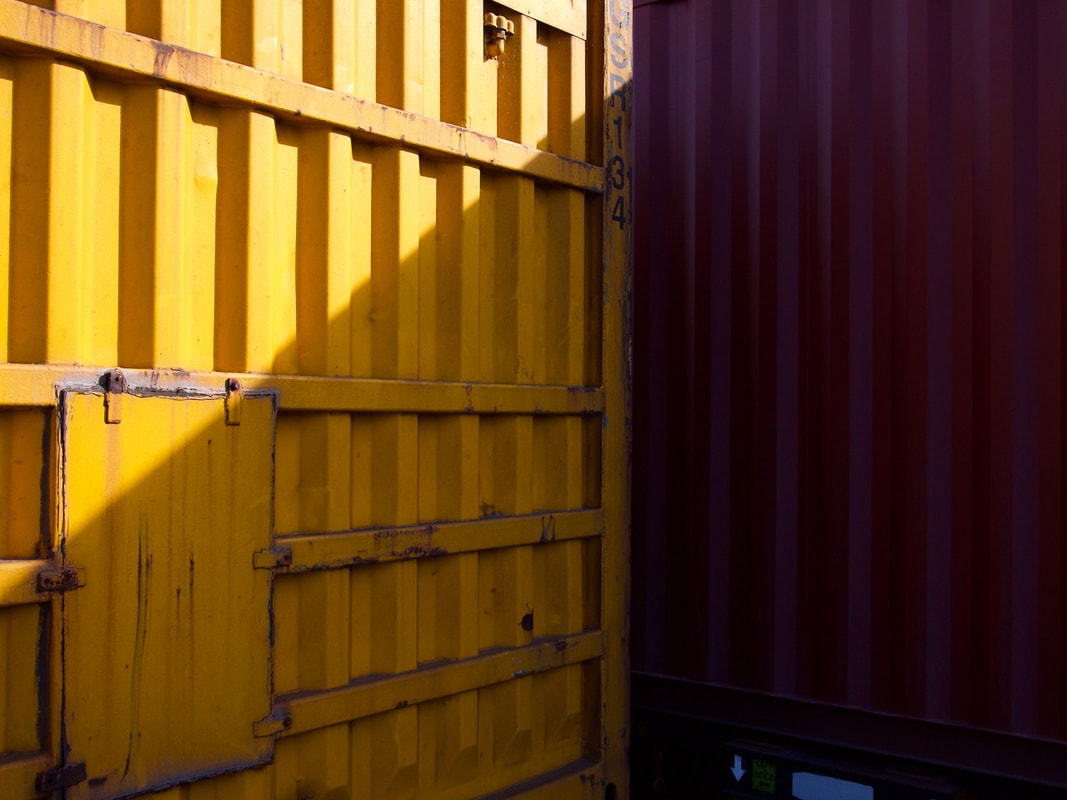
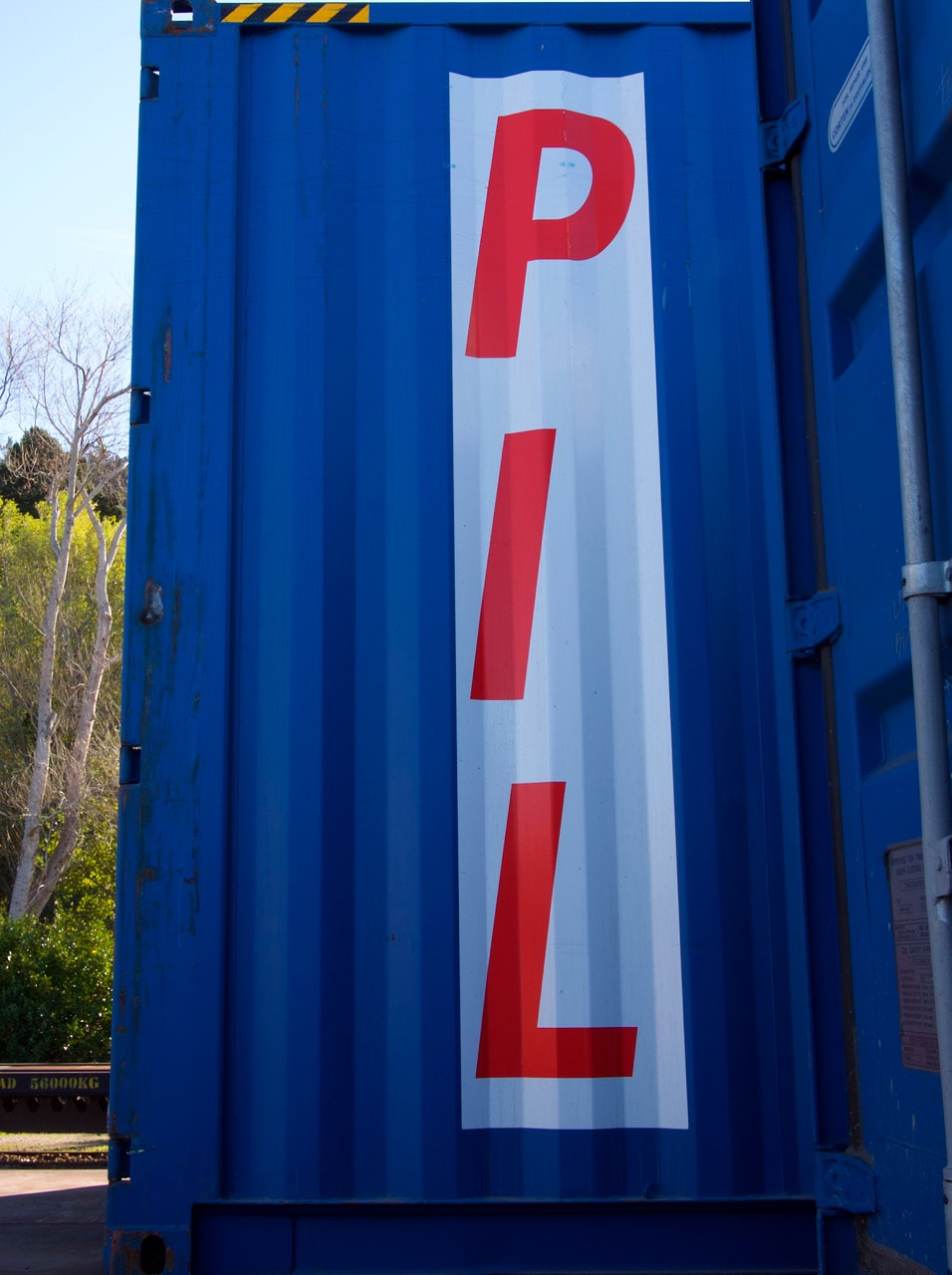

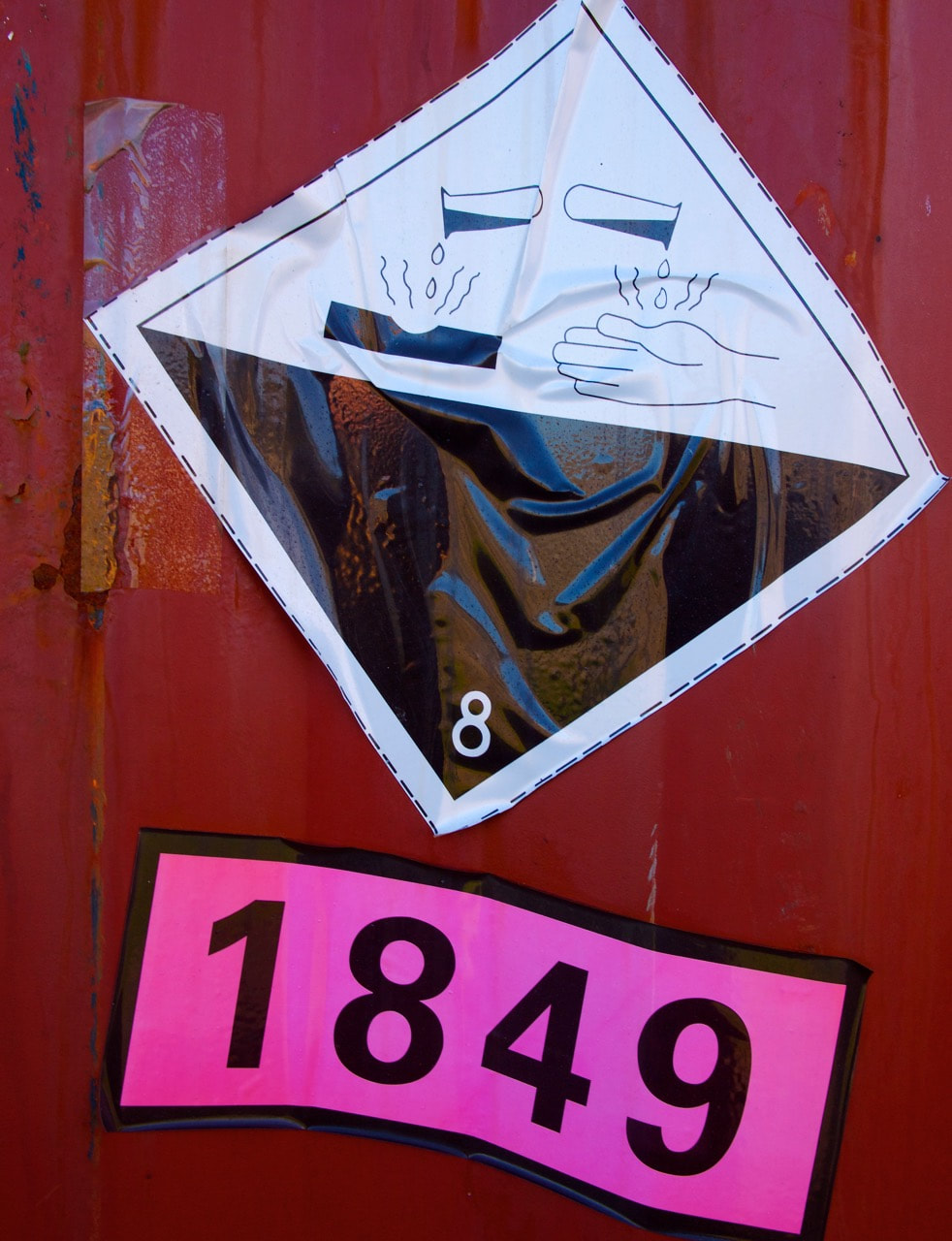


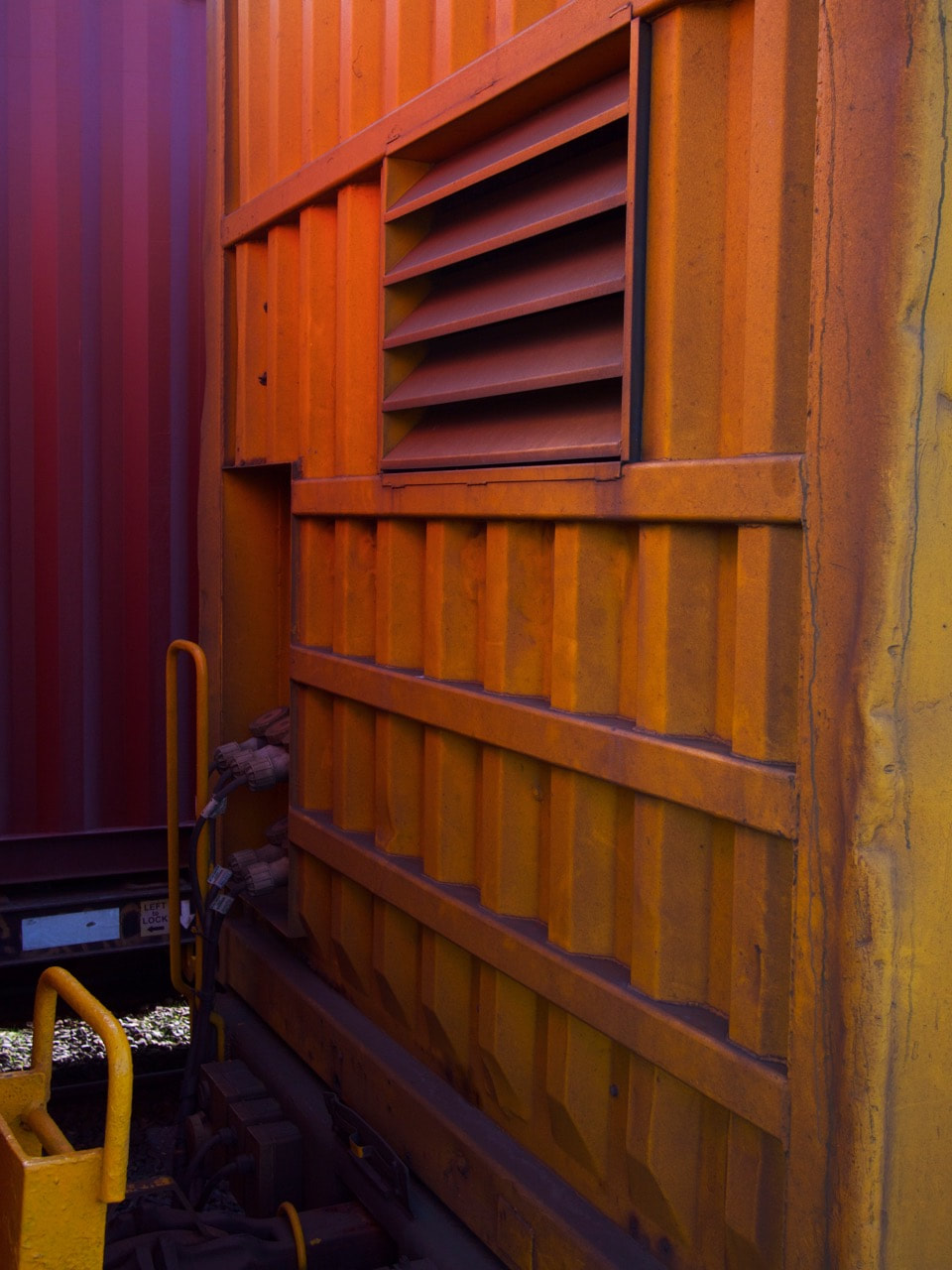


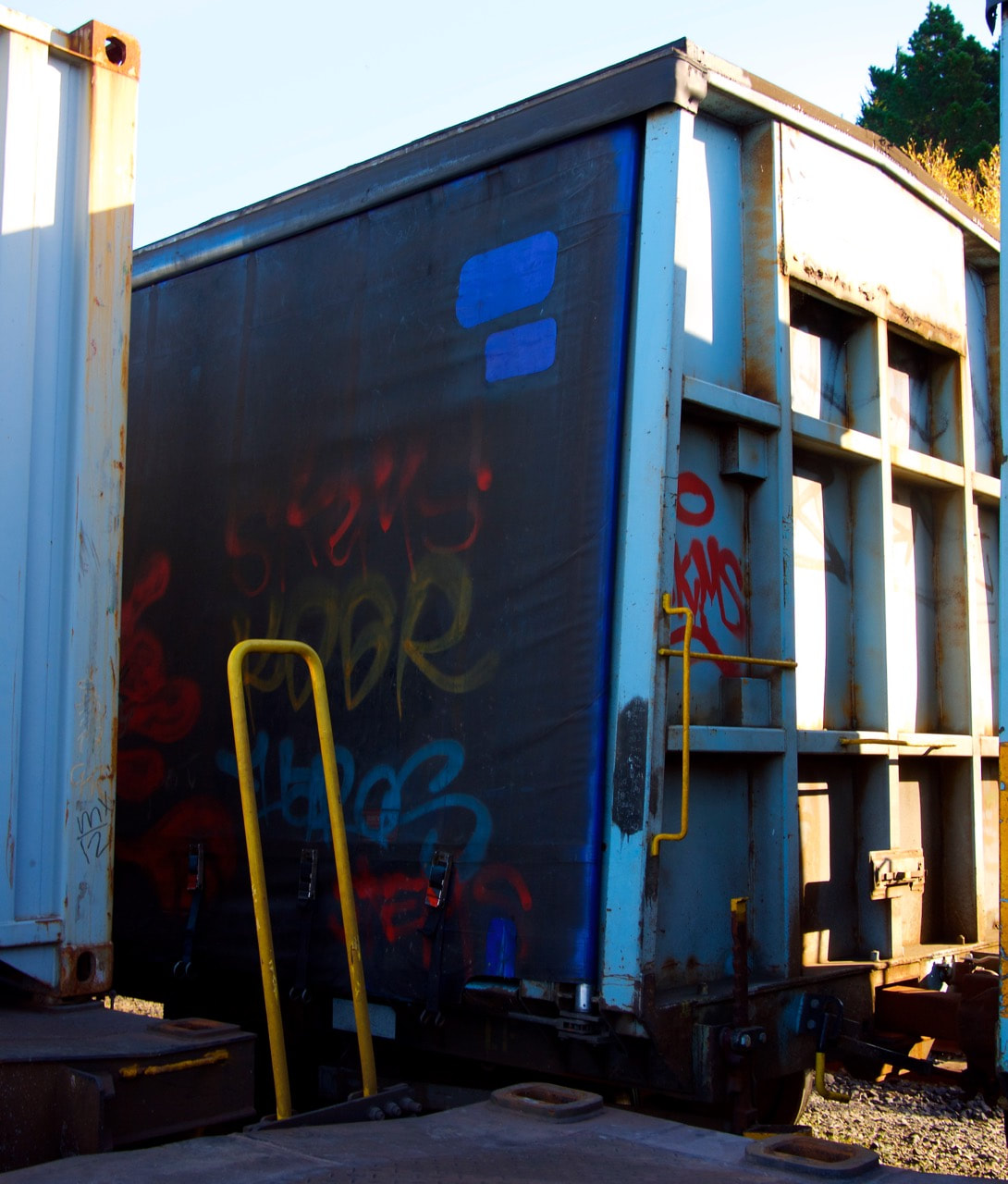
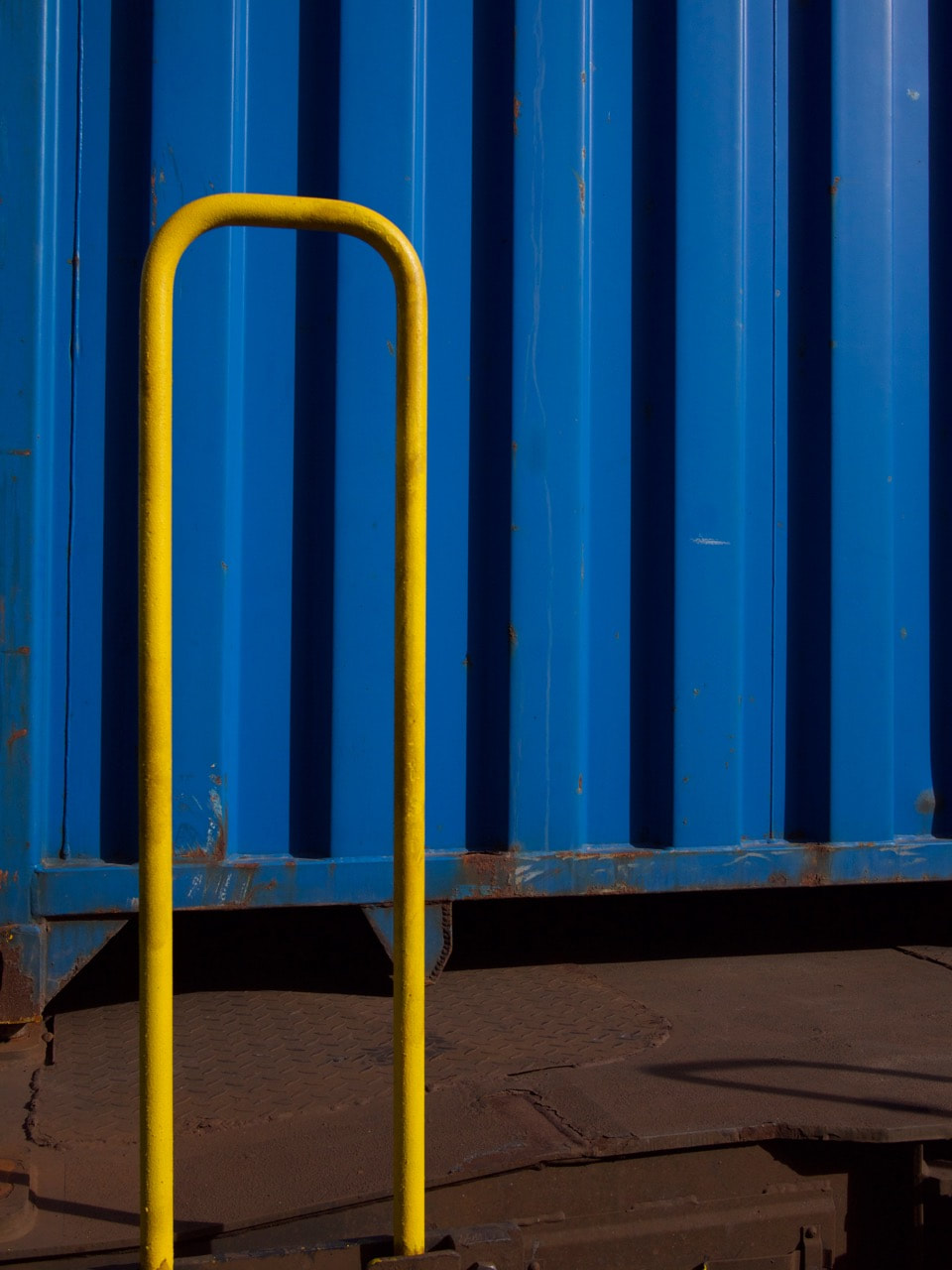

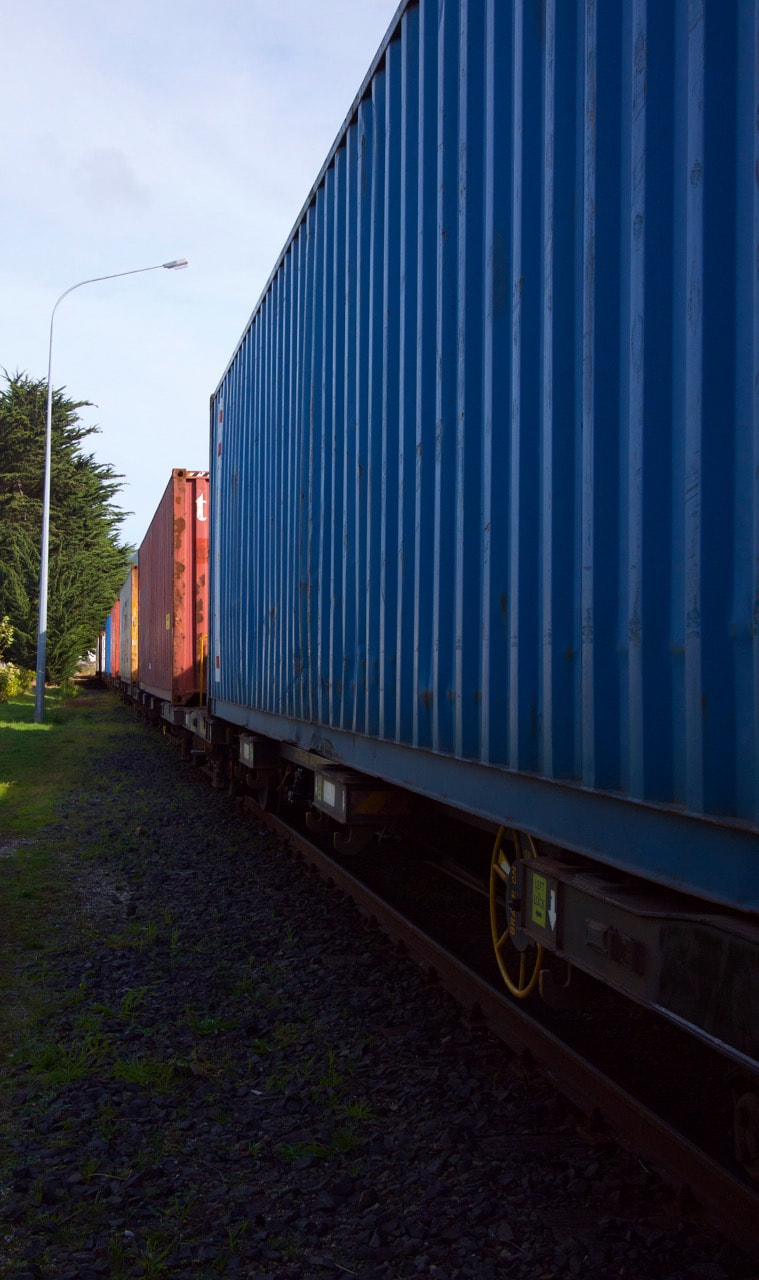

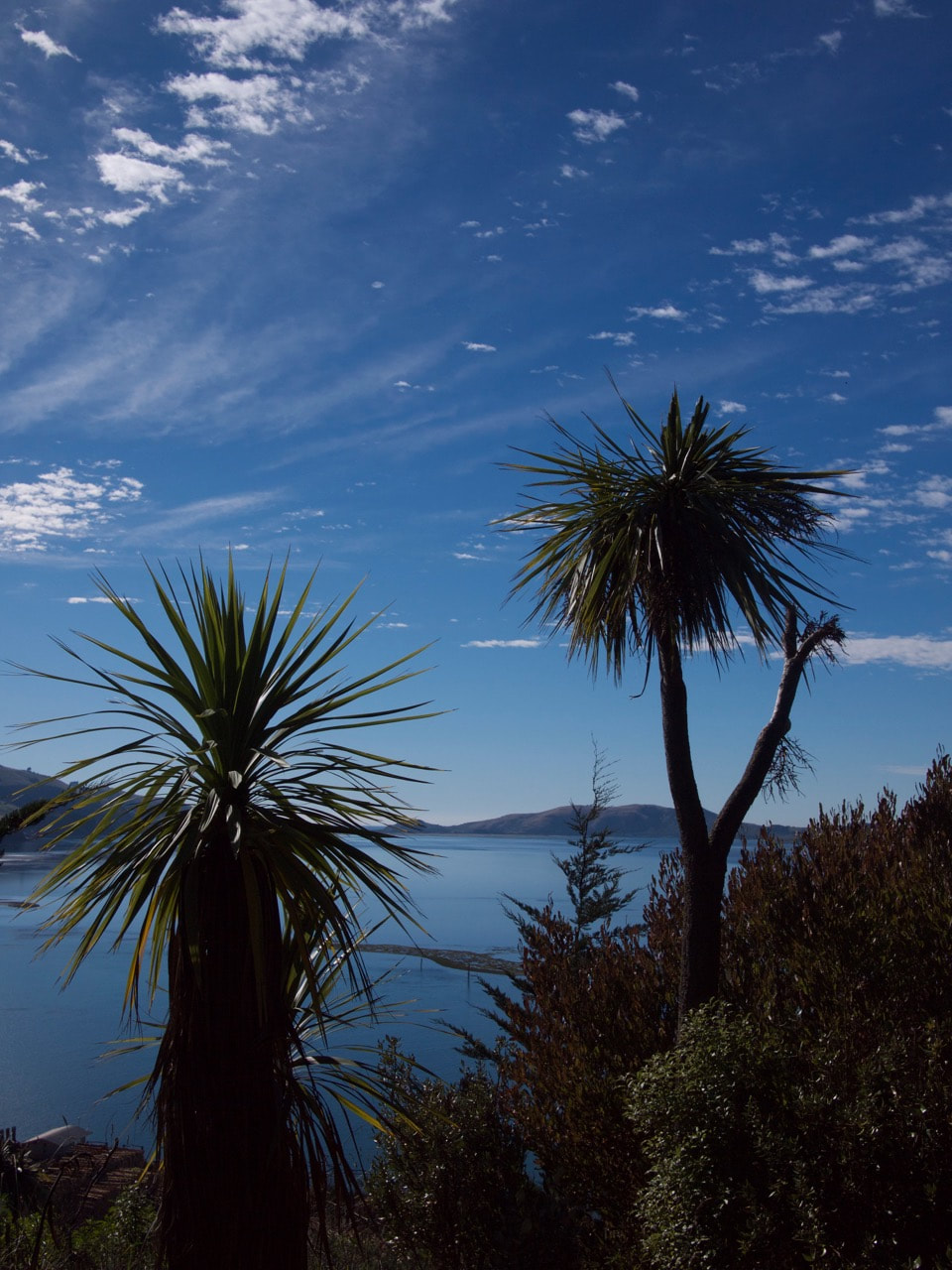
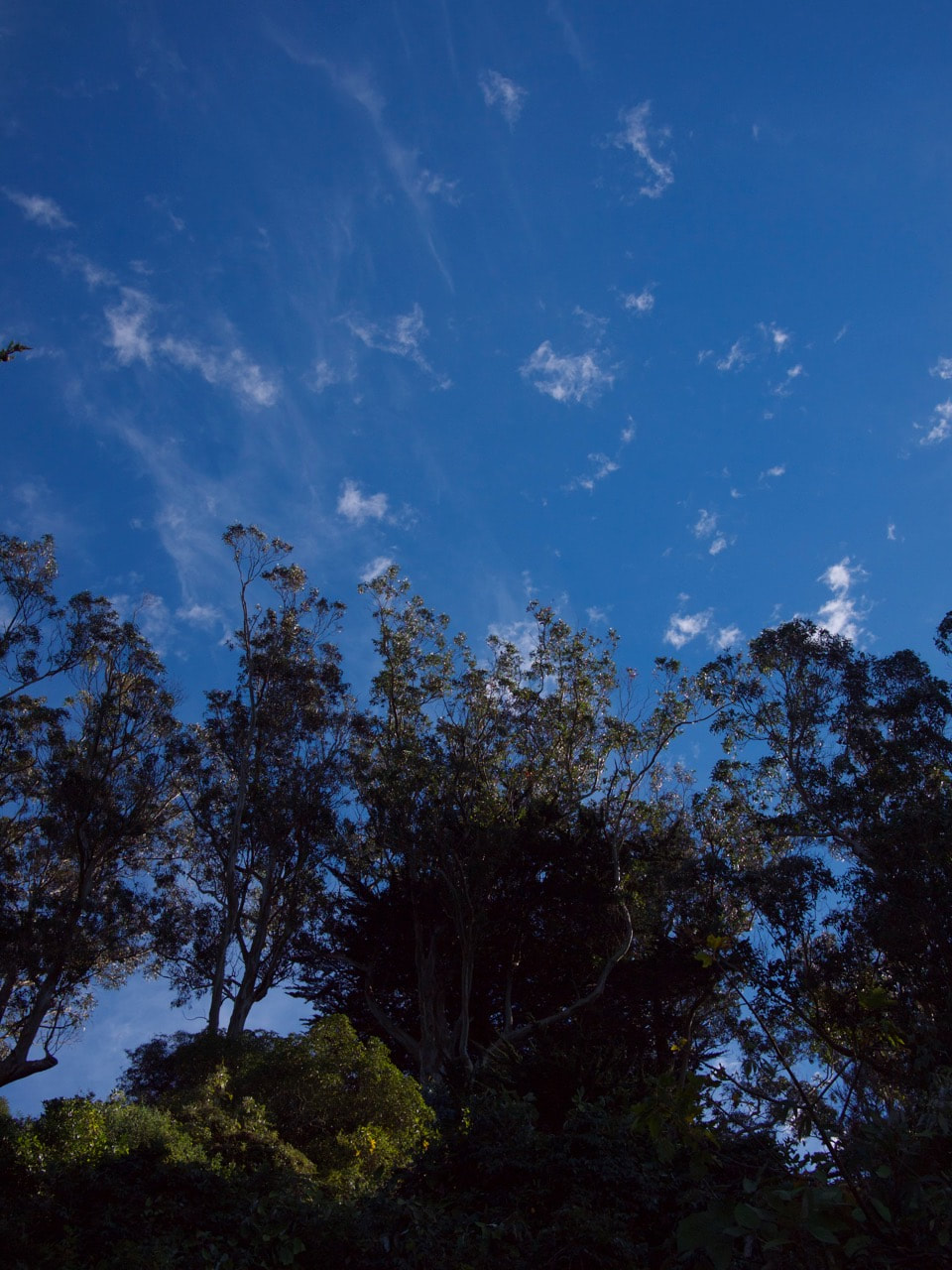
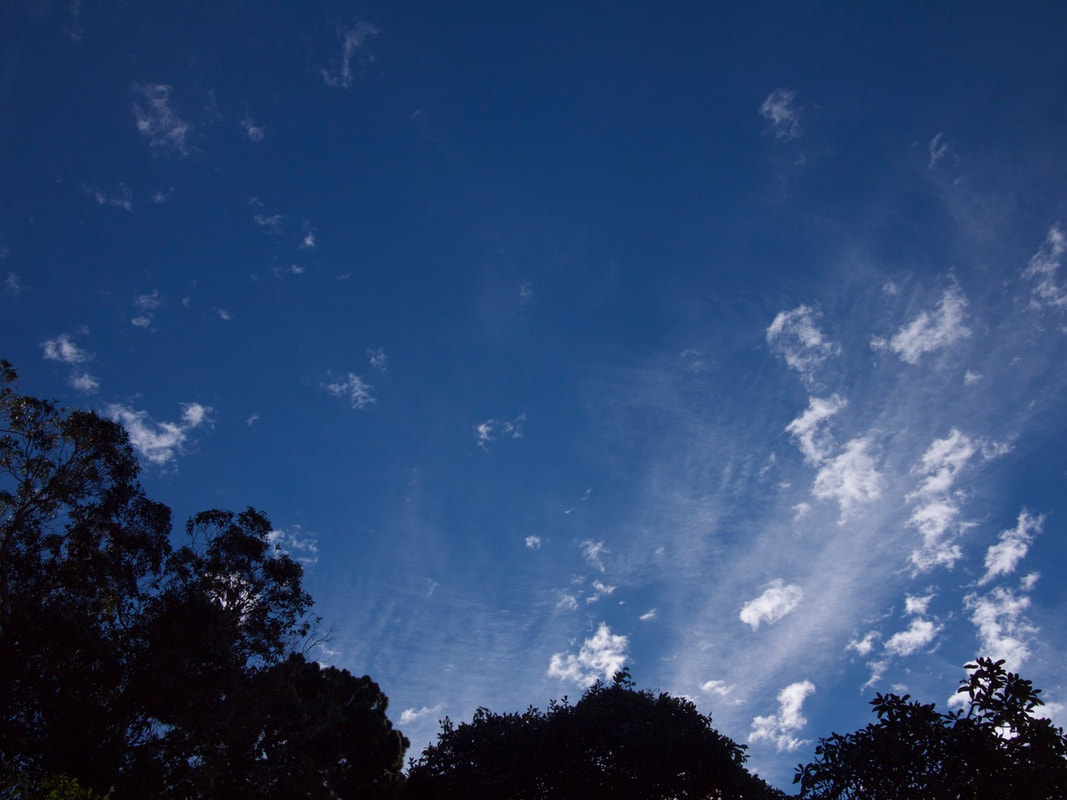
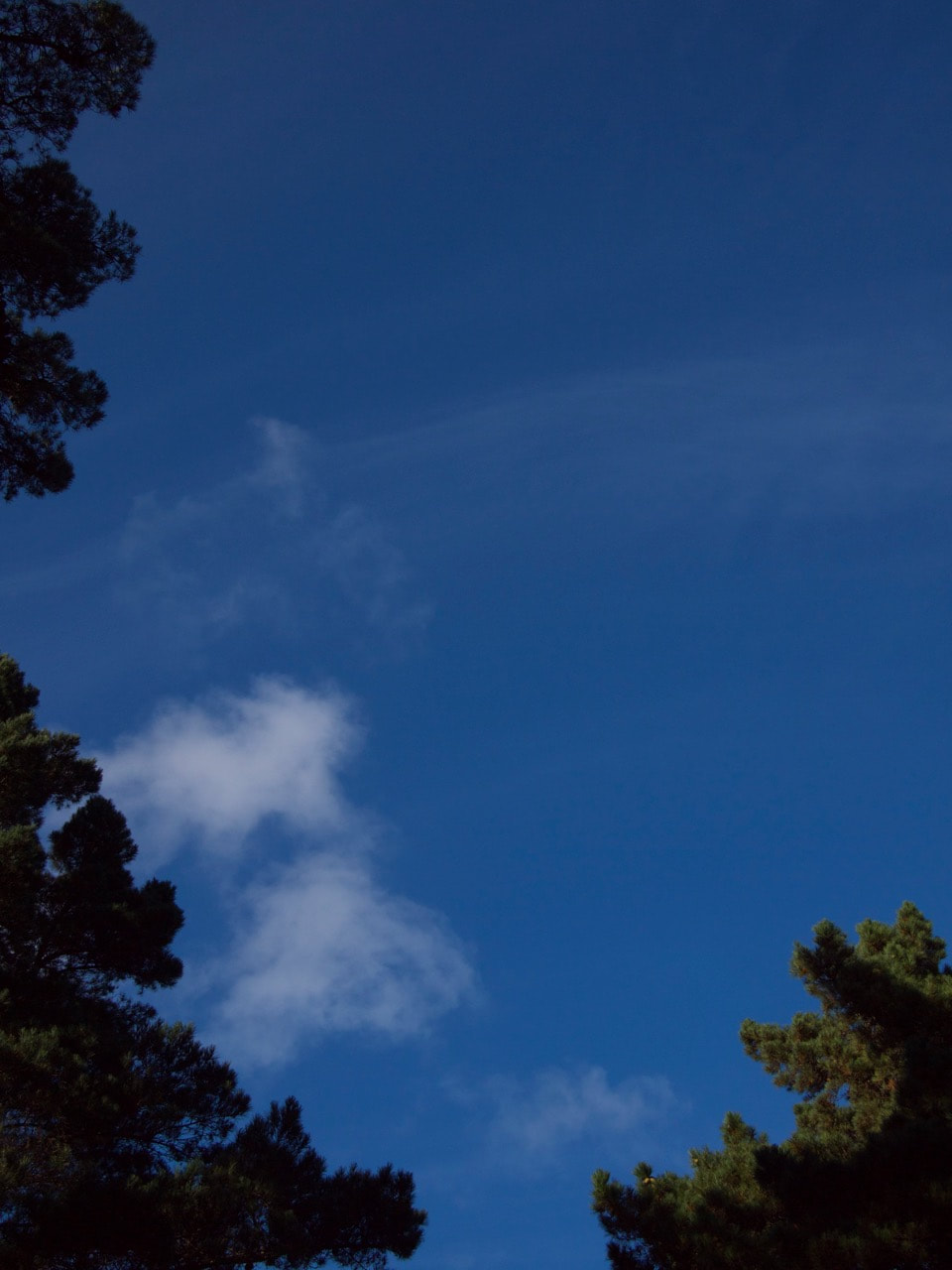

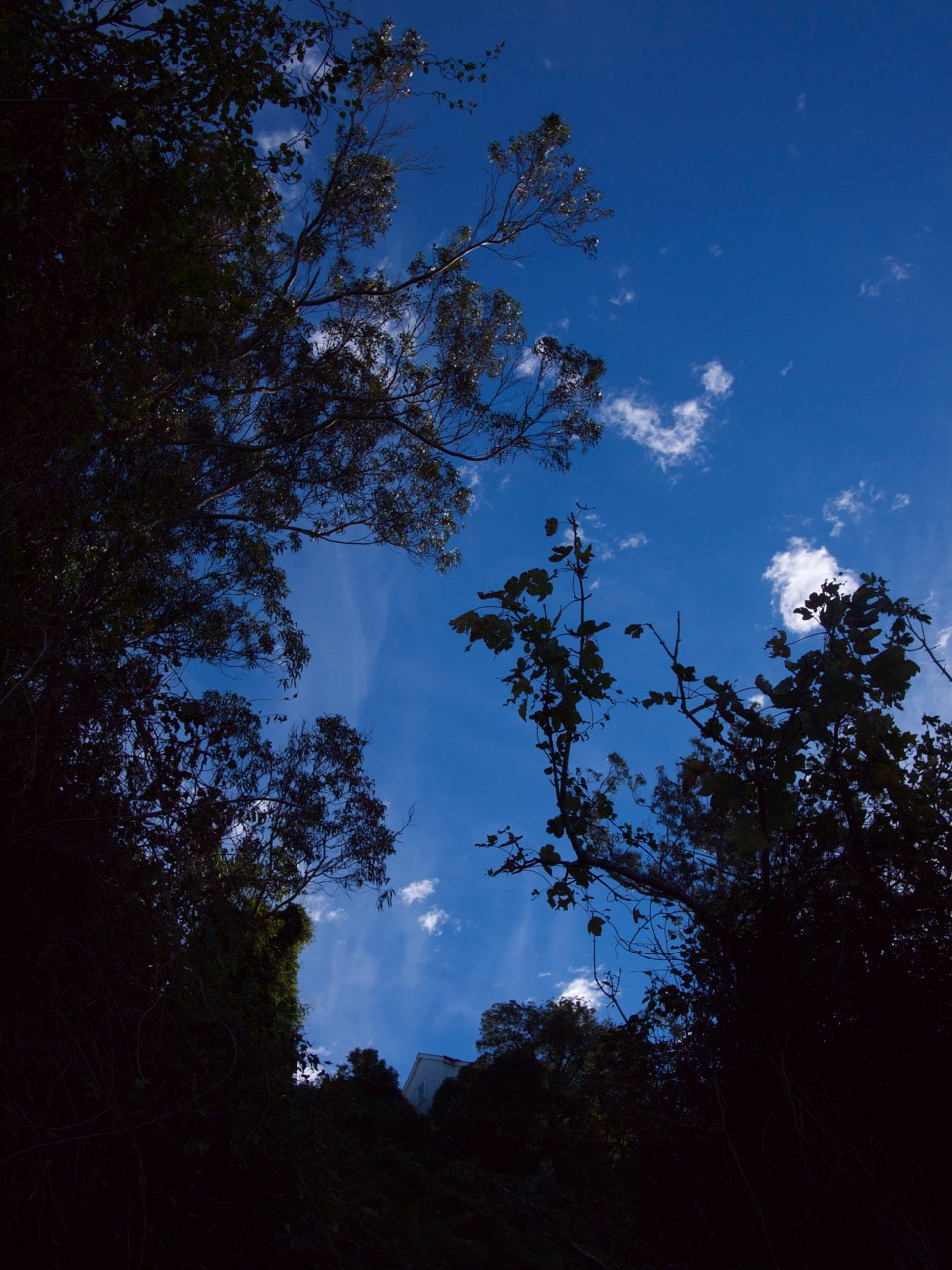
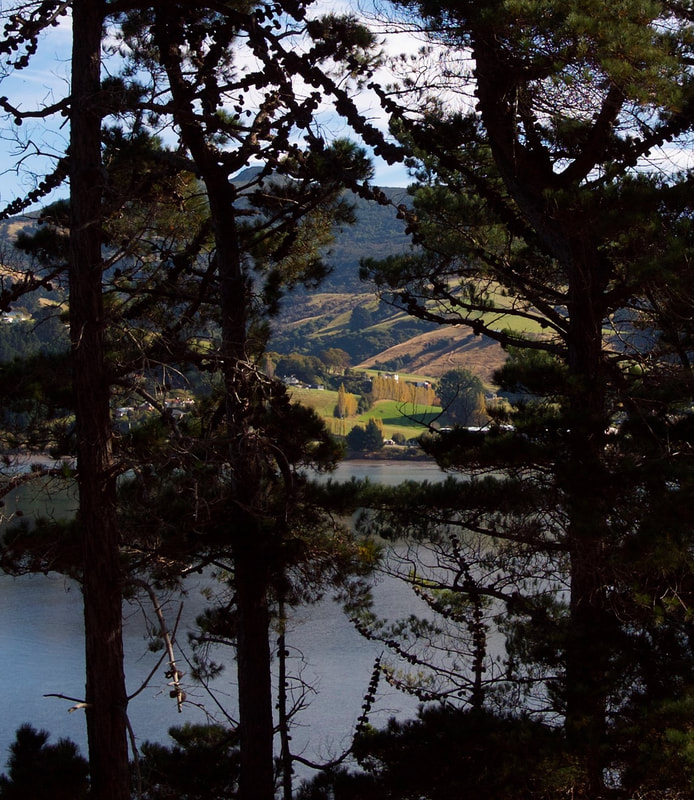

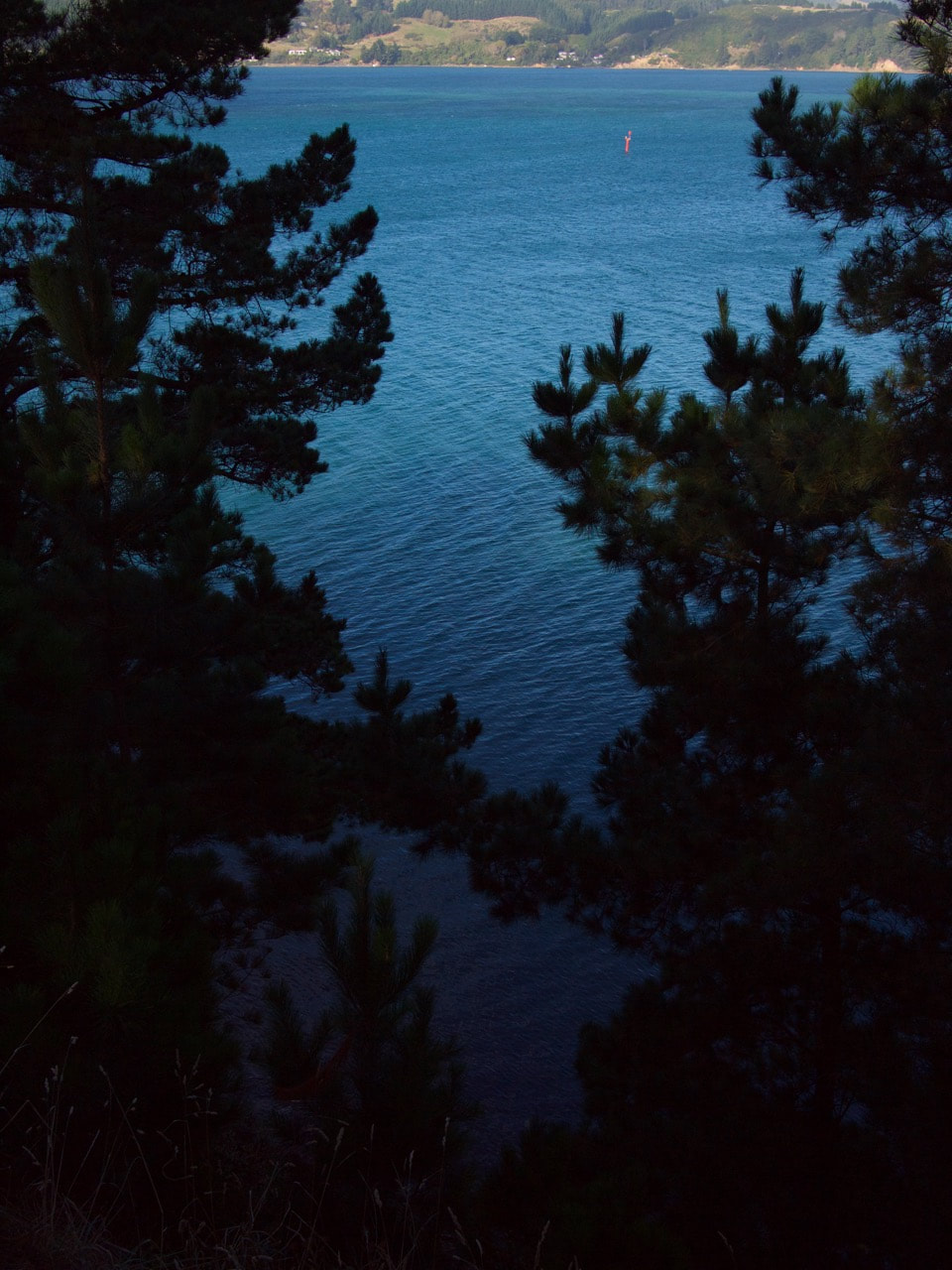
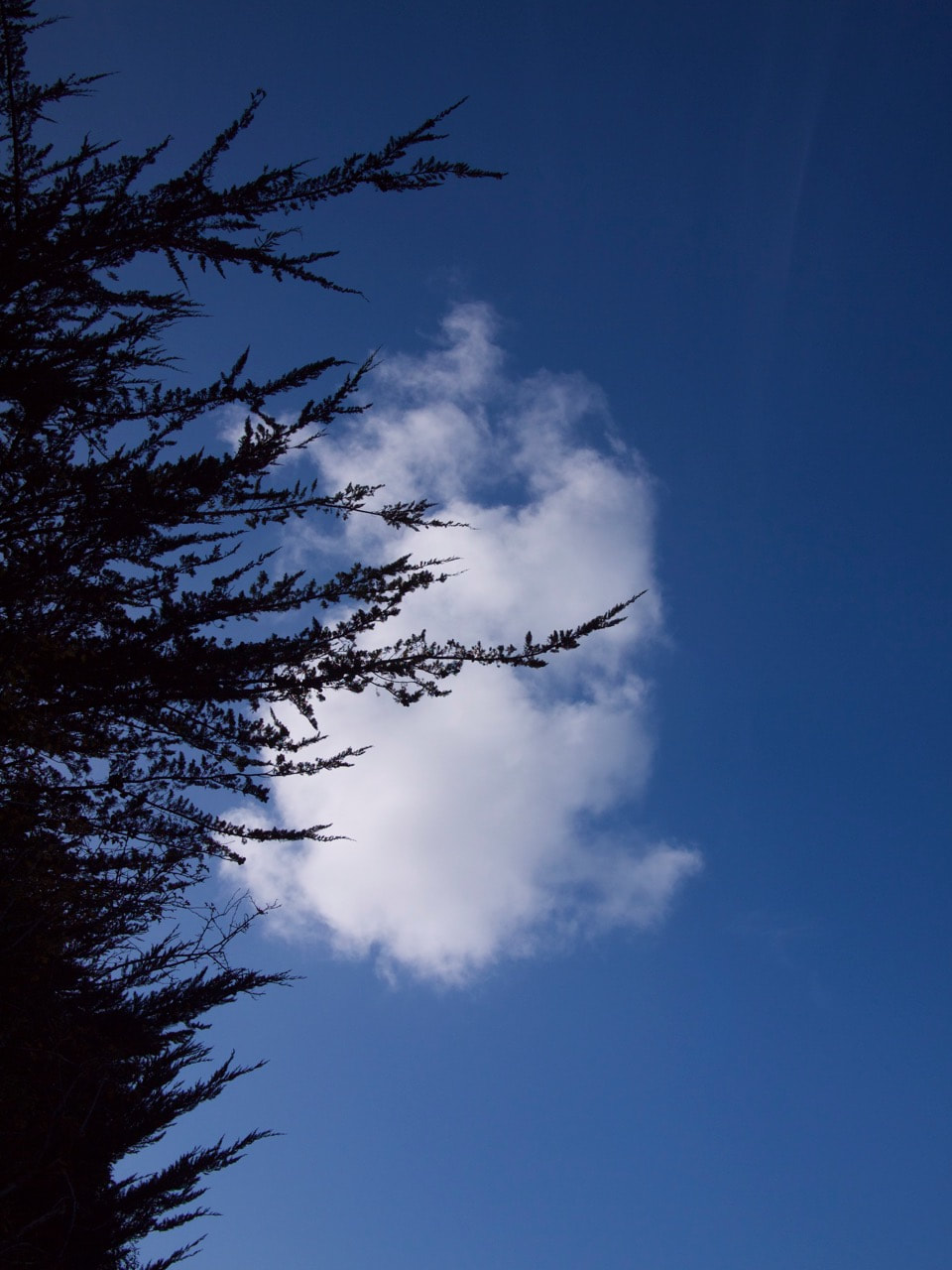
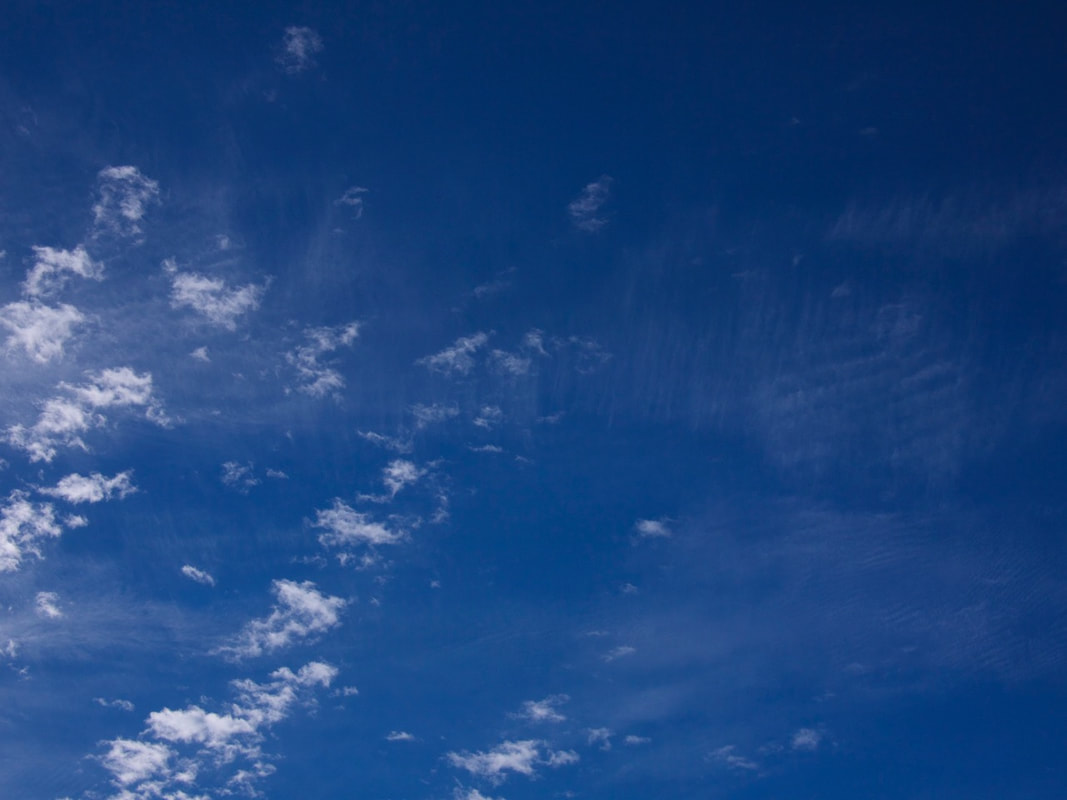
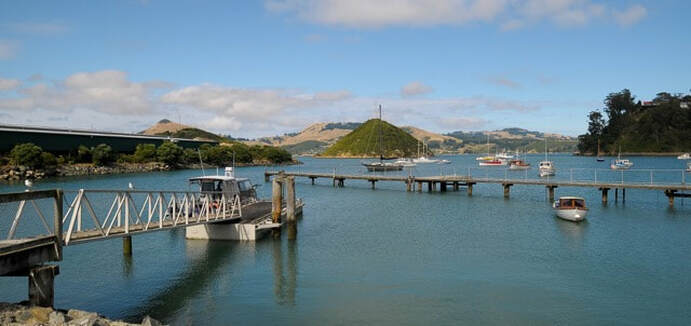



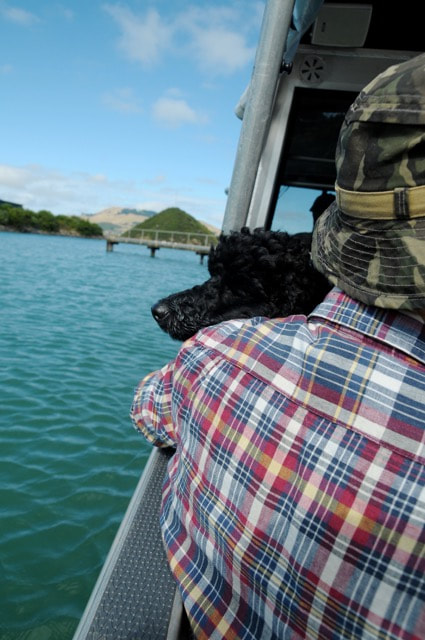



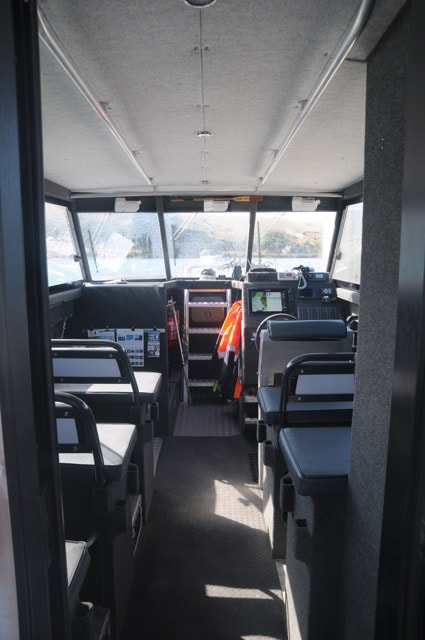

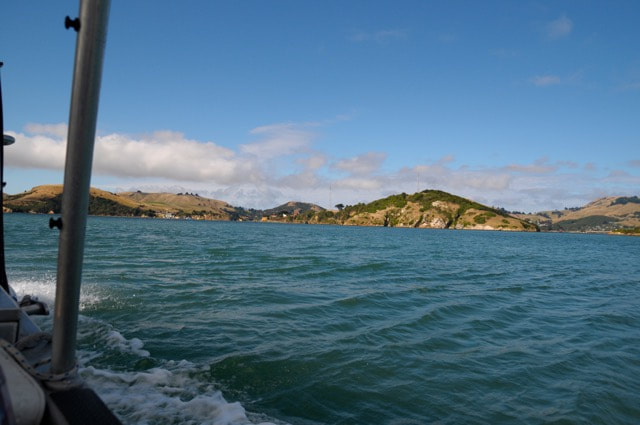

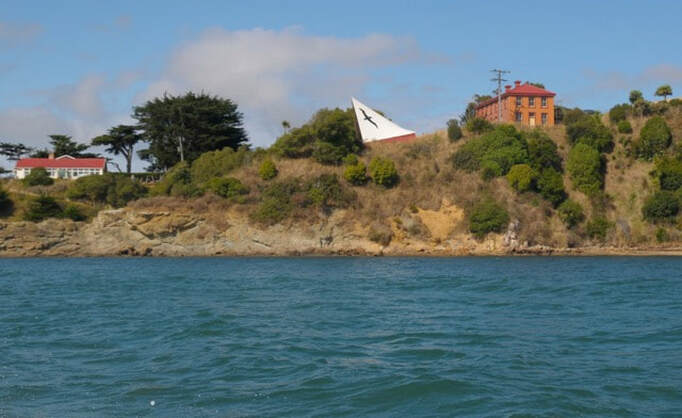

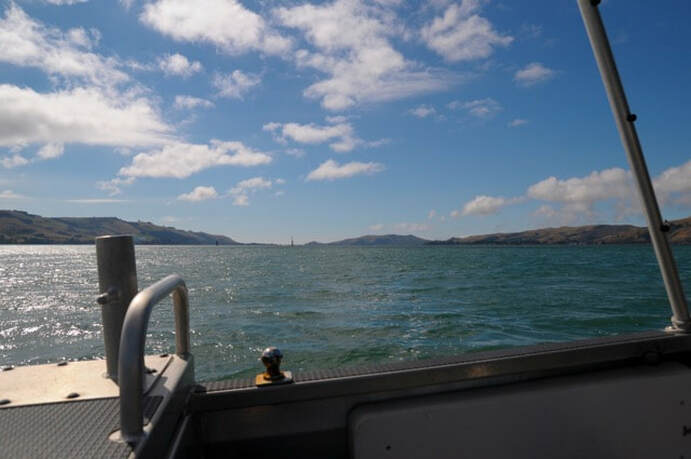




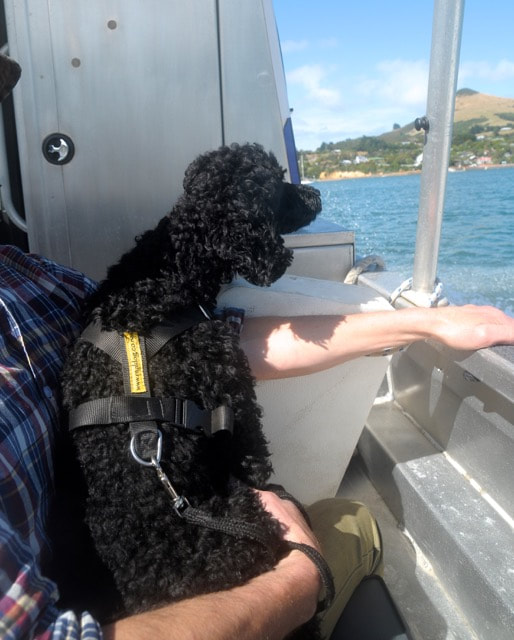
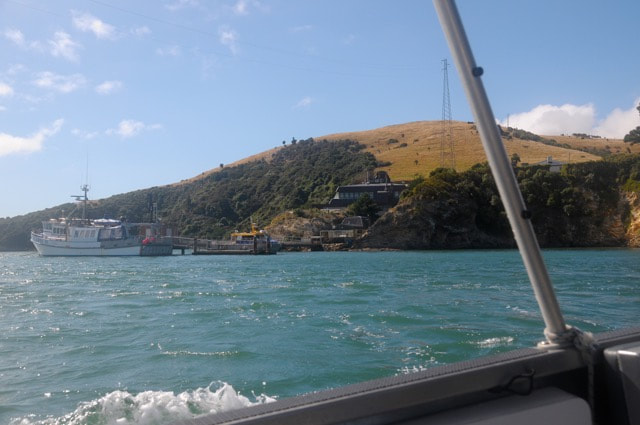
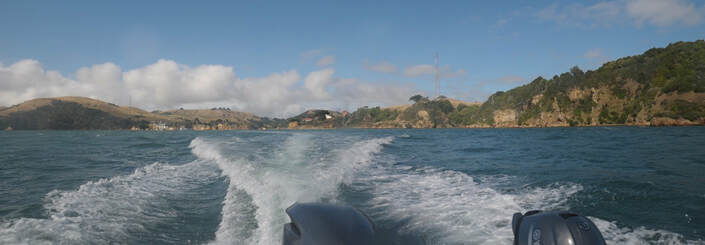

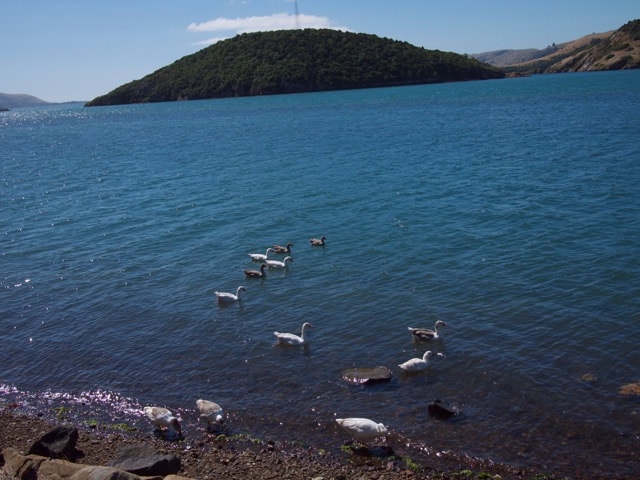

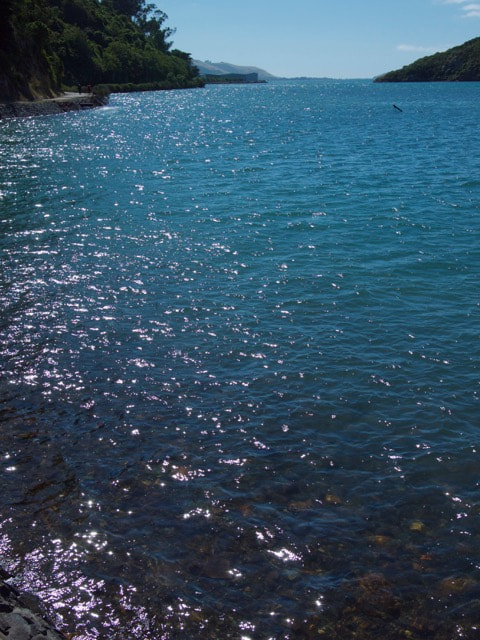




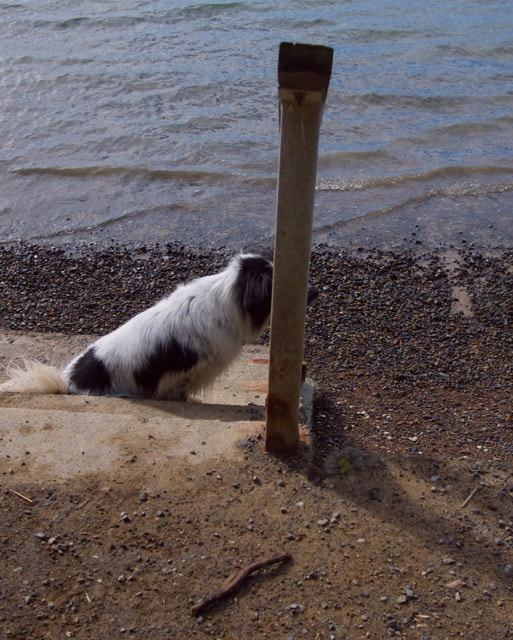

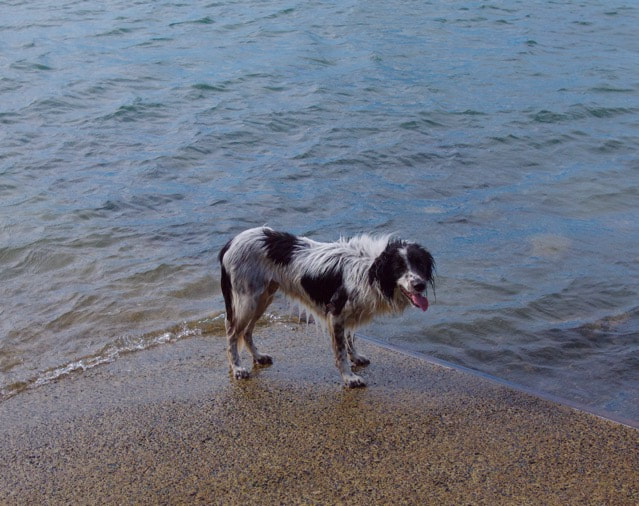

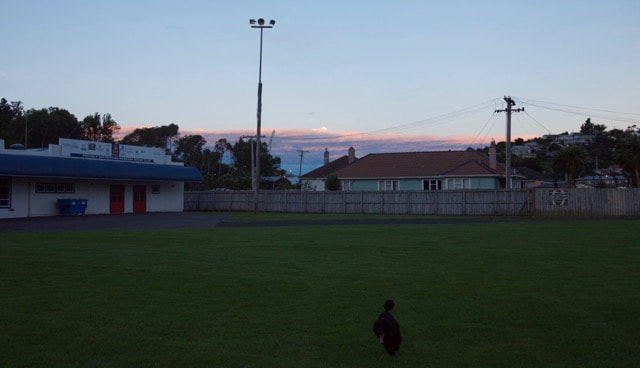
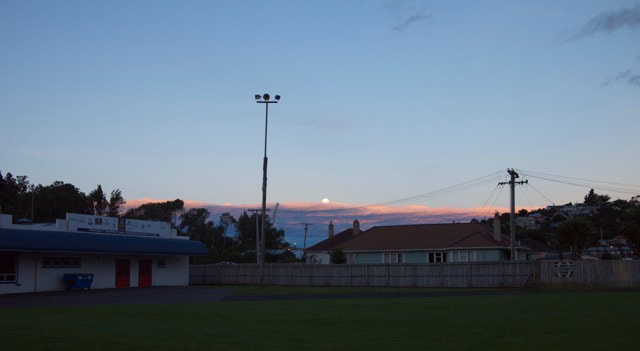
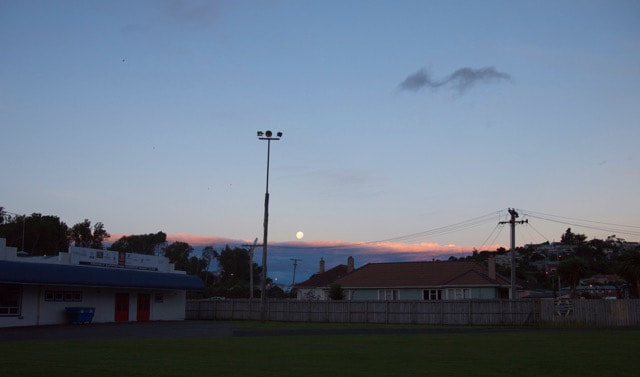
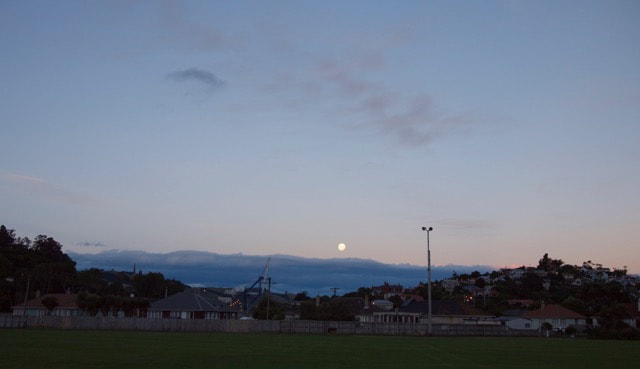

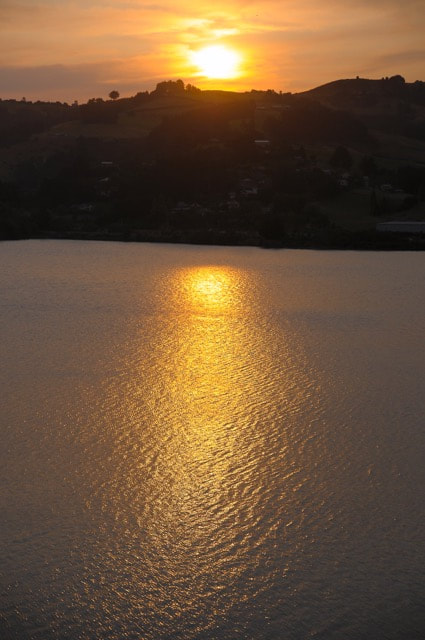

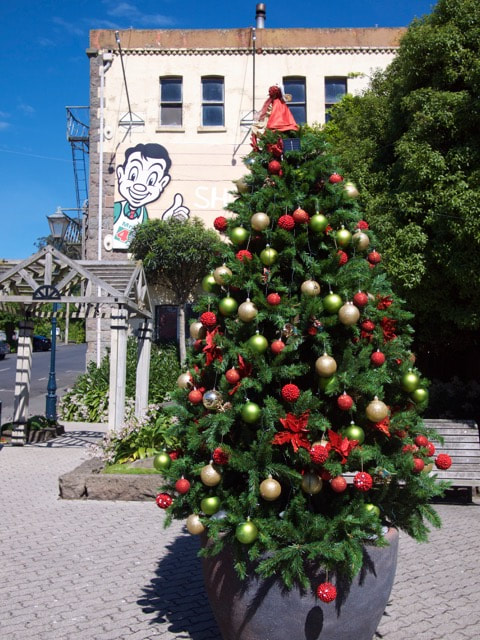
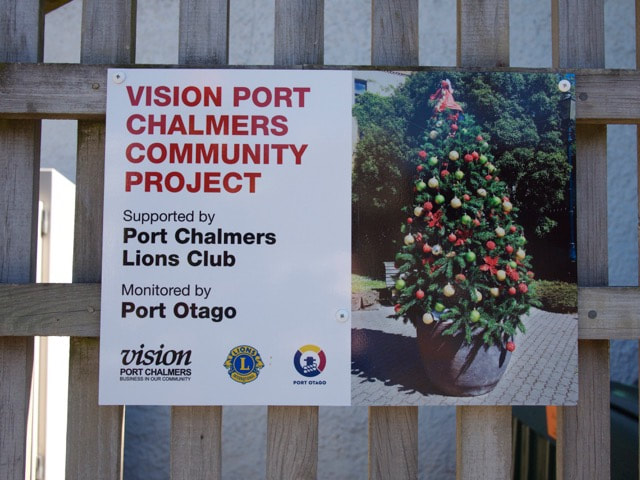
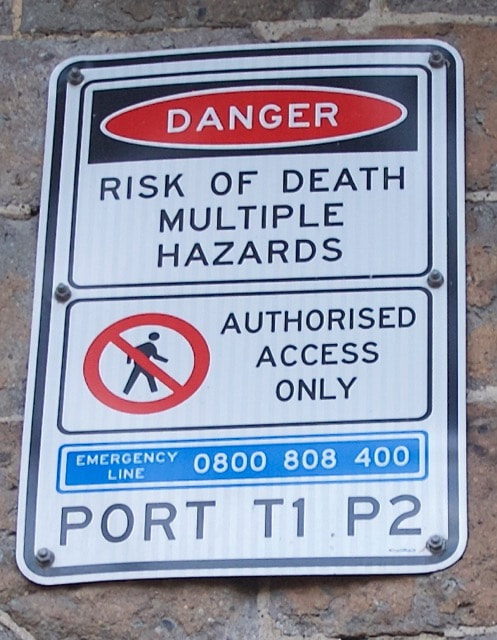




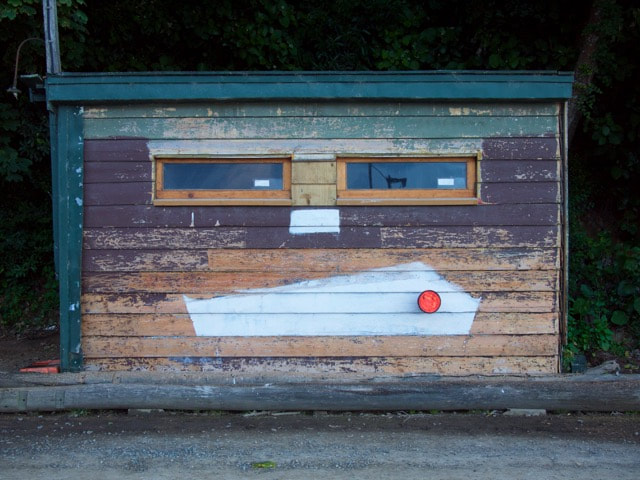




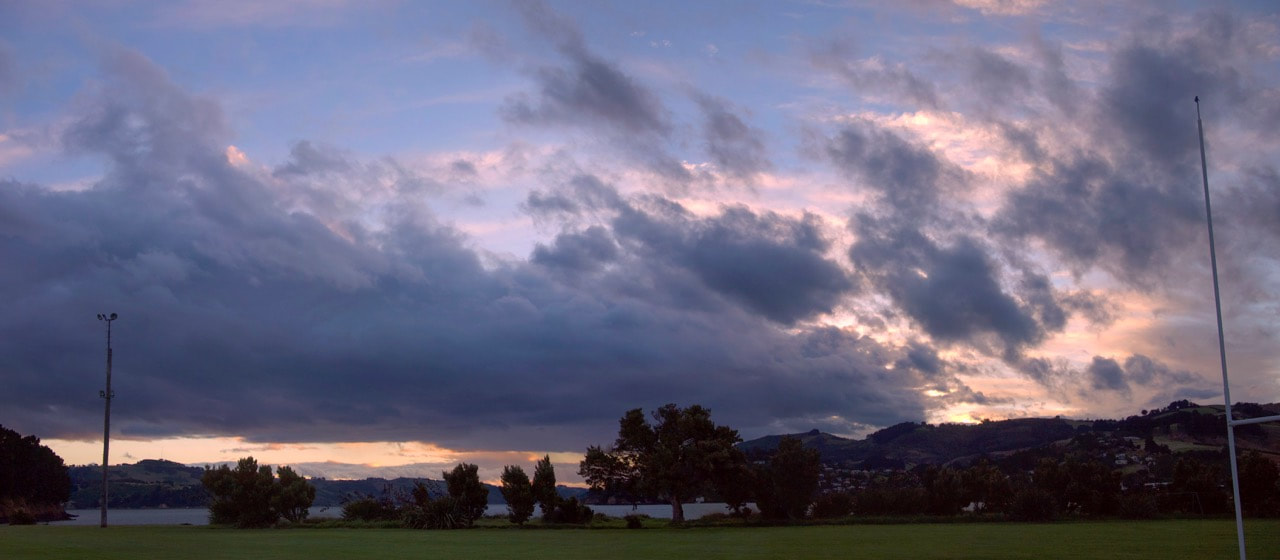

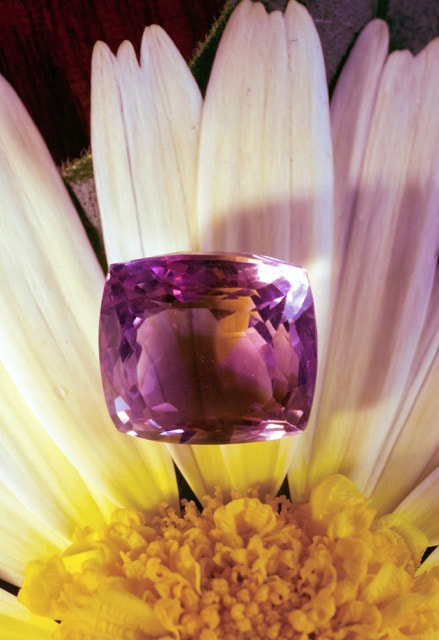
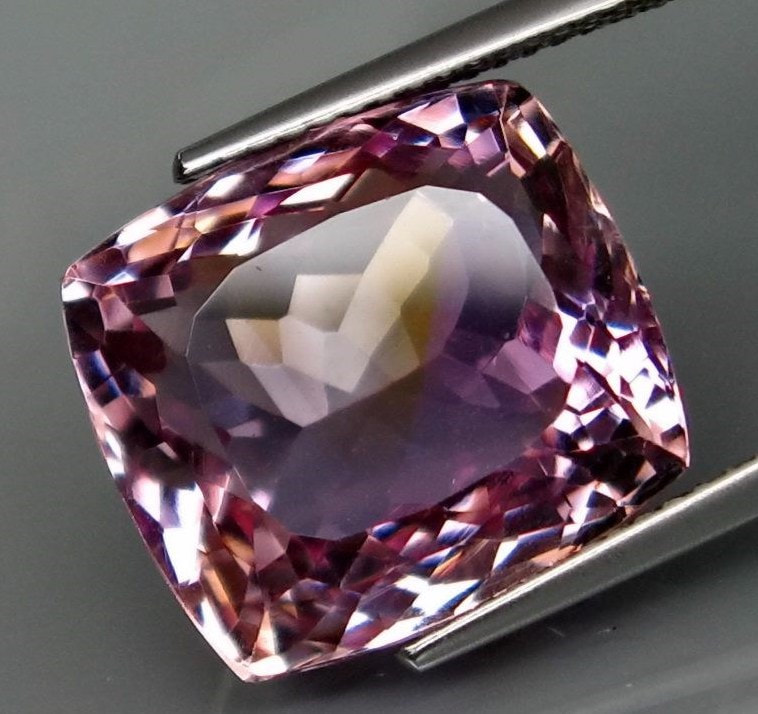
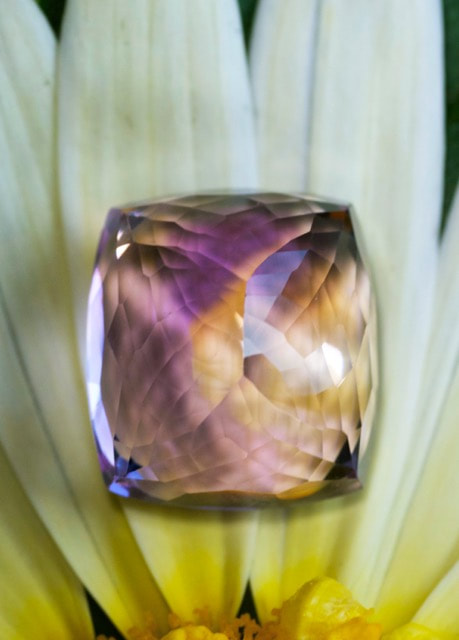

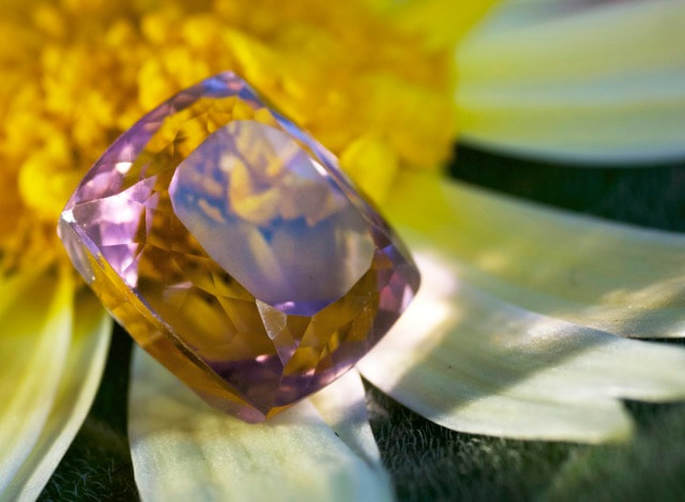
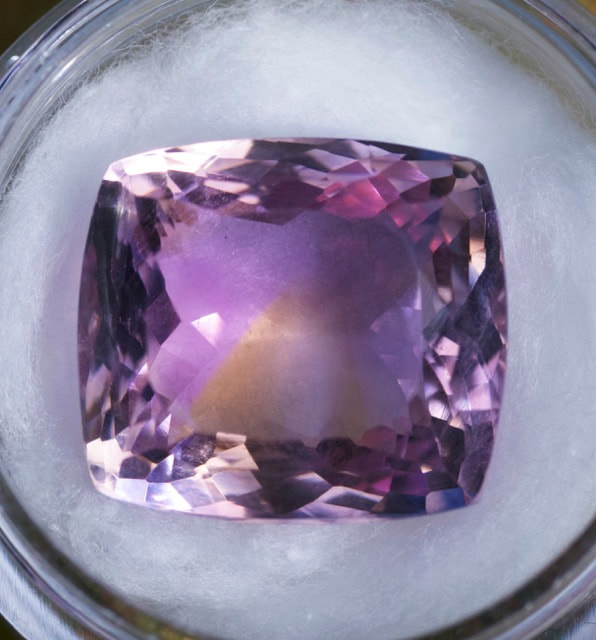



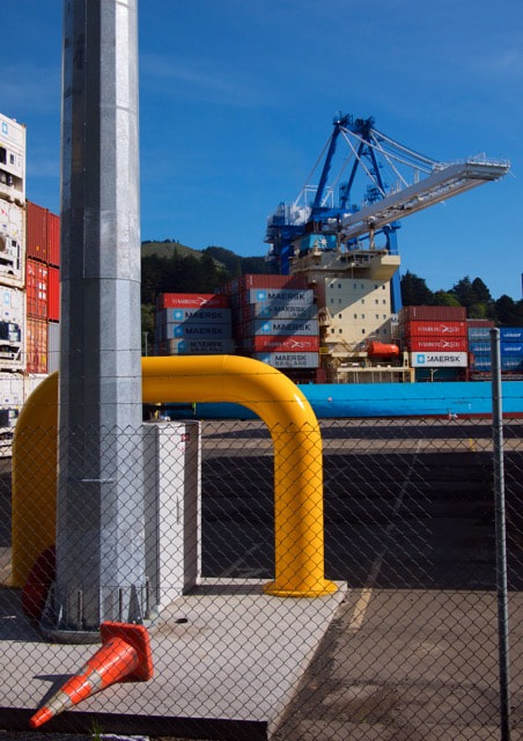
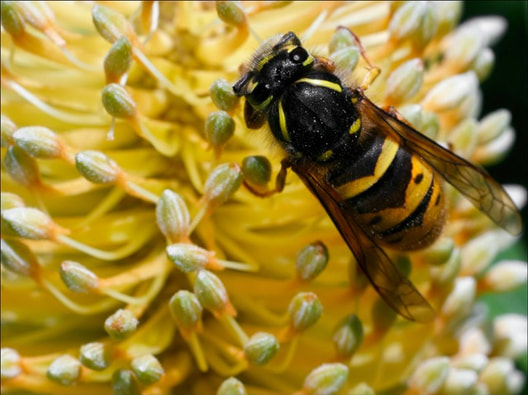
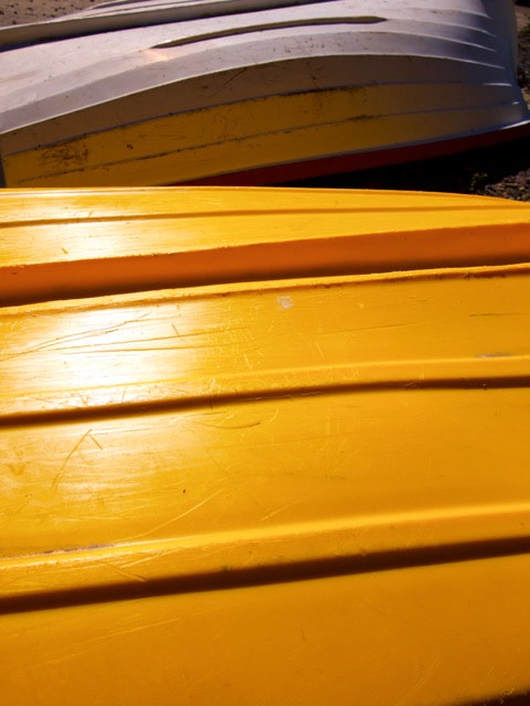
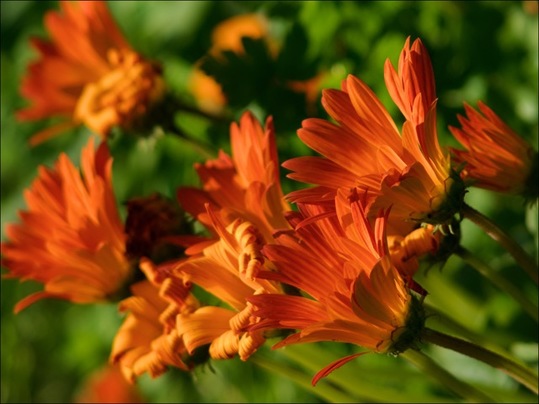

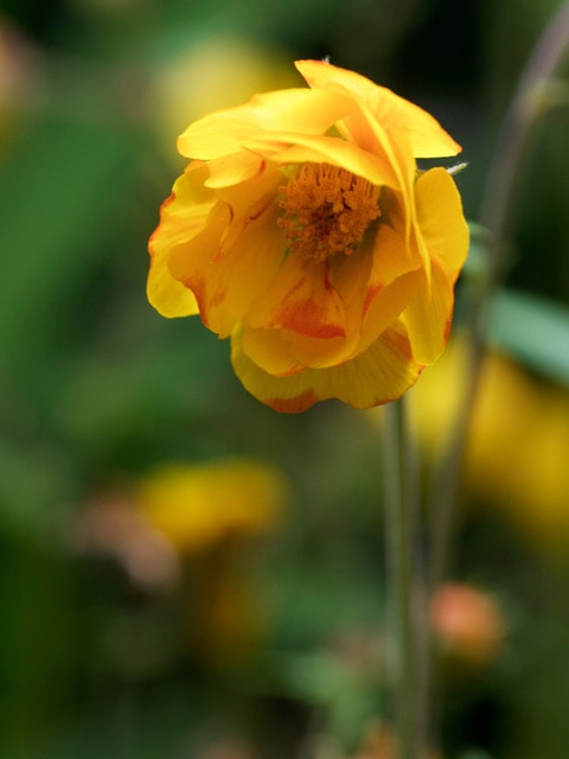


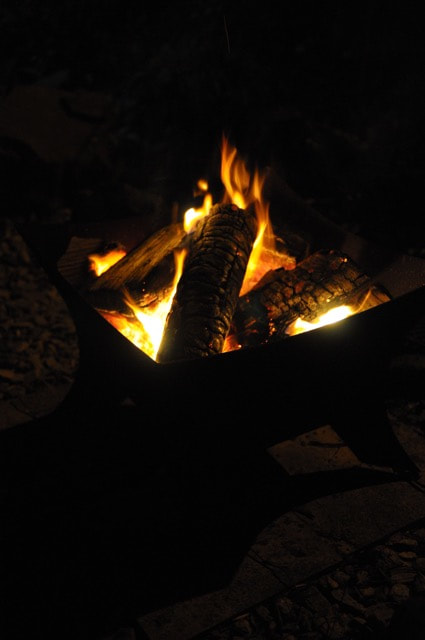


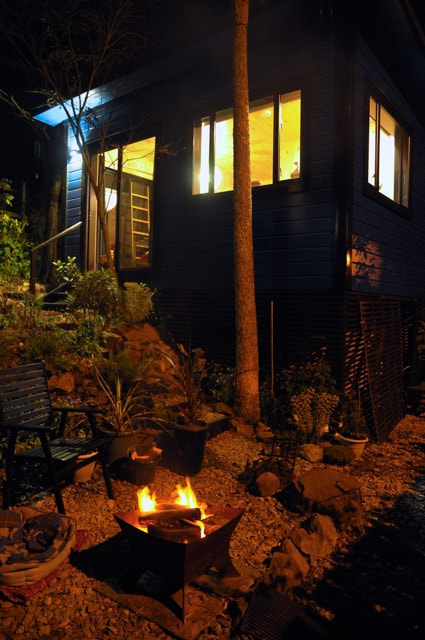






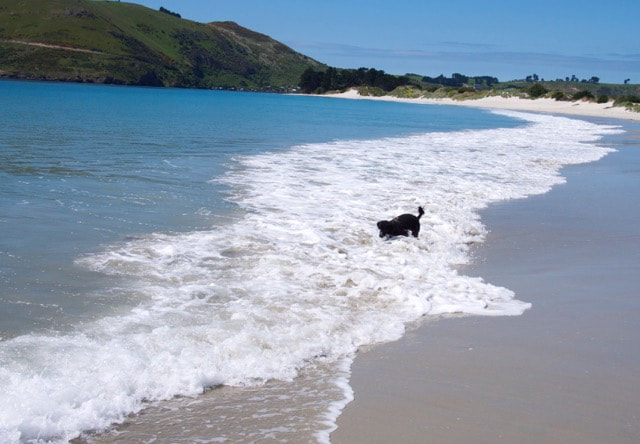
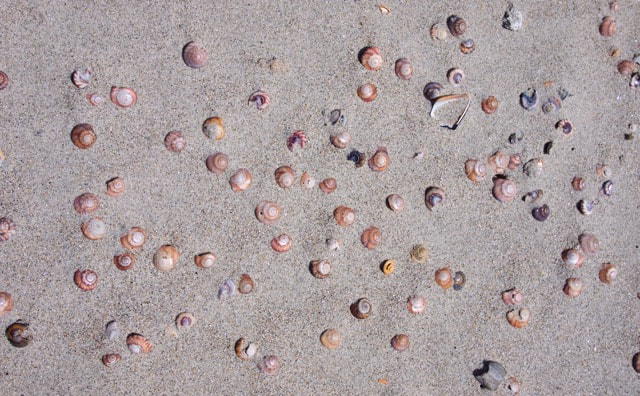
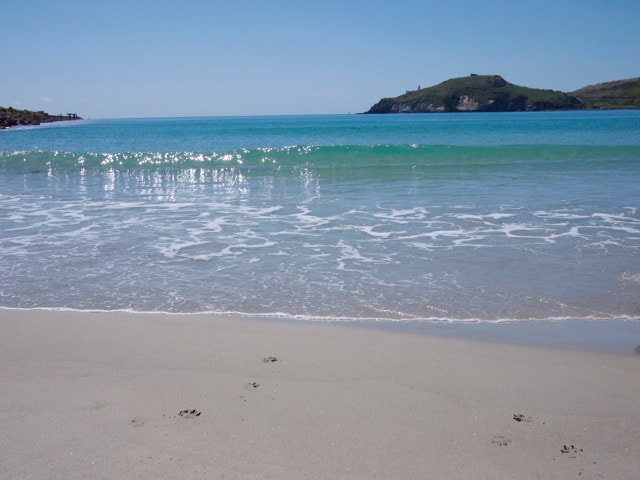


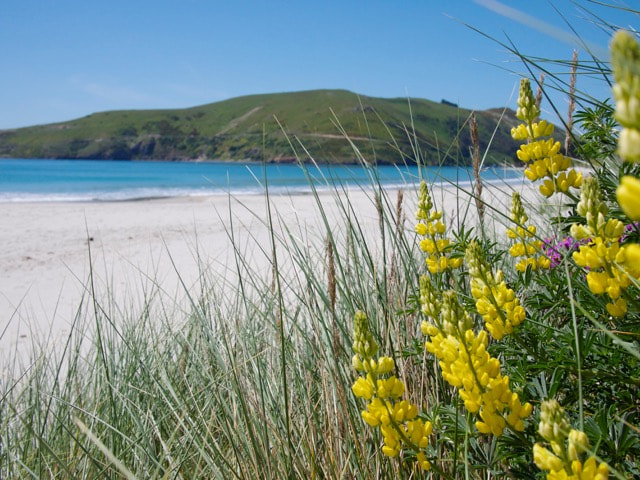


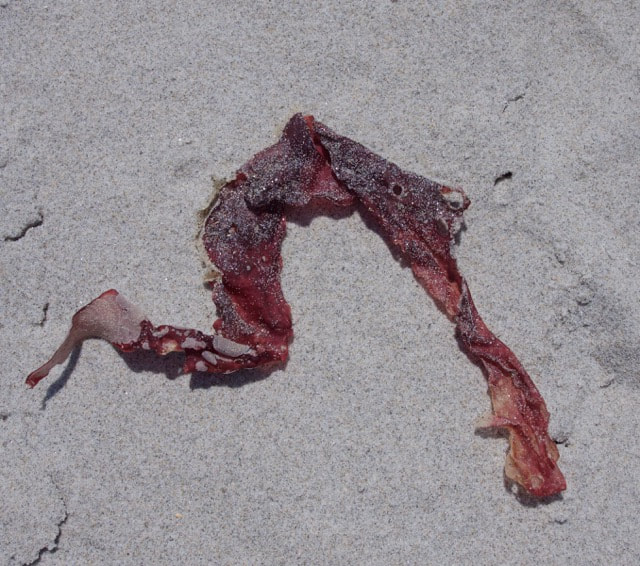



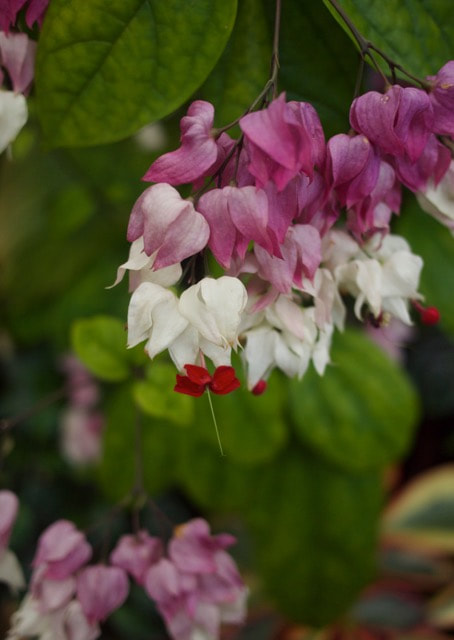

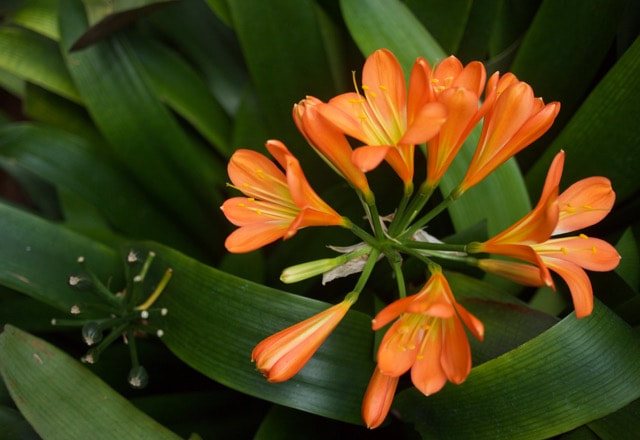

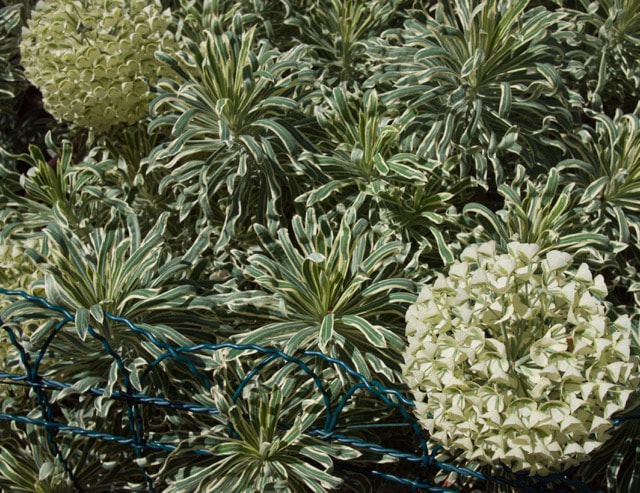
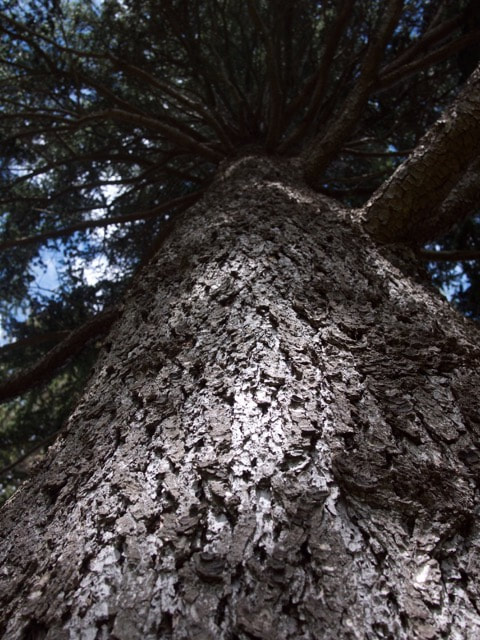
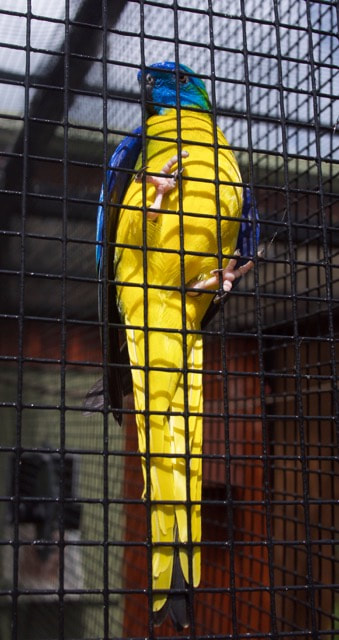
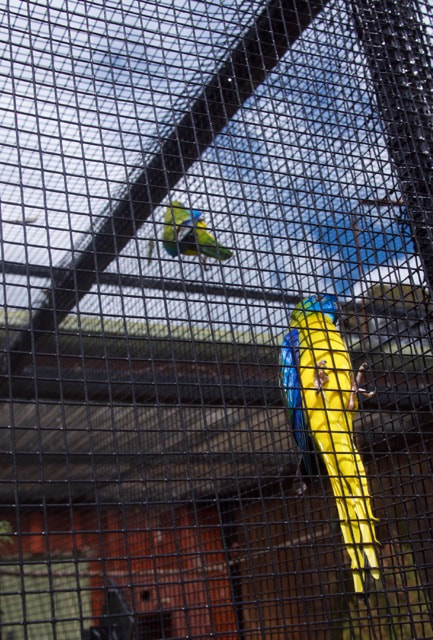

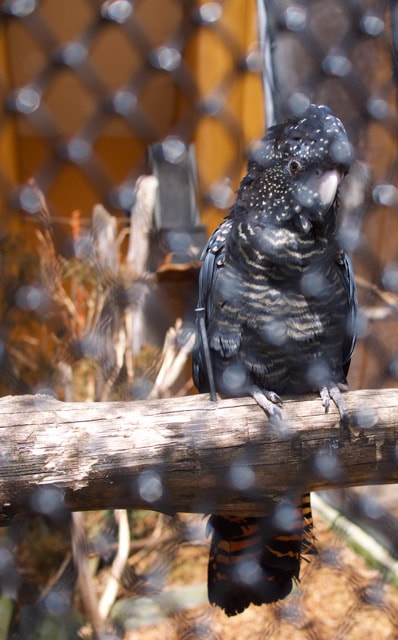
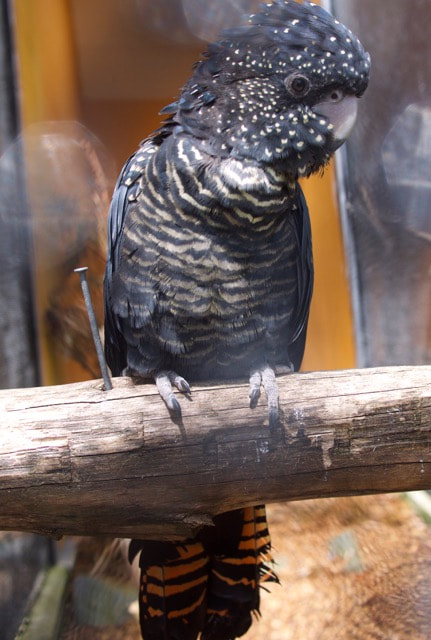
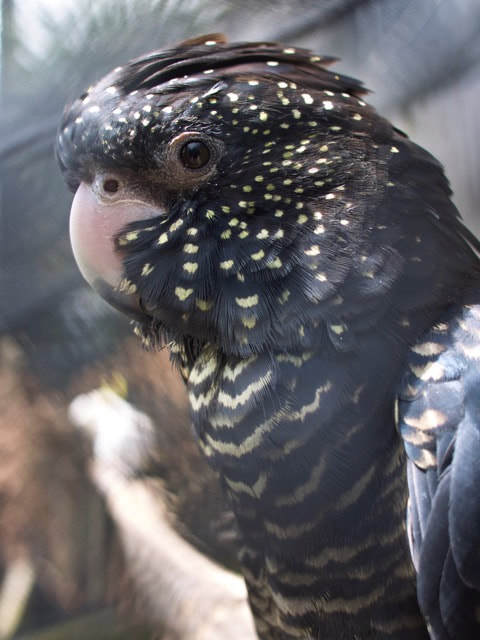
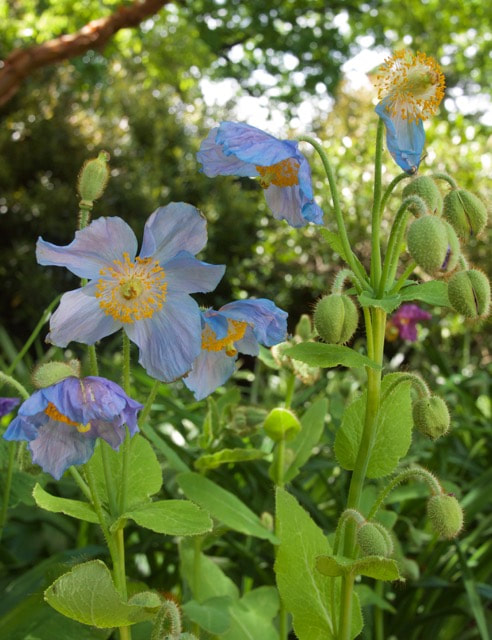
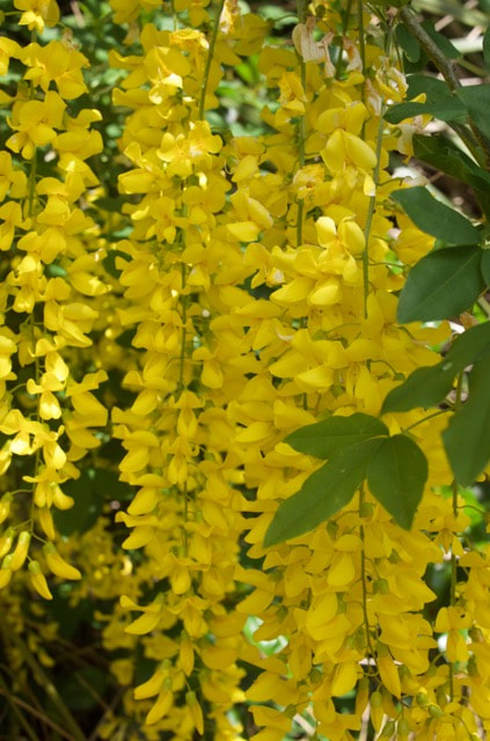
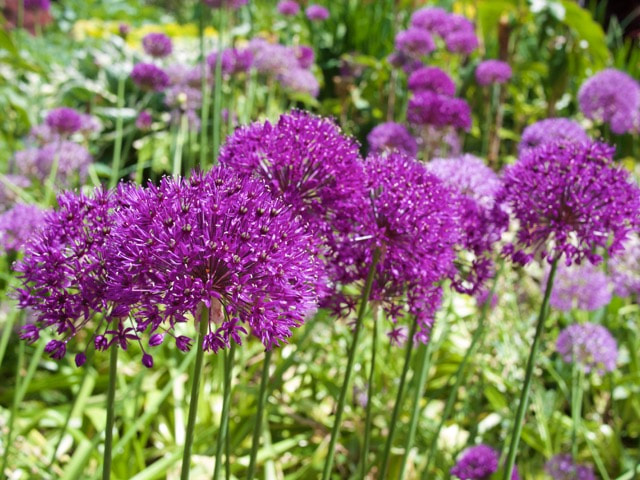

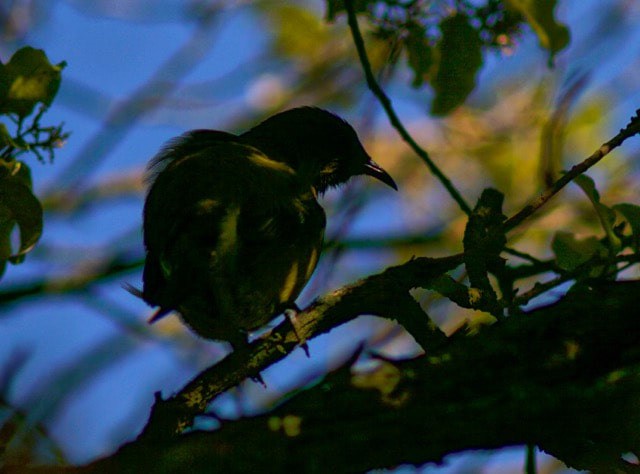

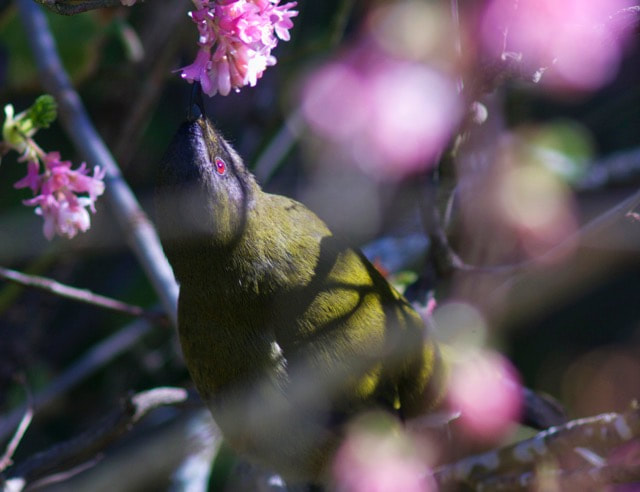


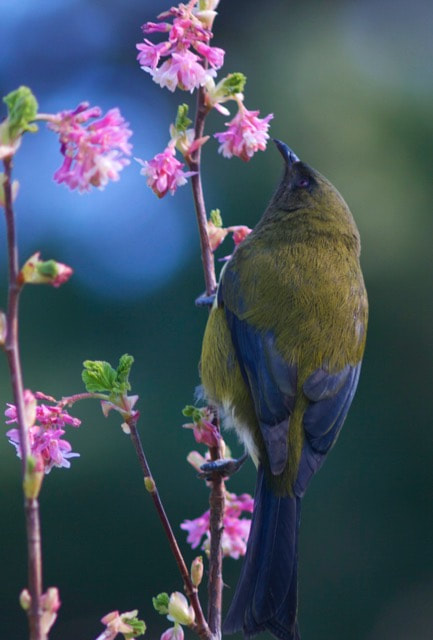
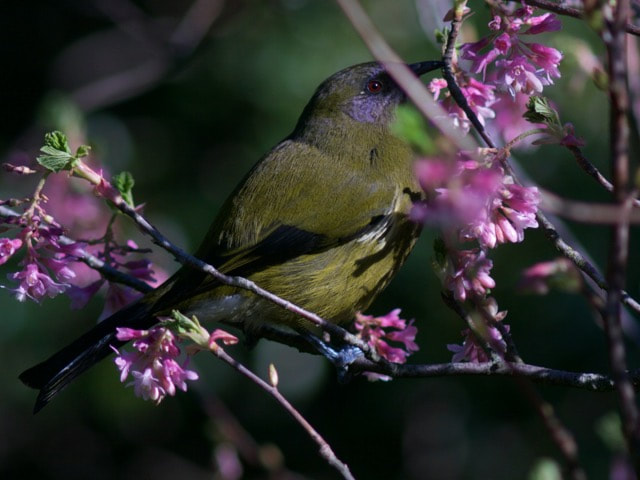
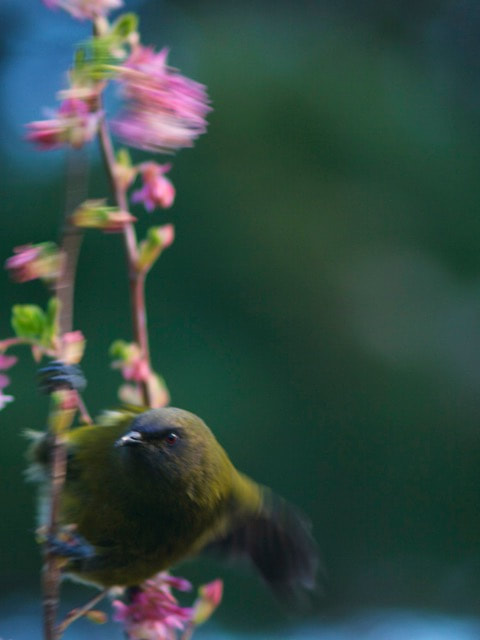
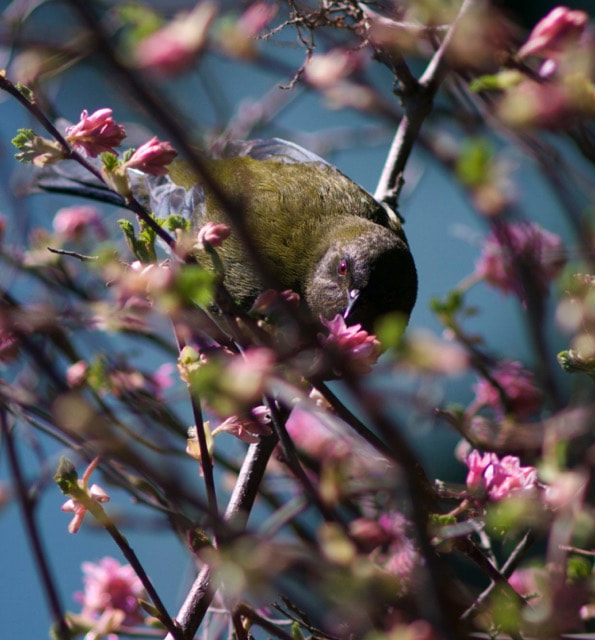

 RSS Feed
RSS Feed

